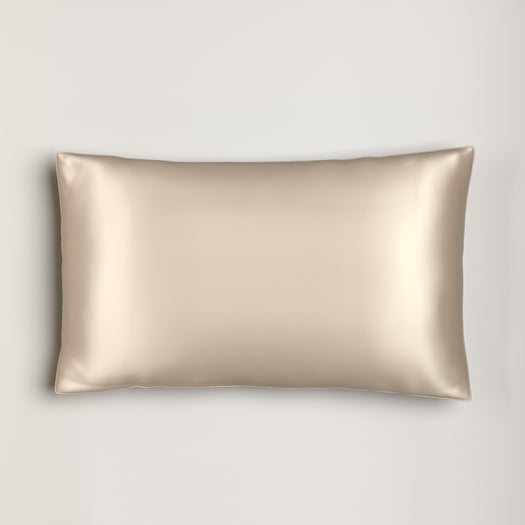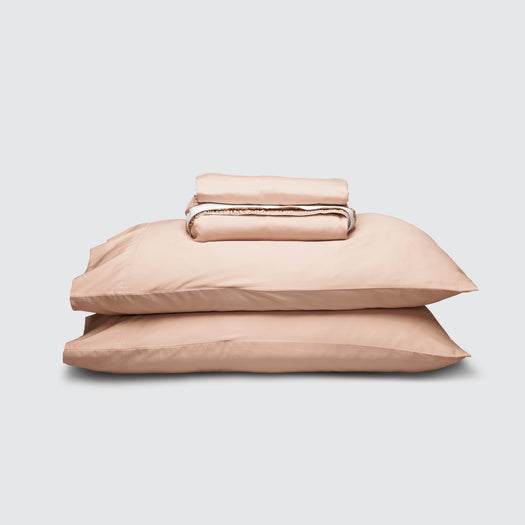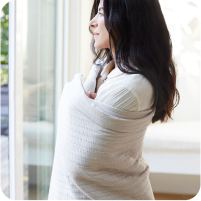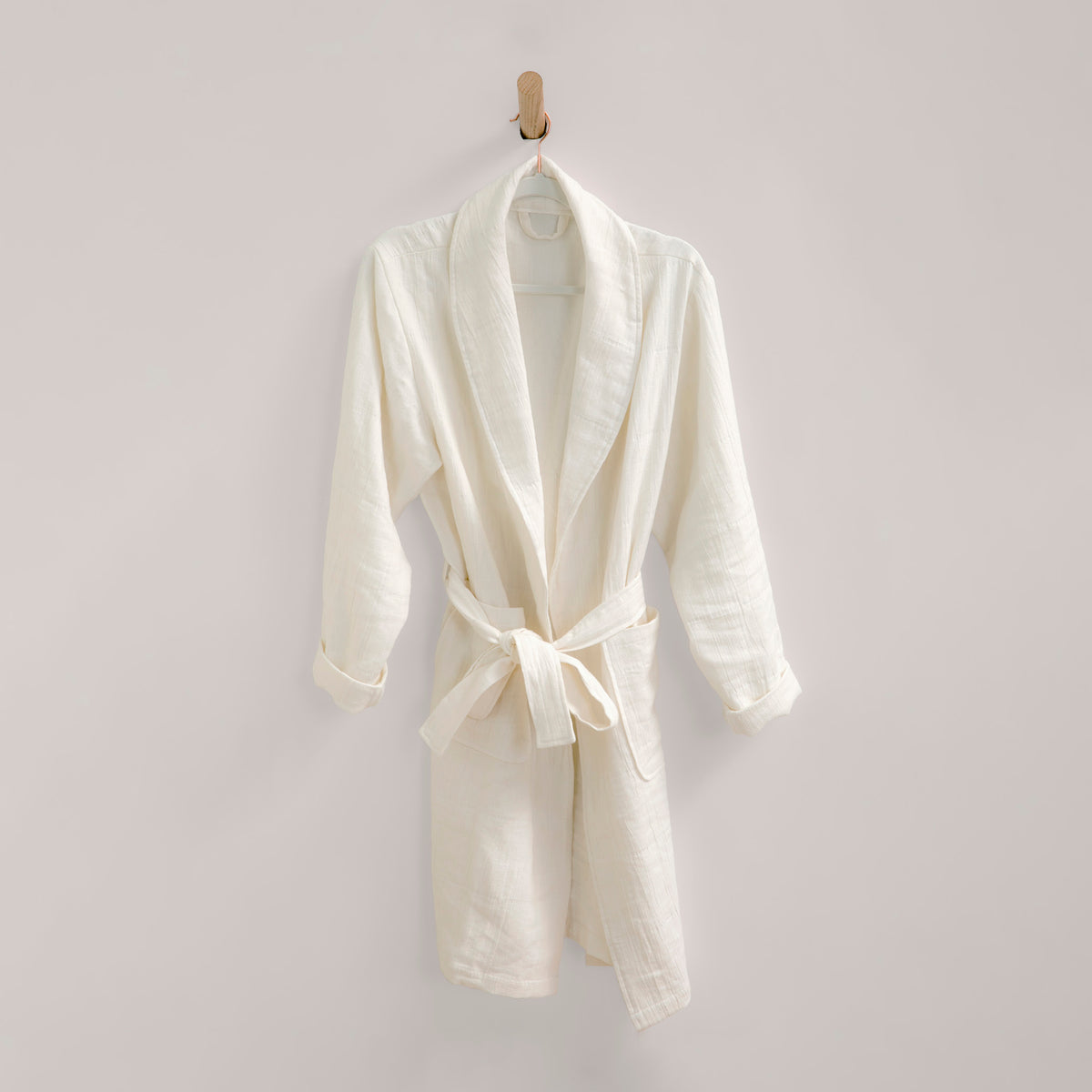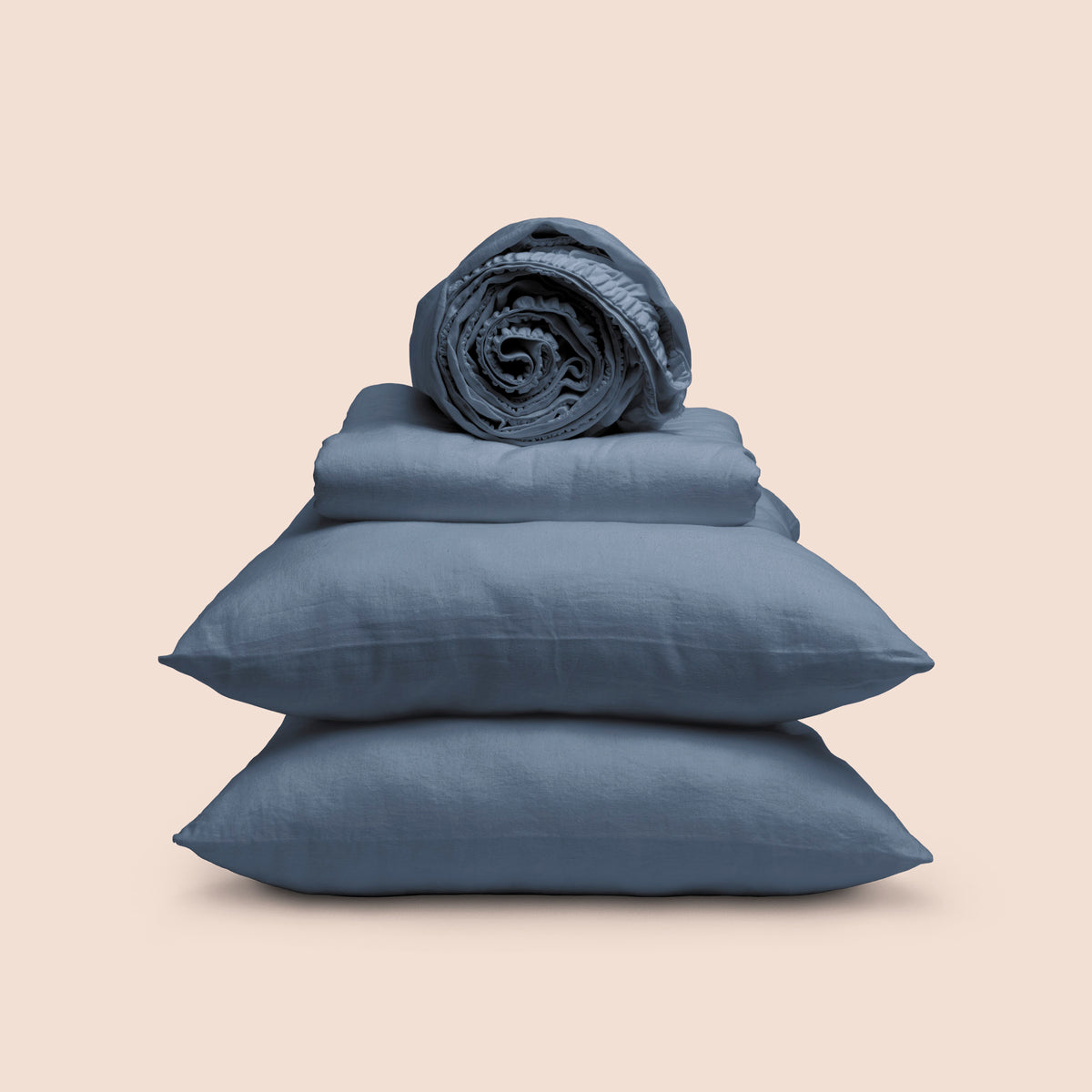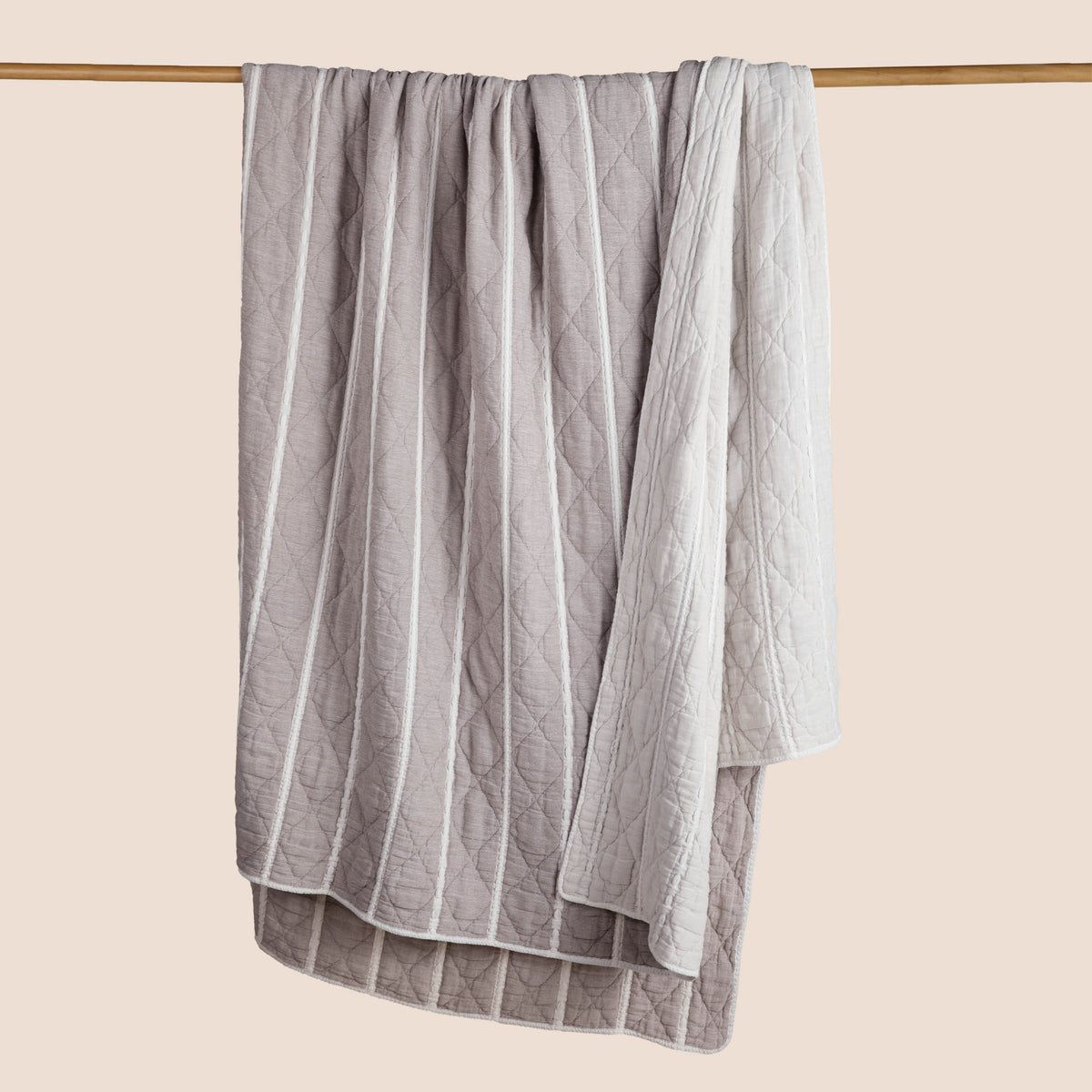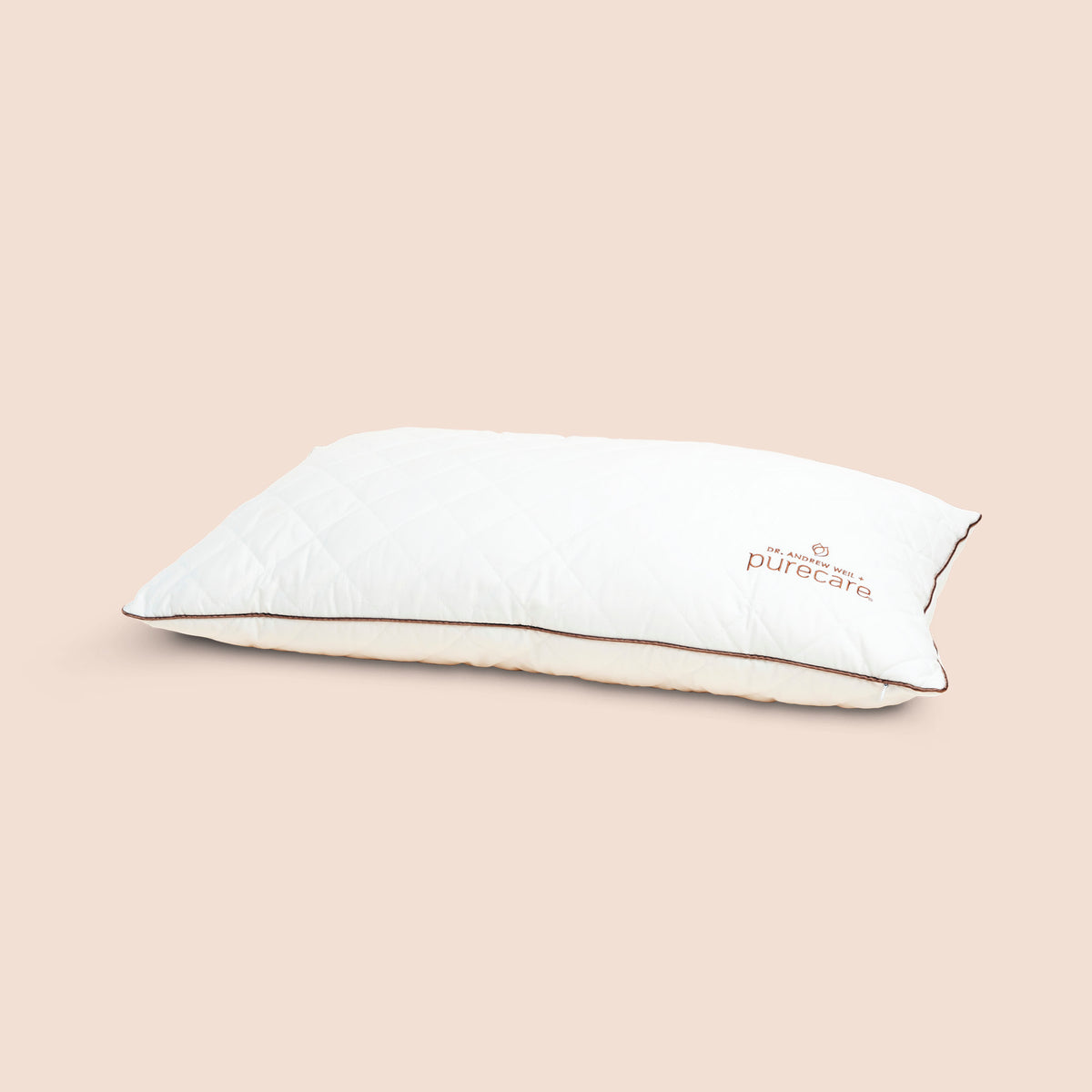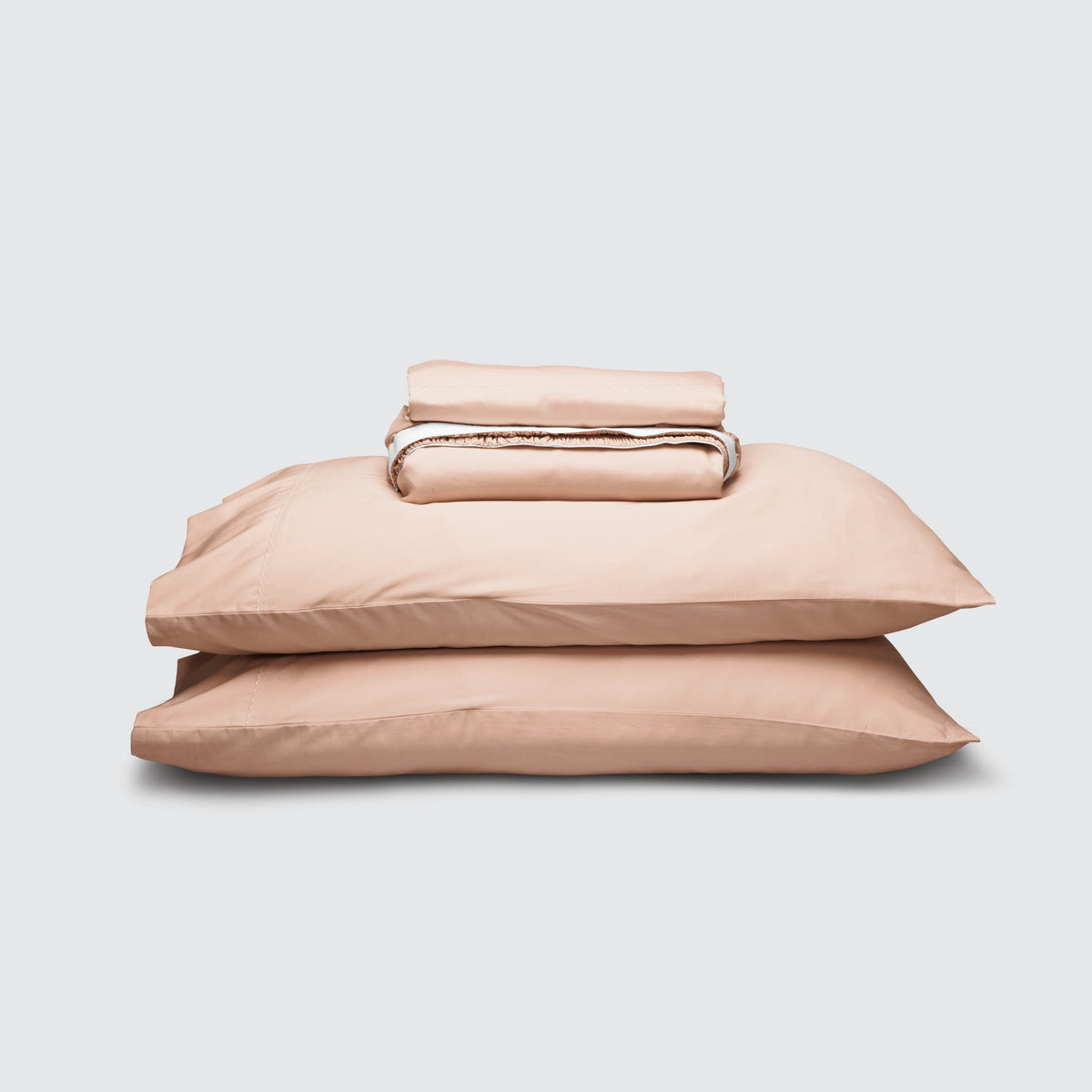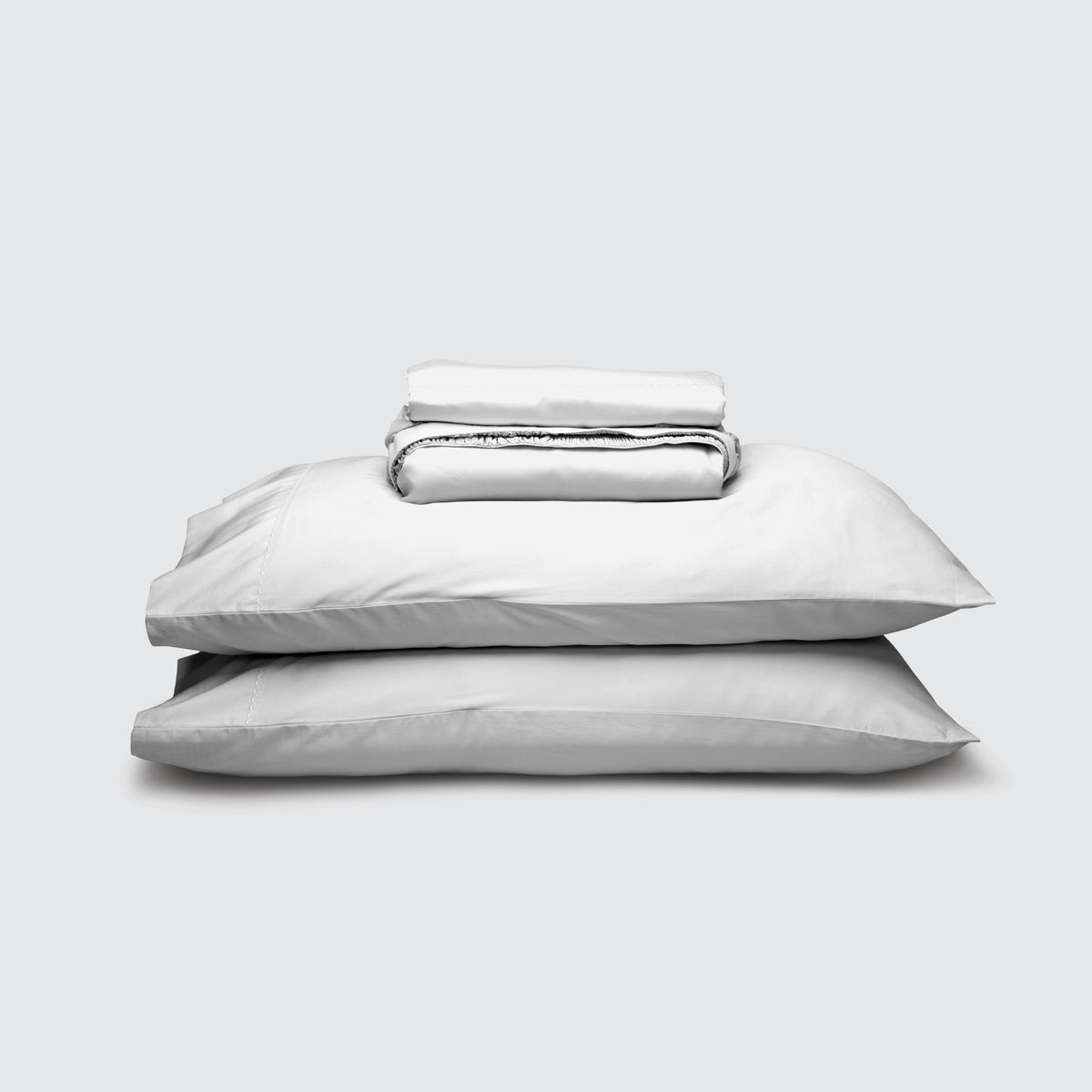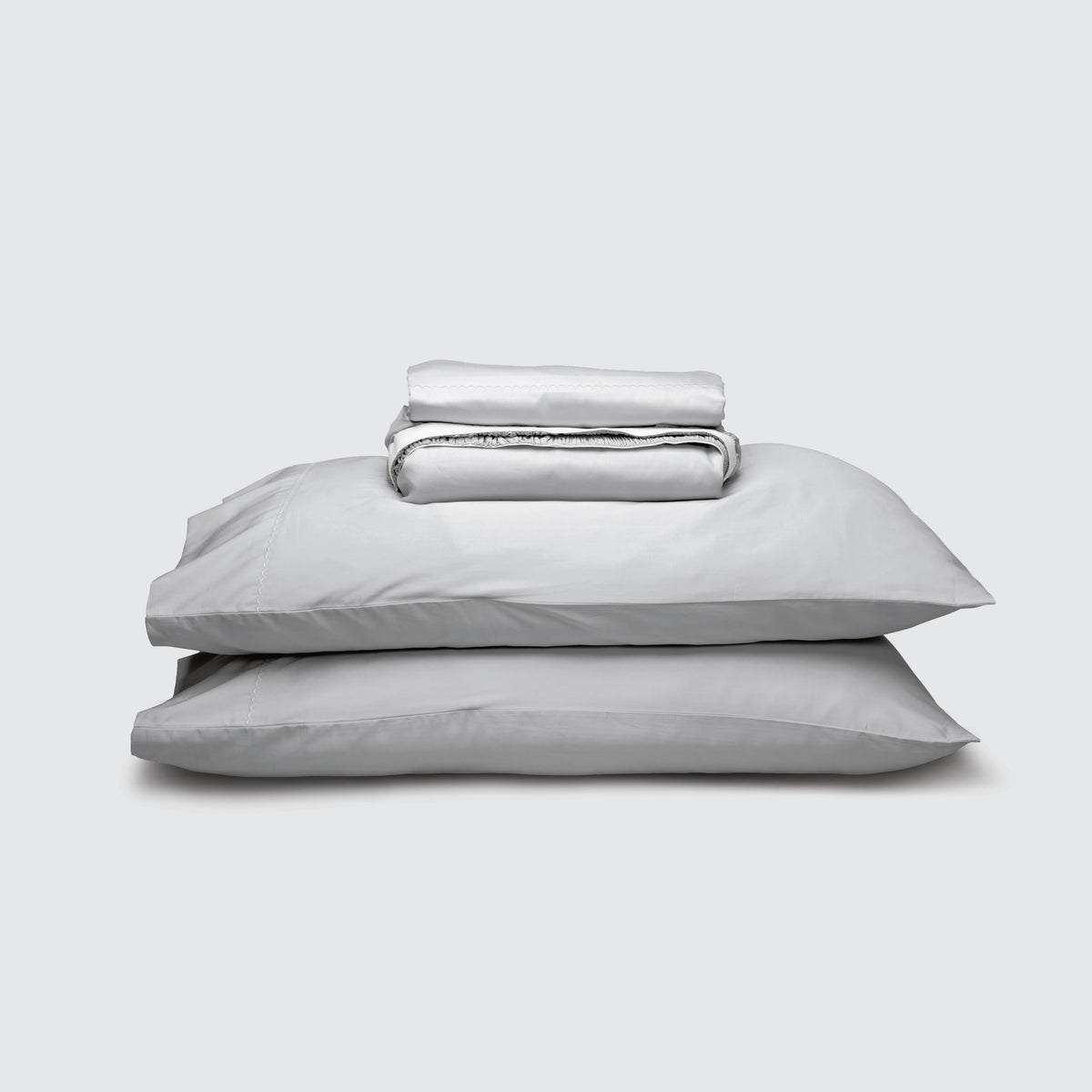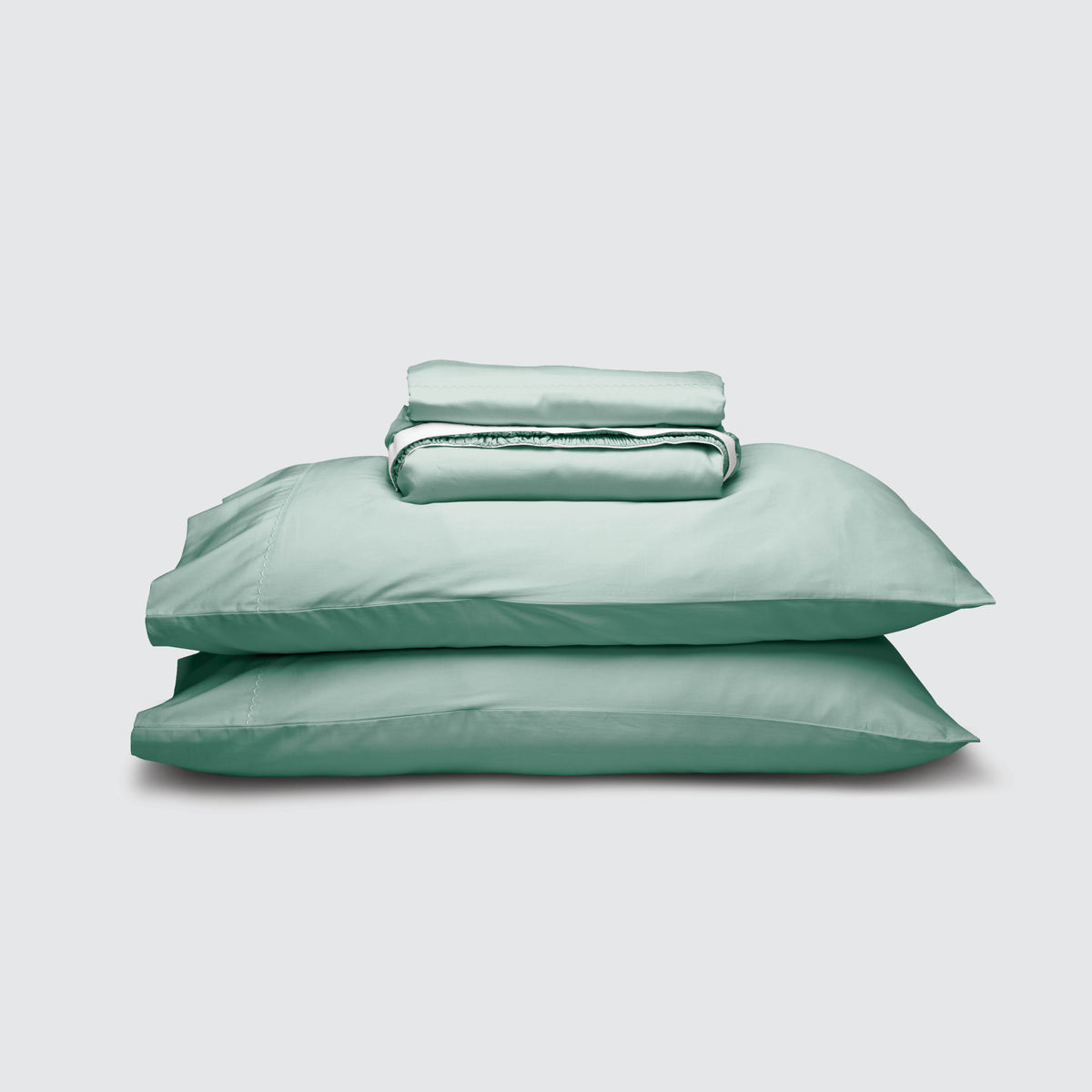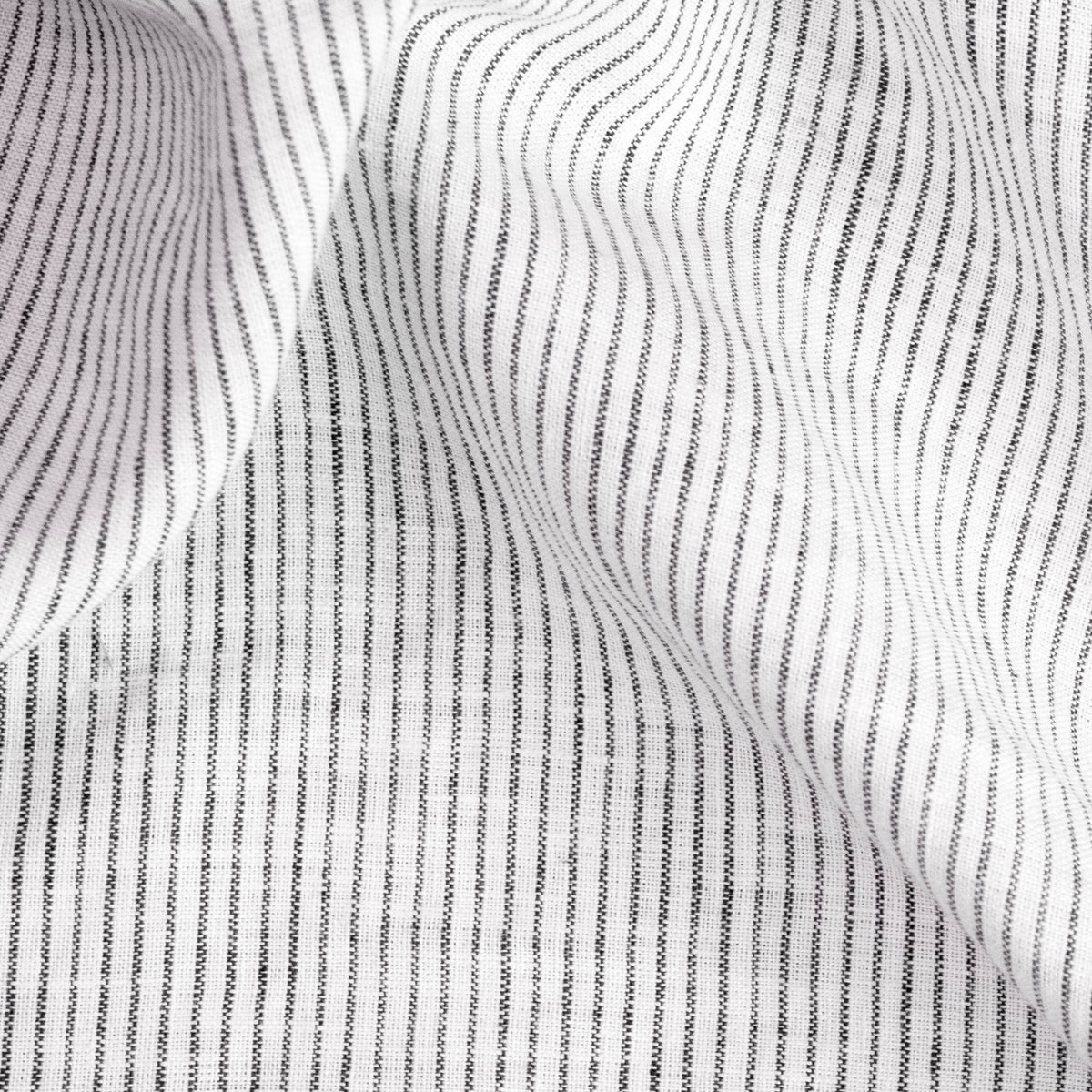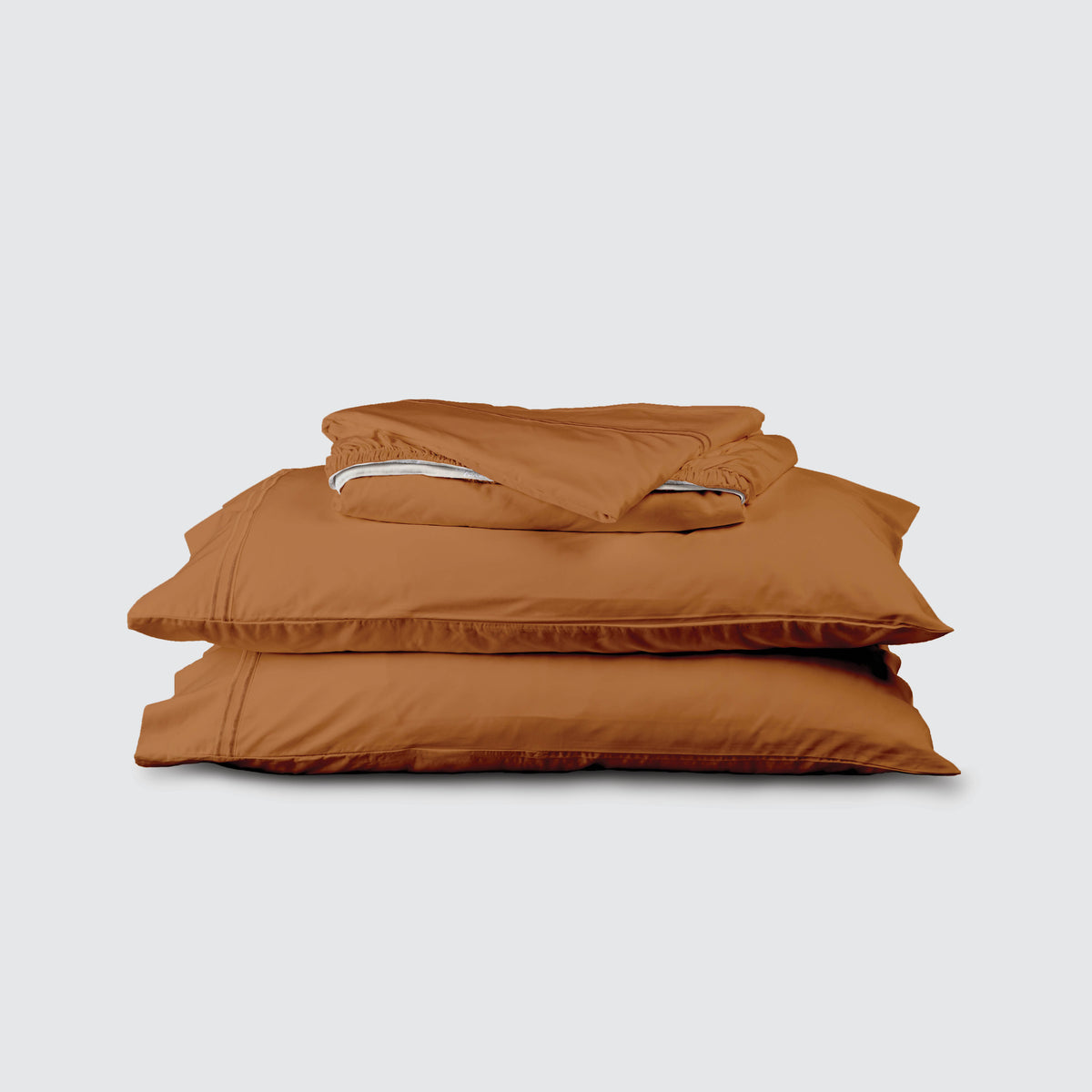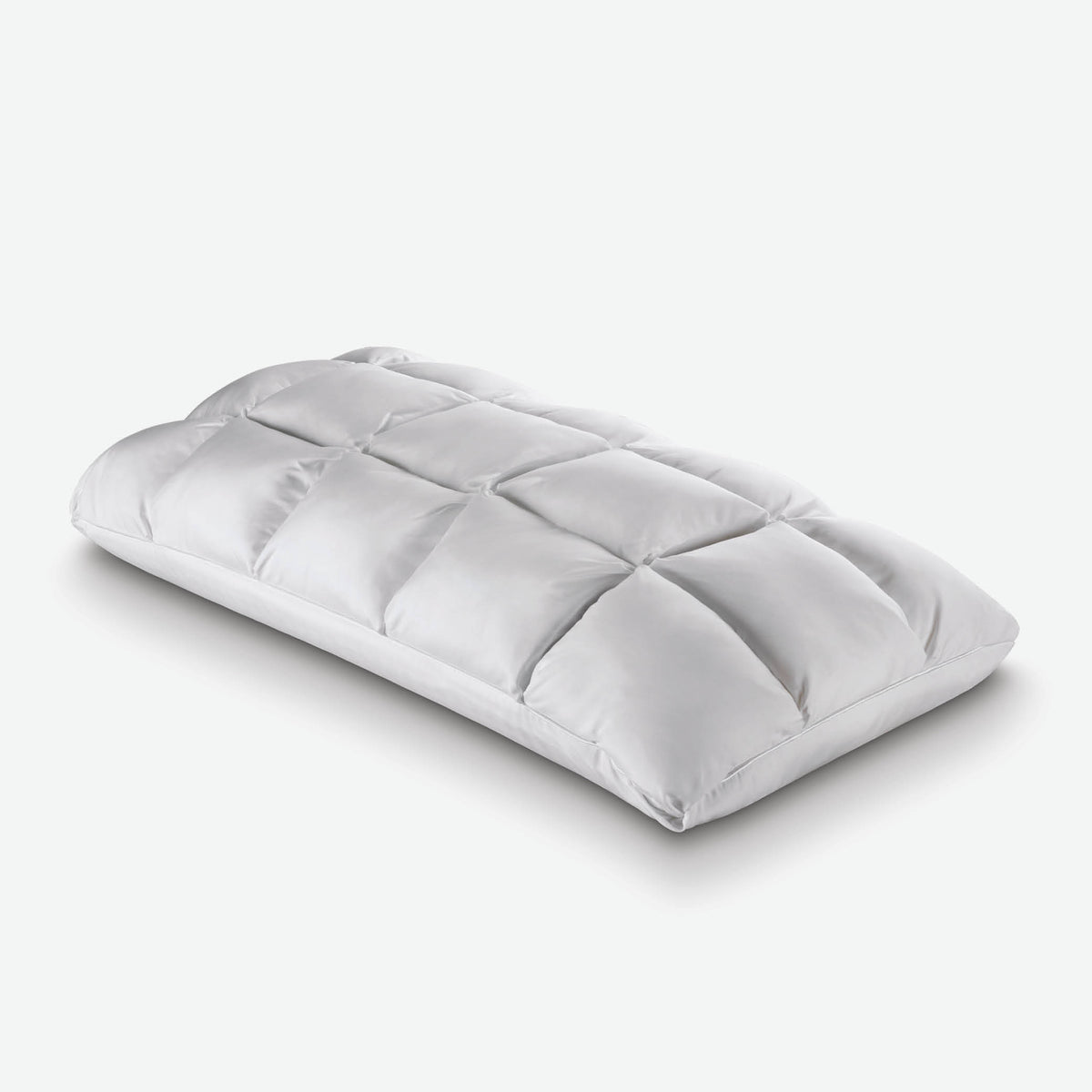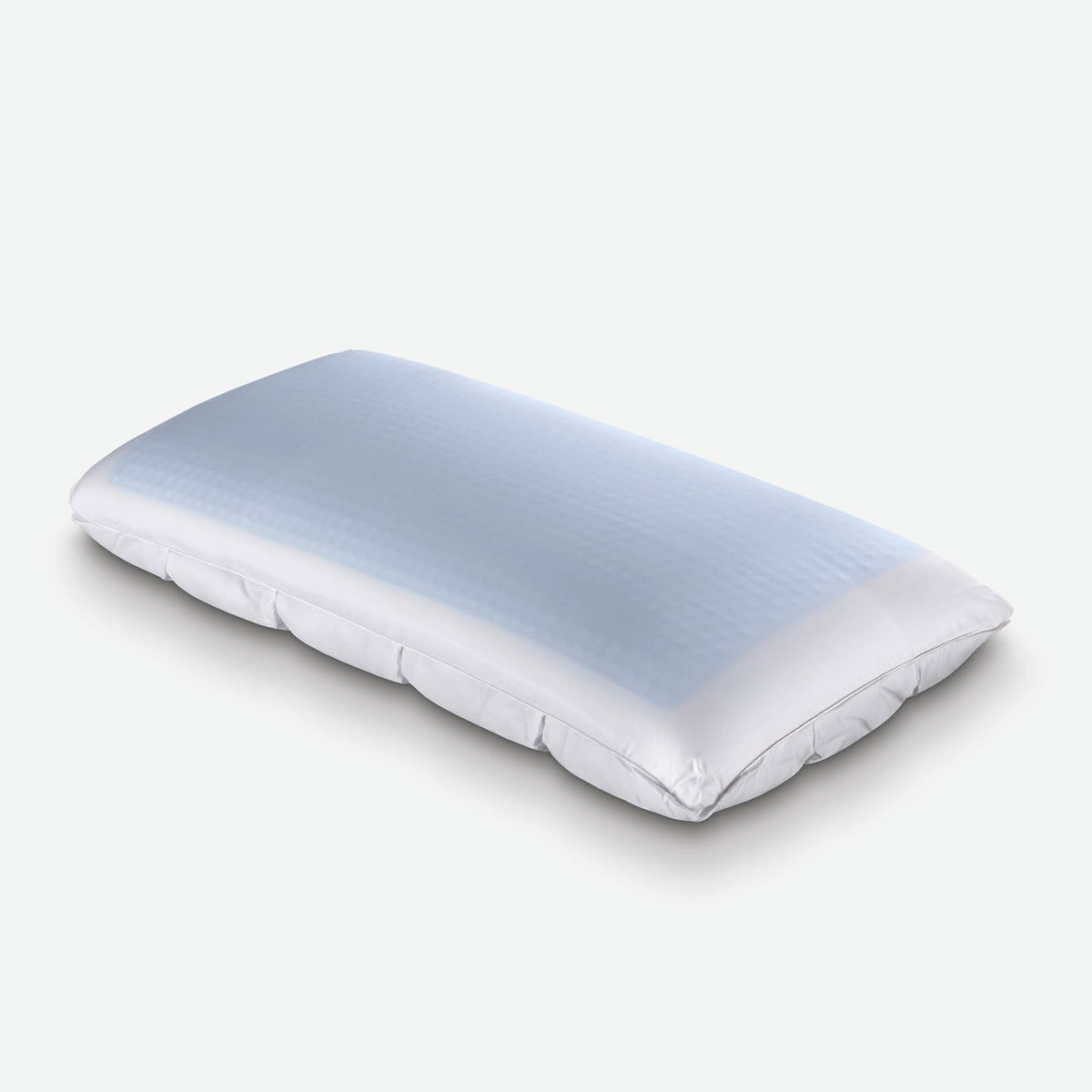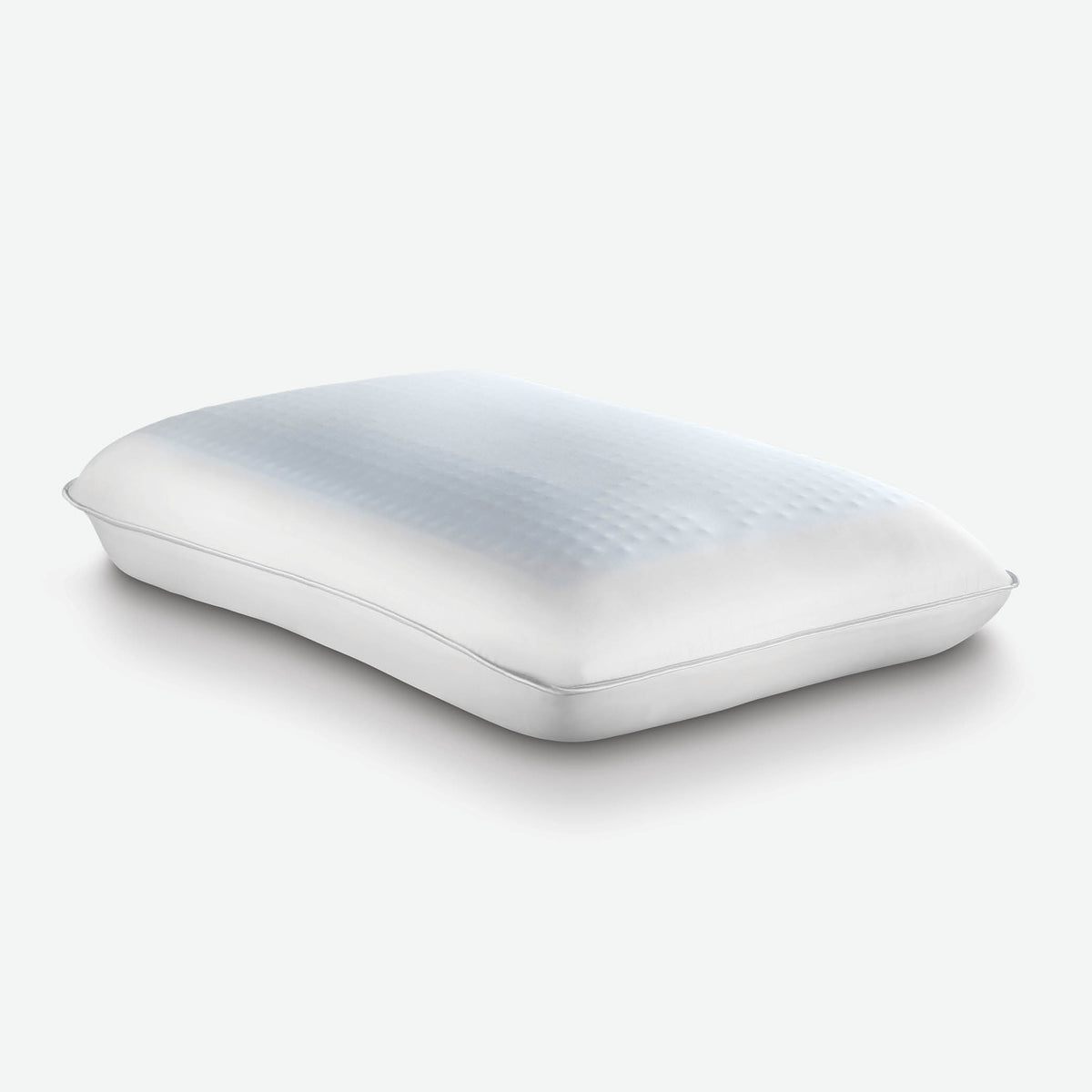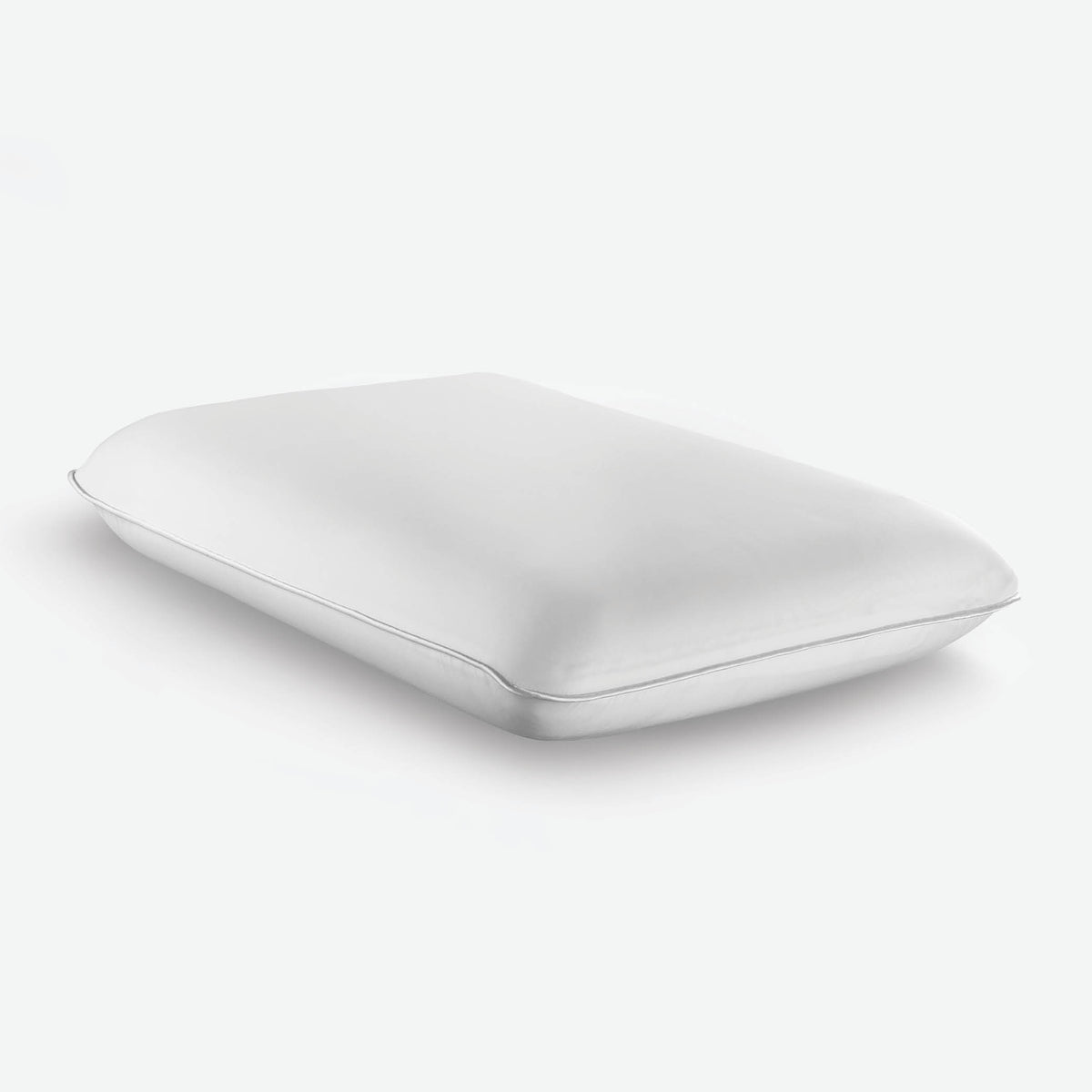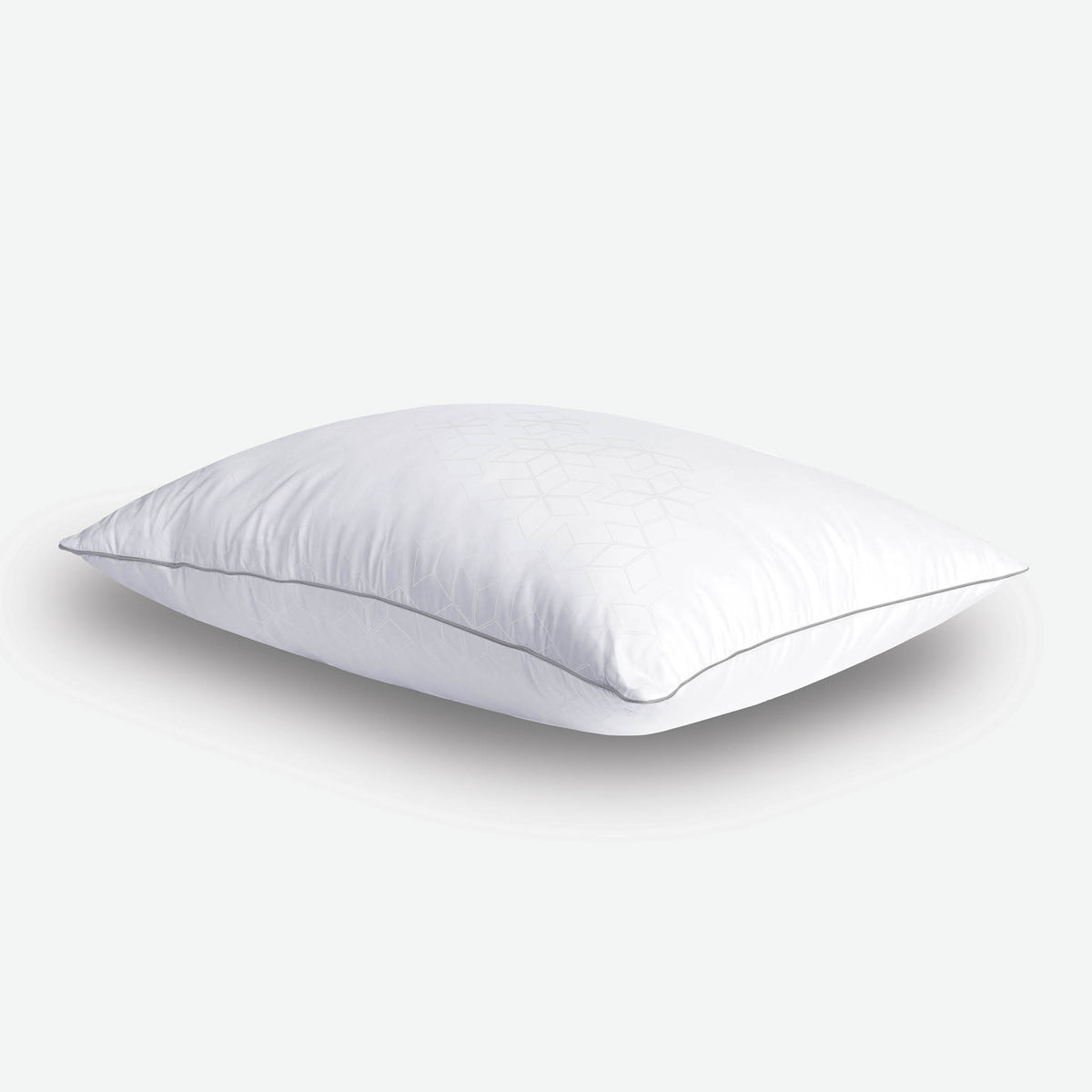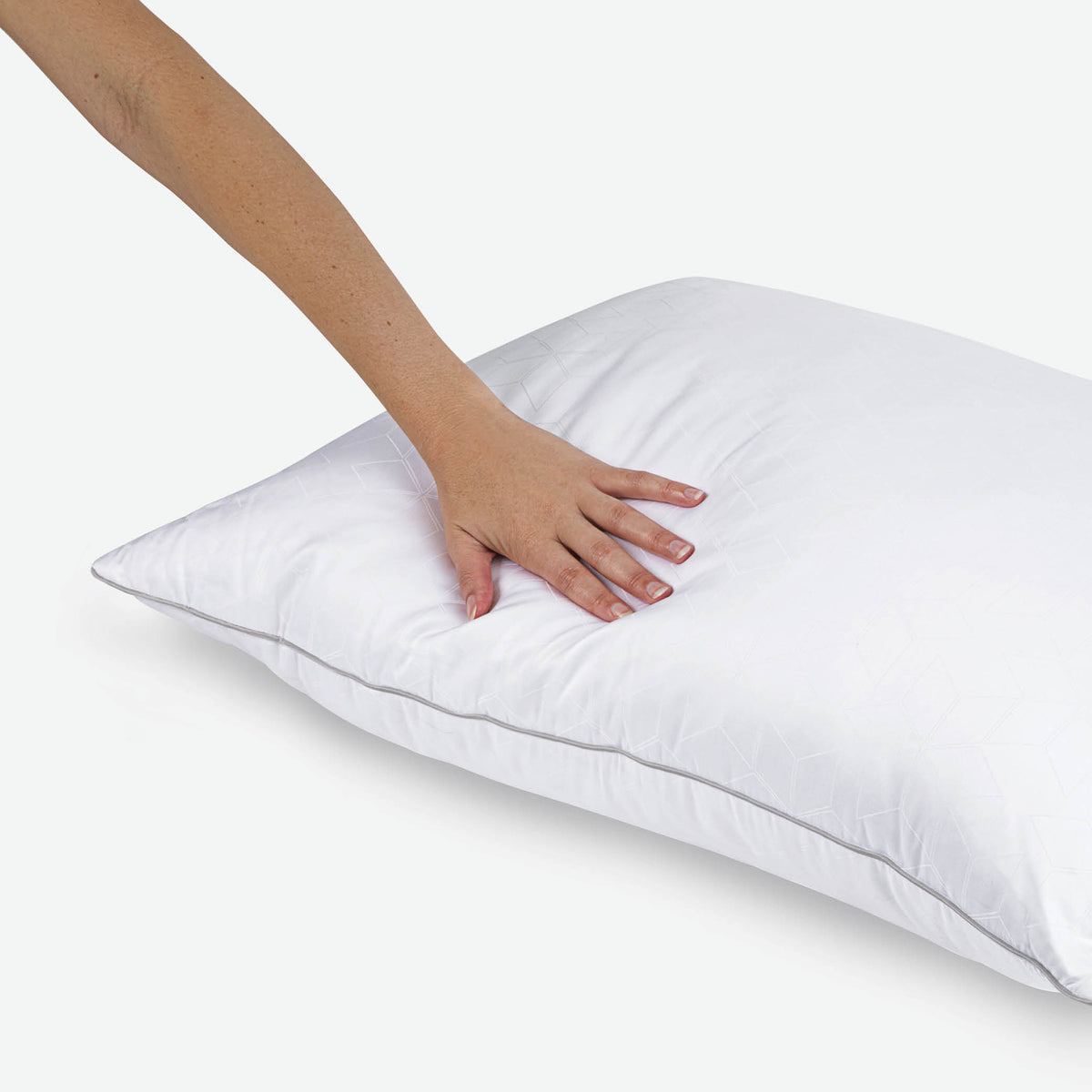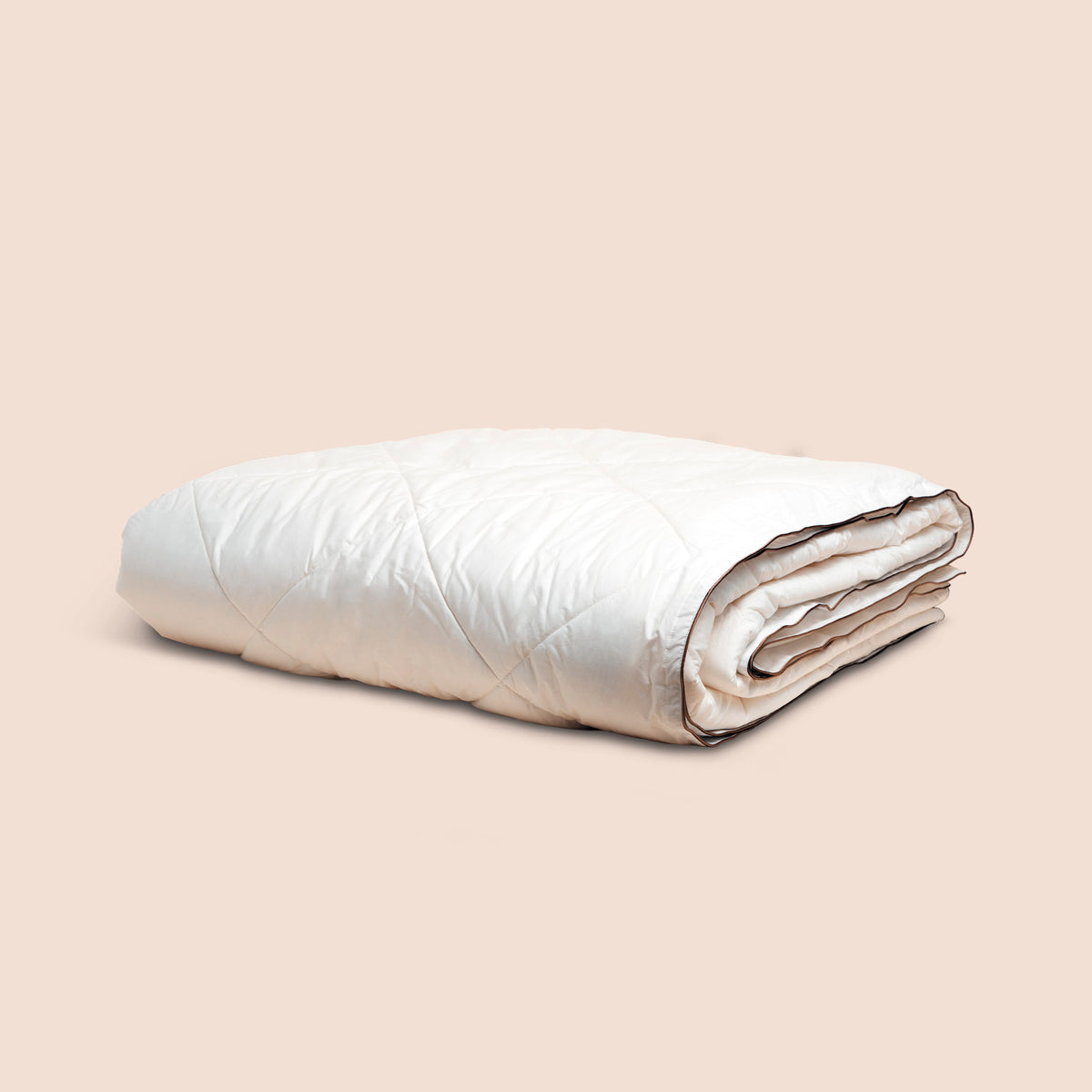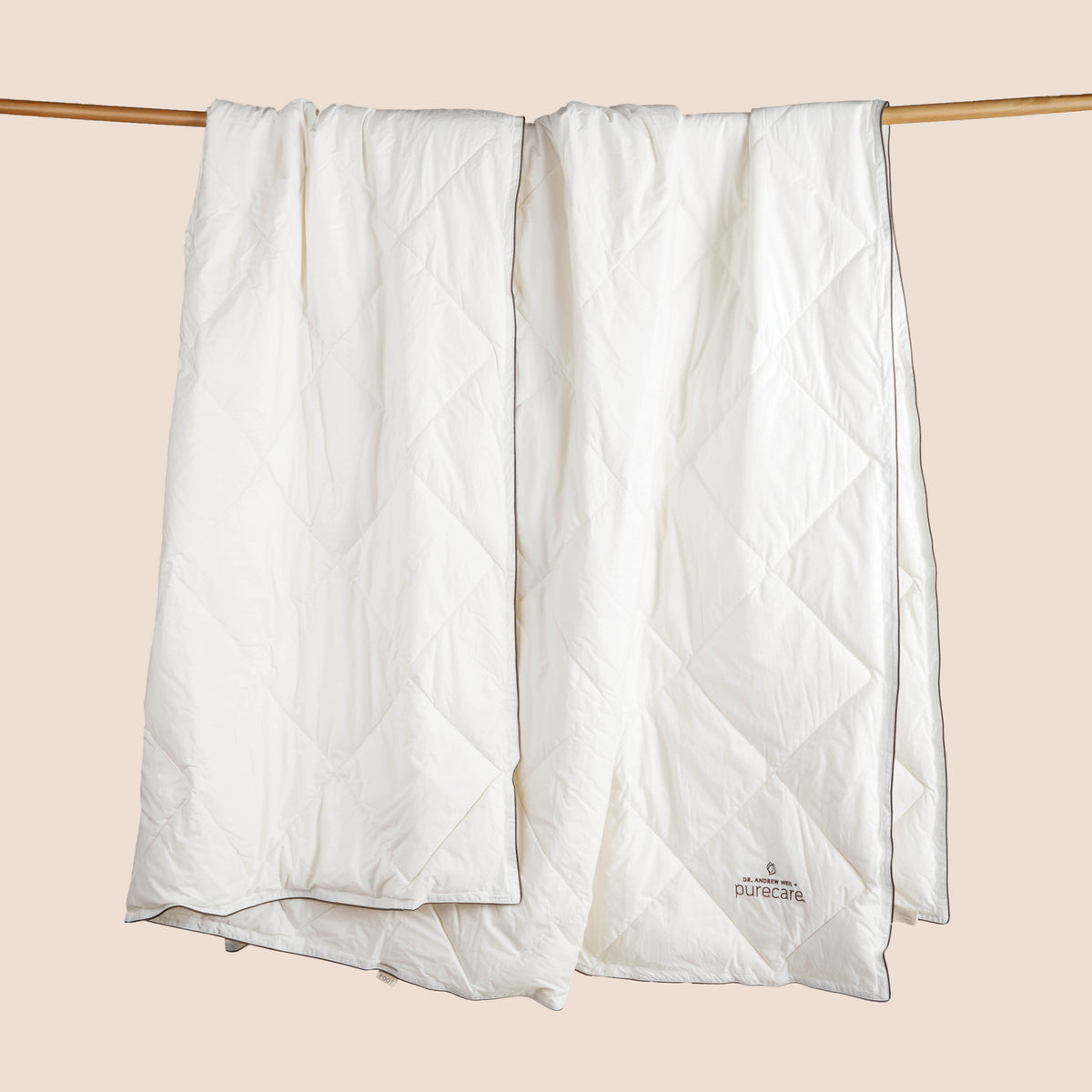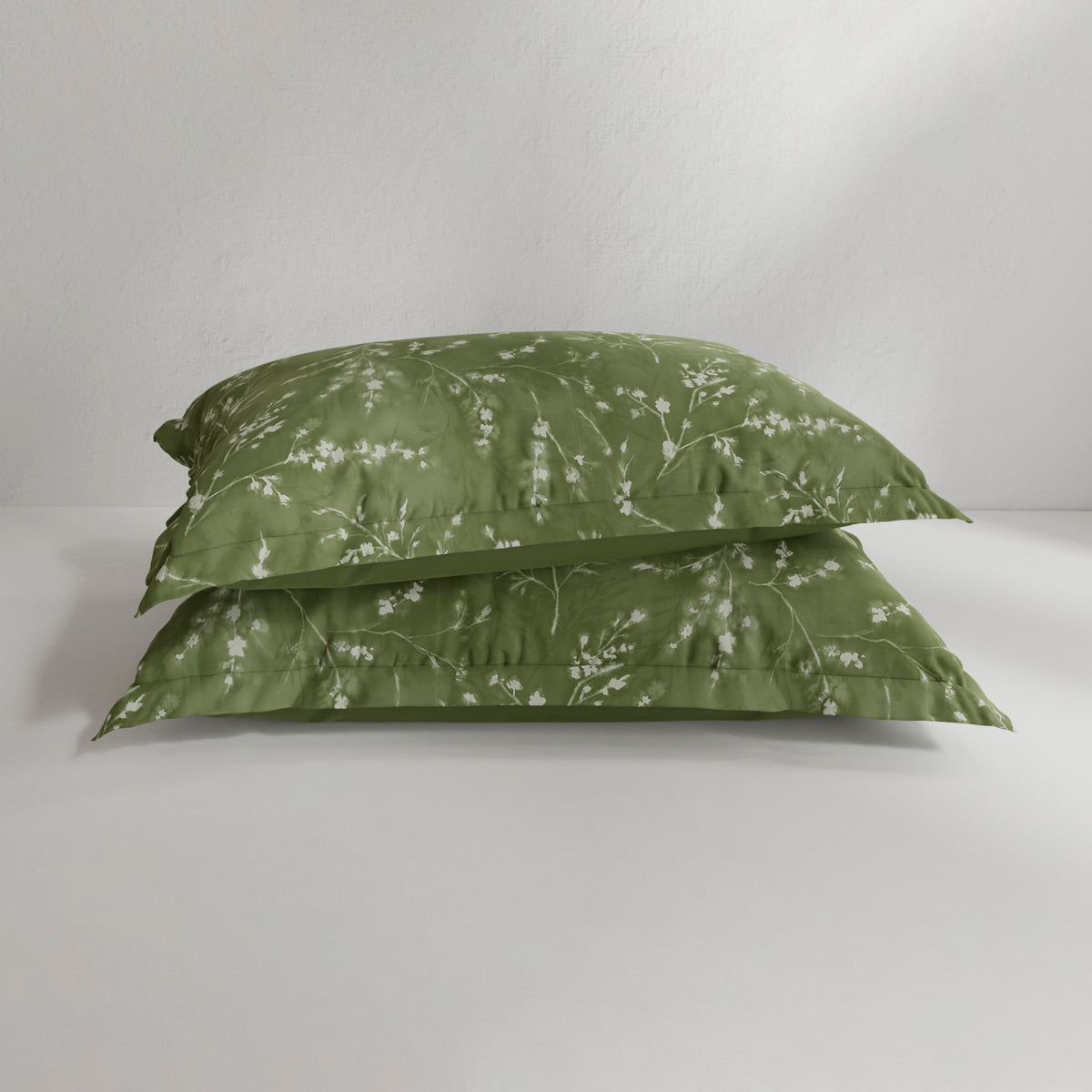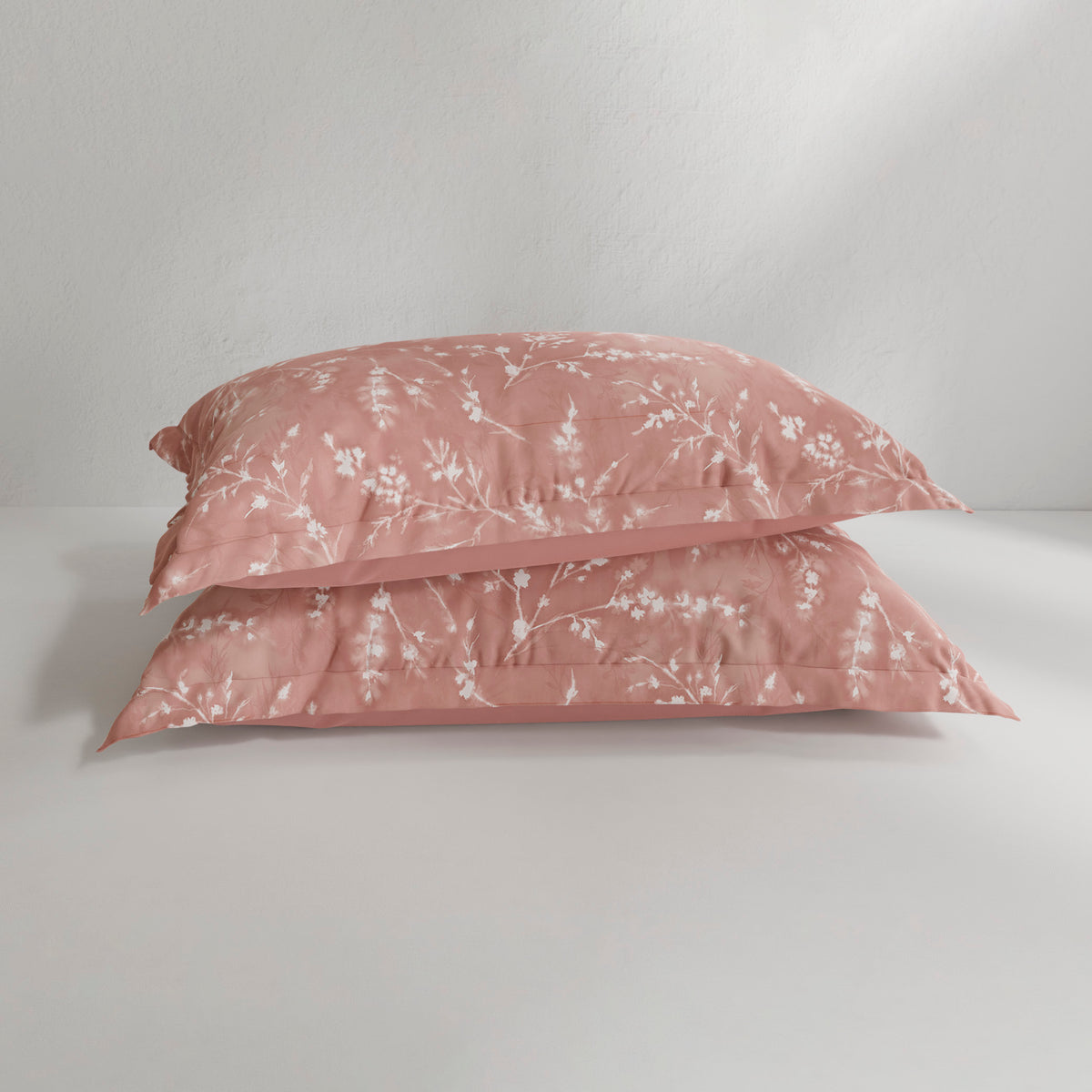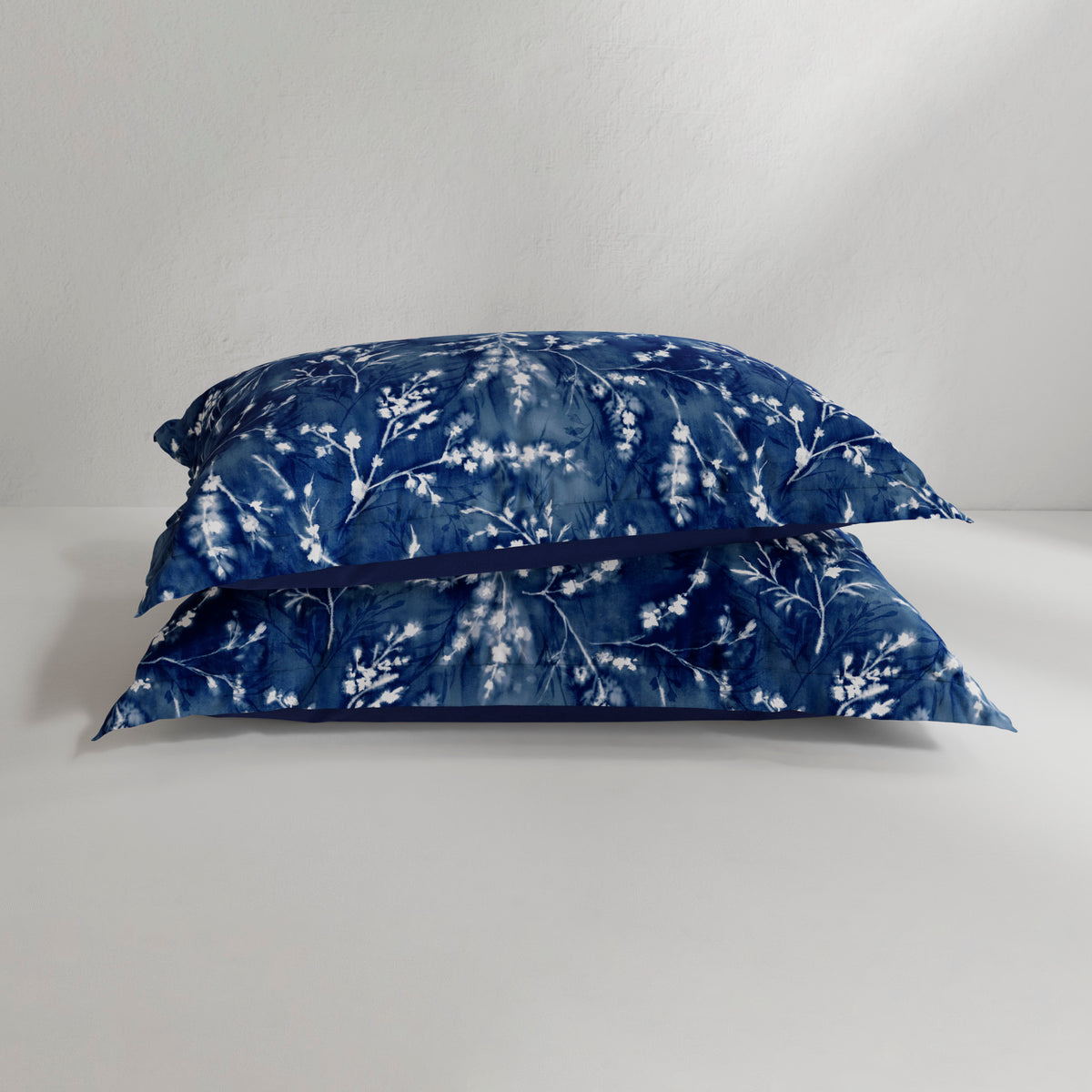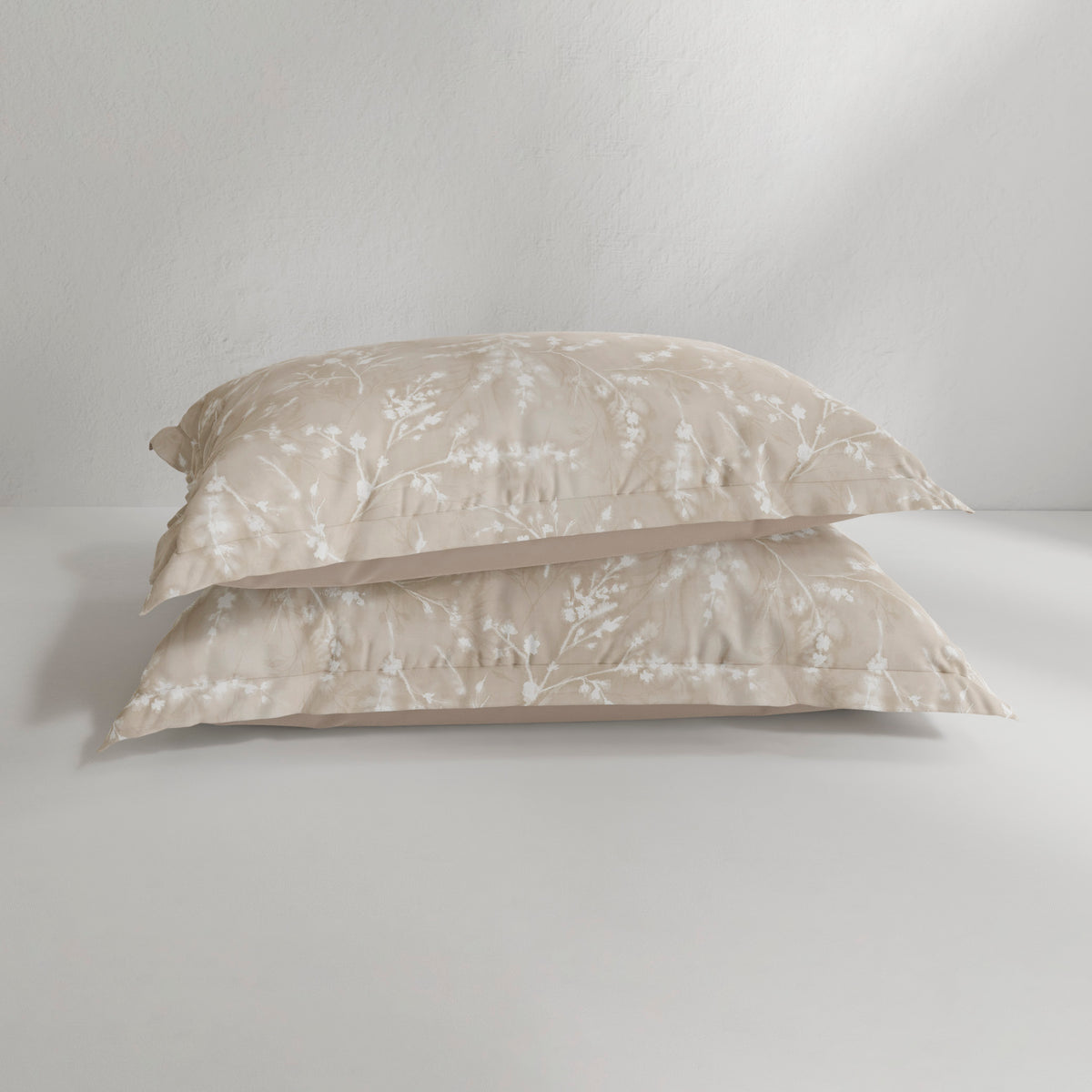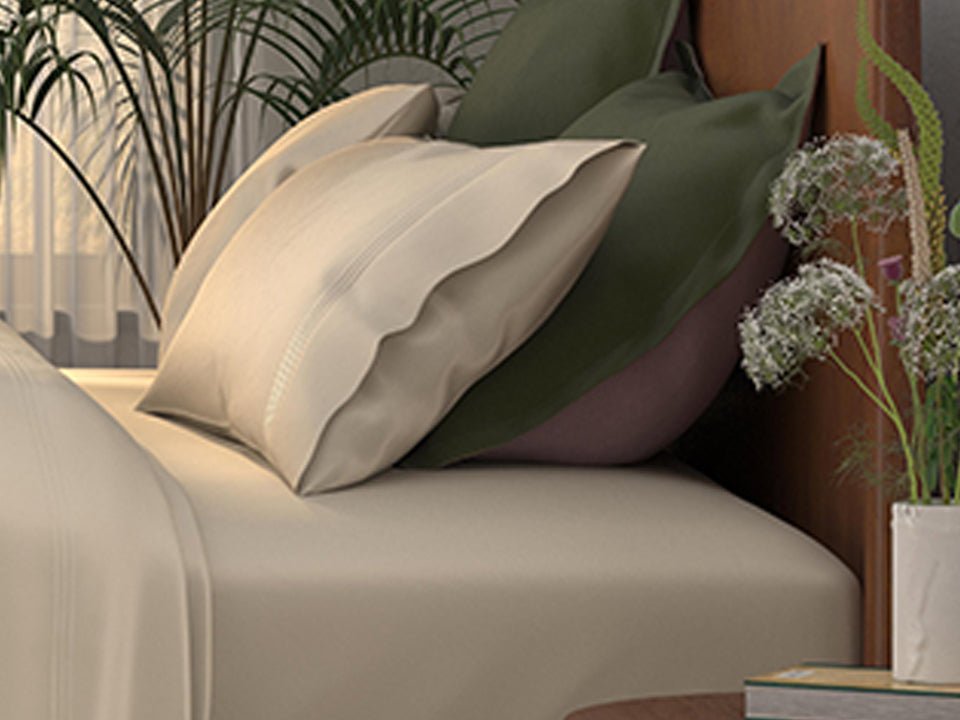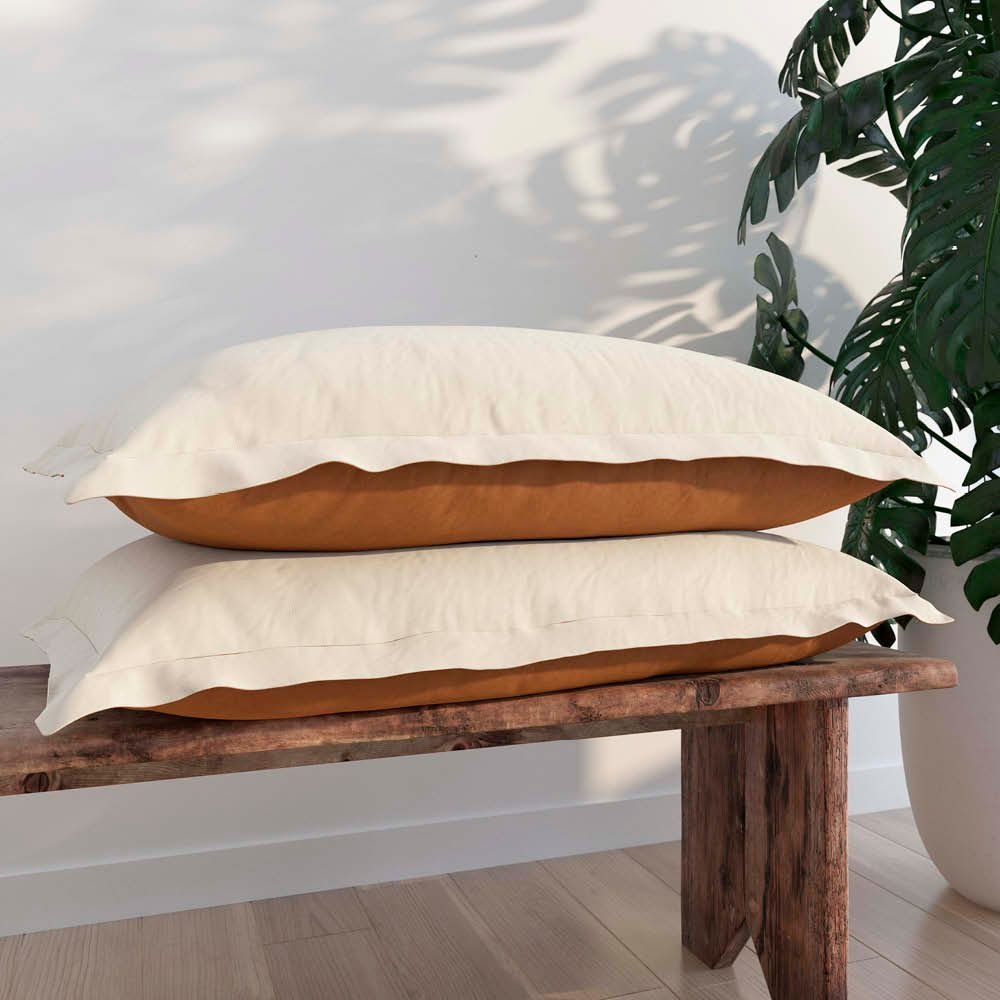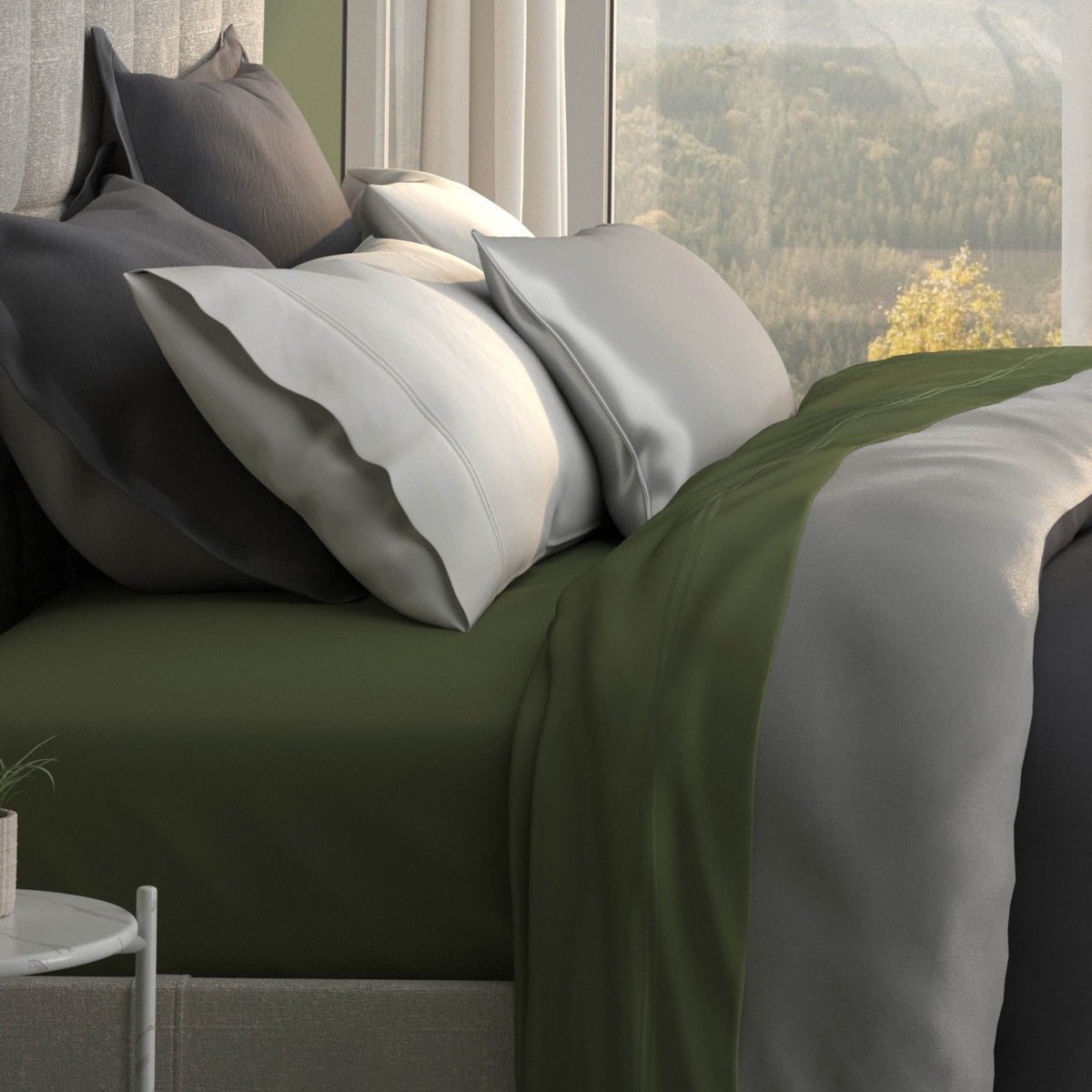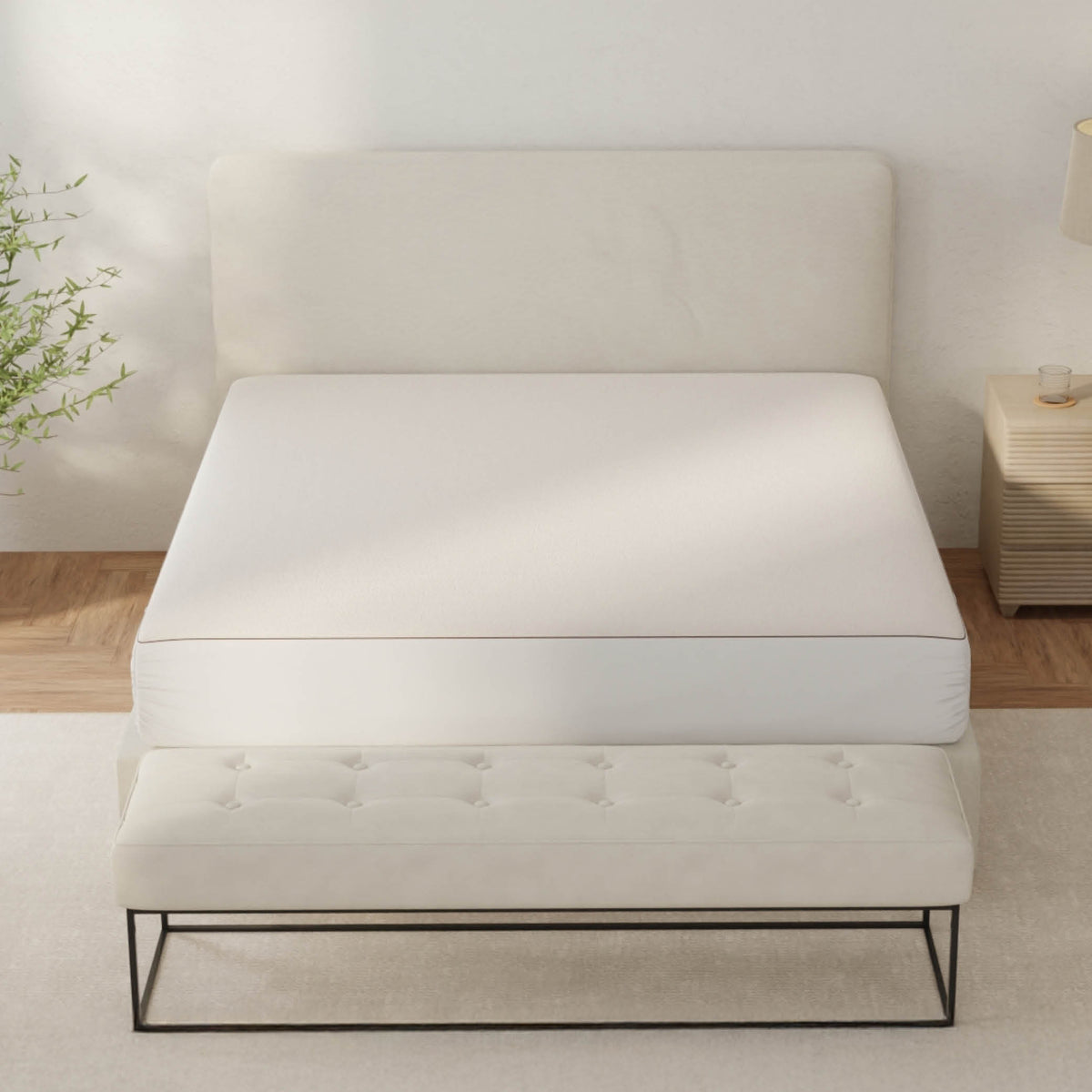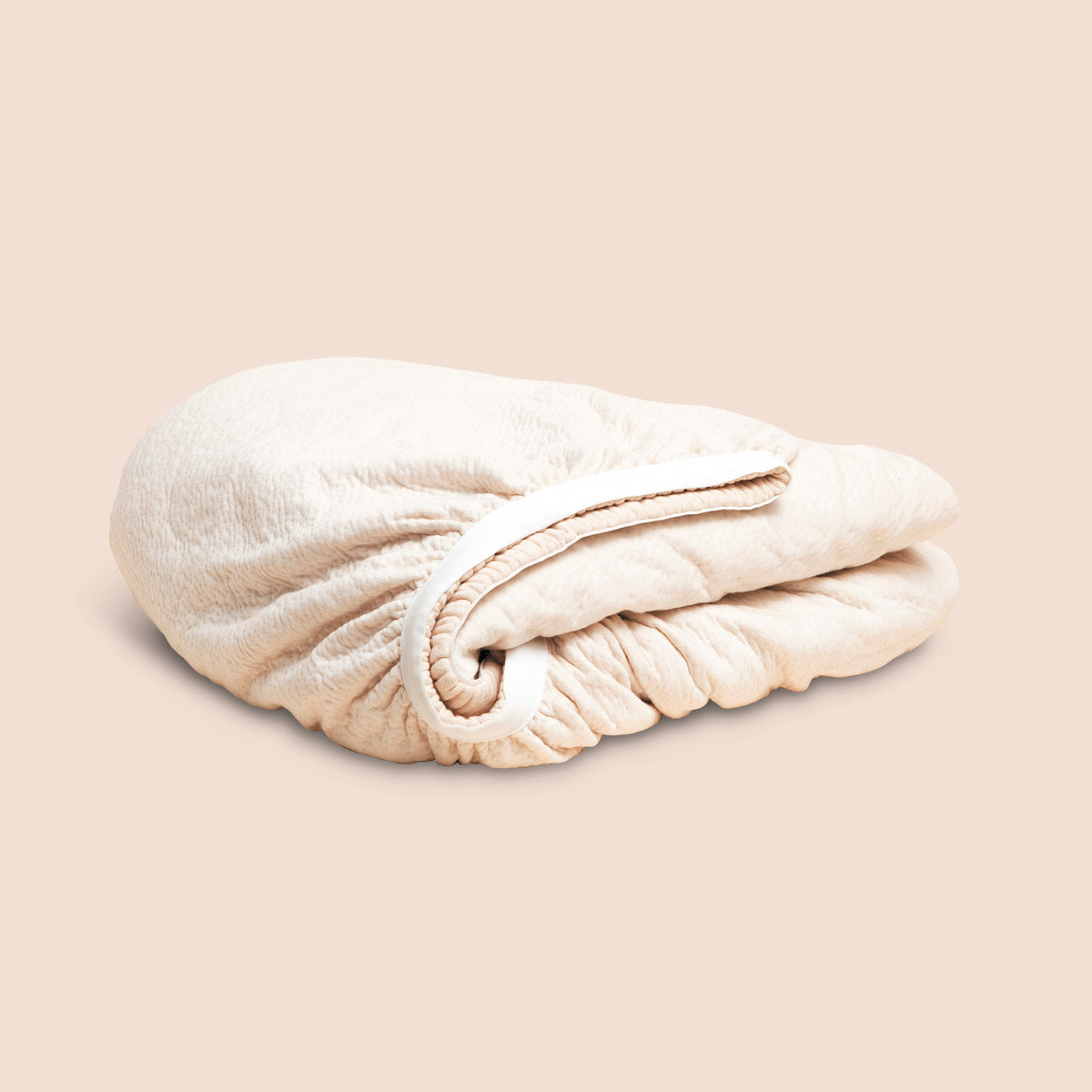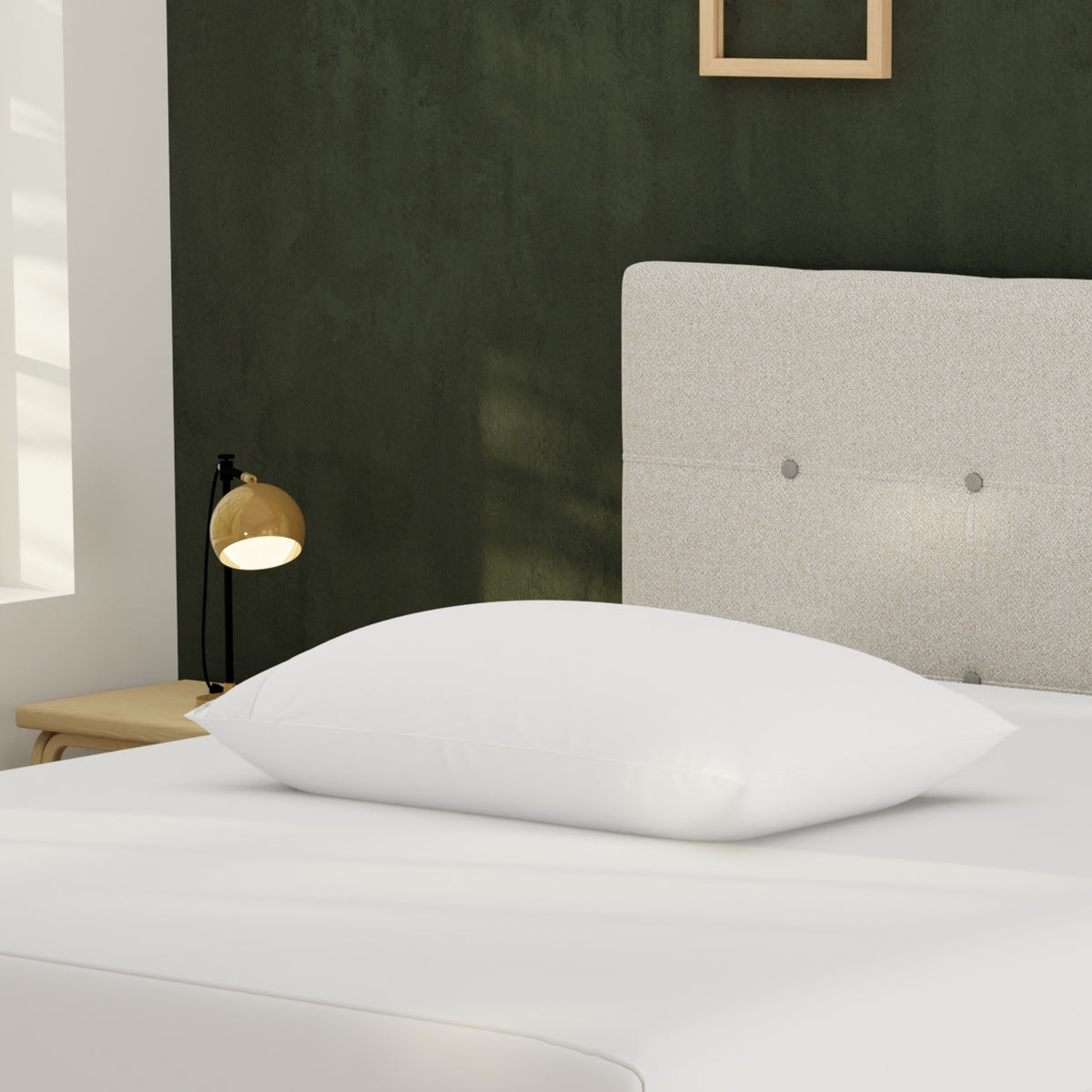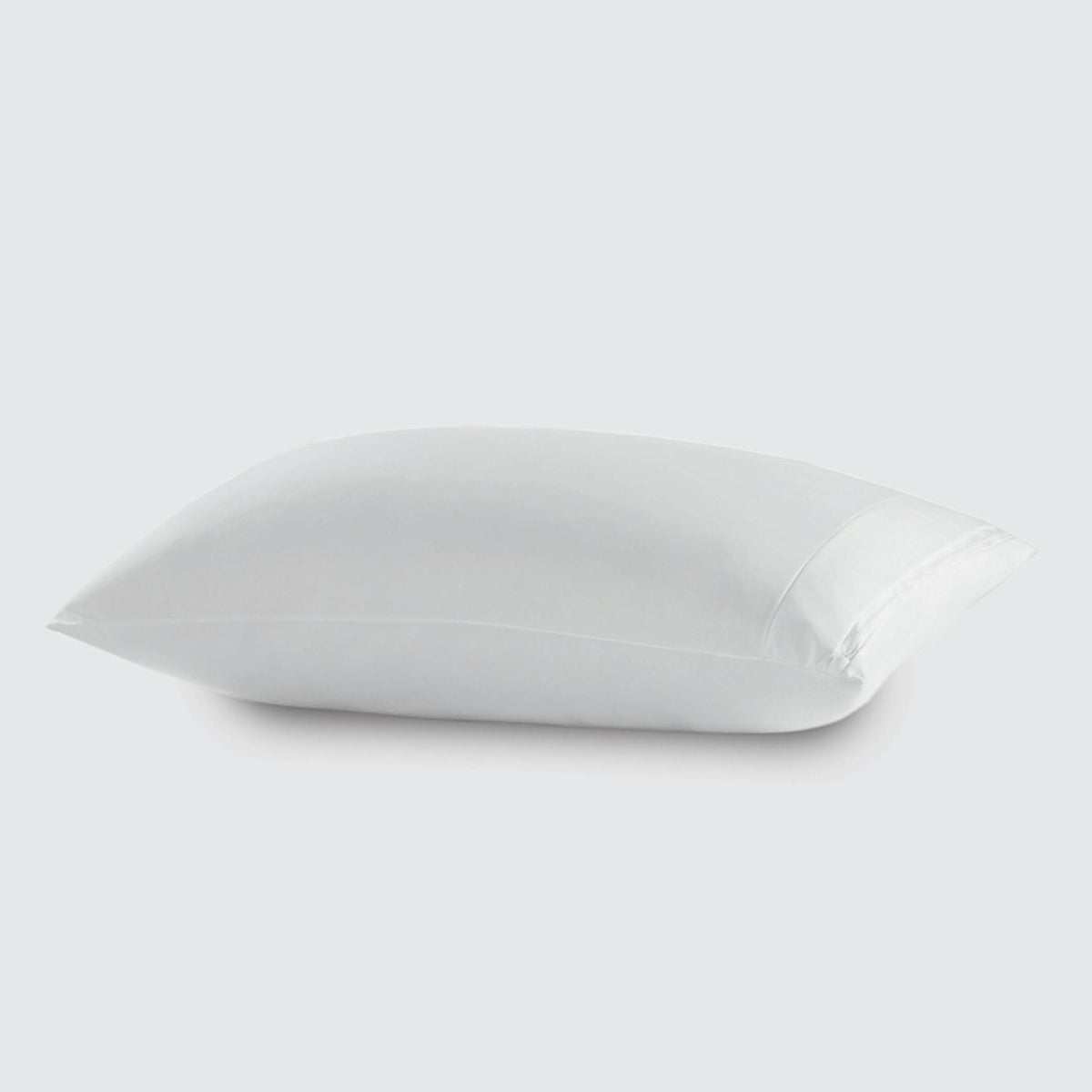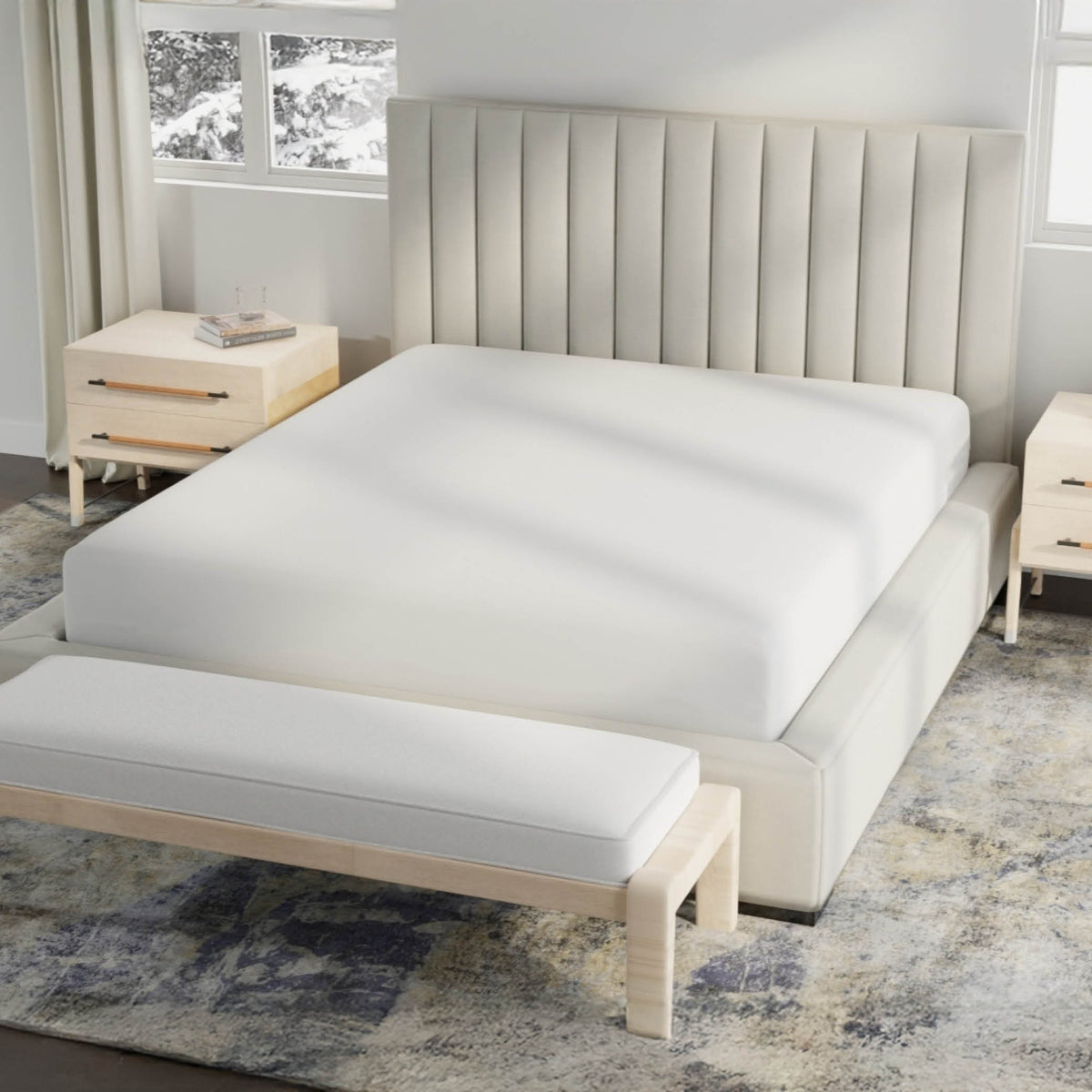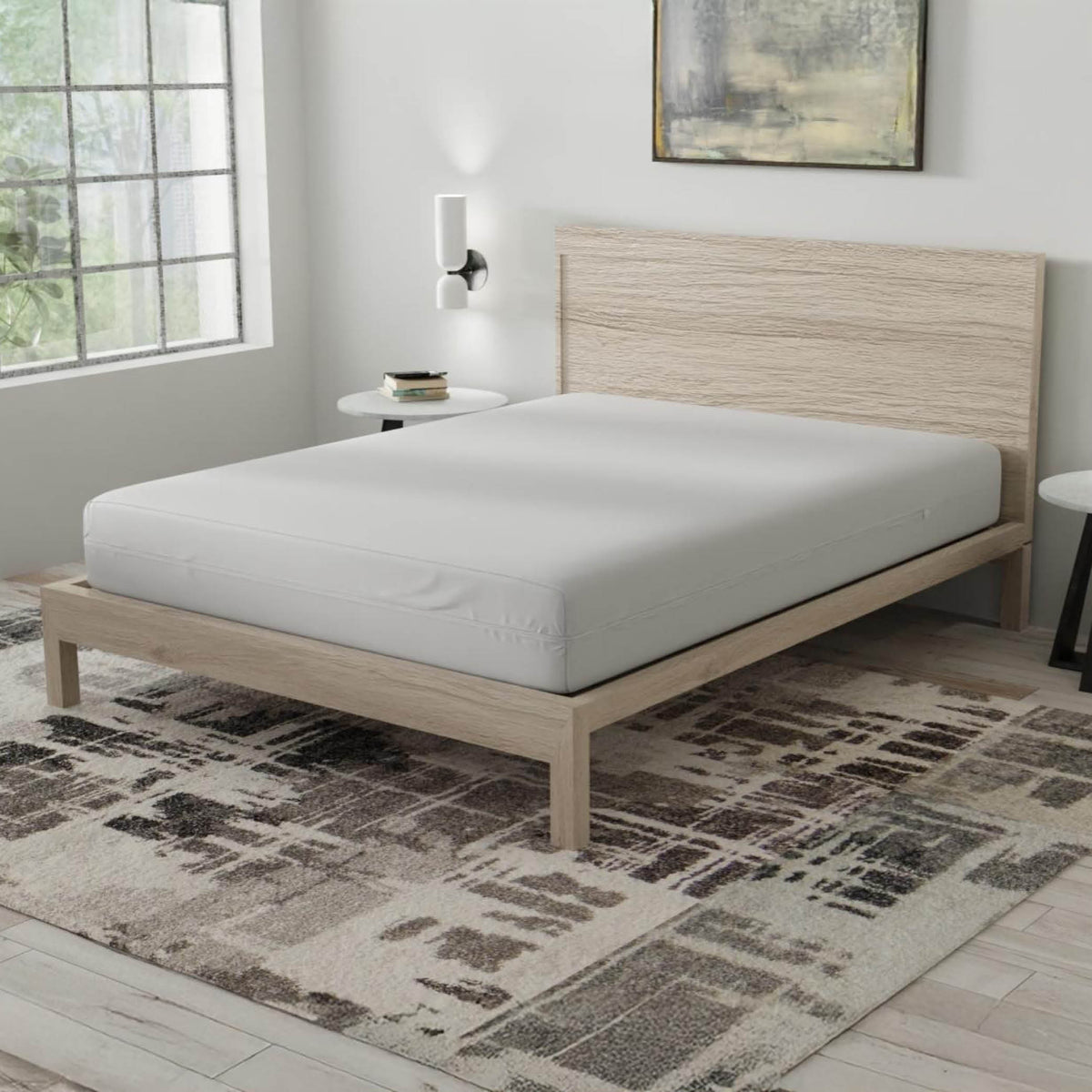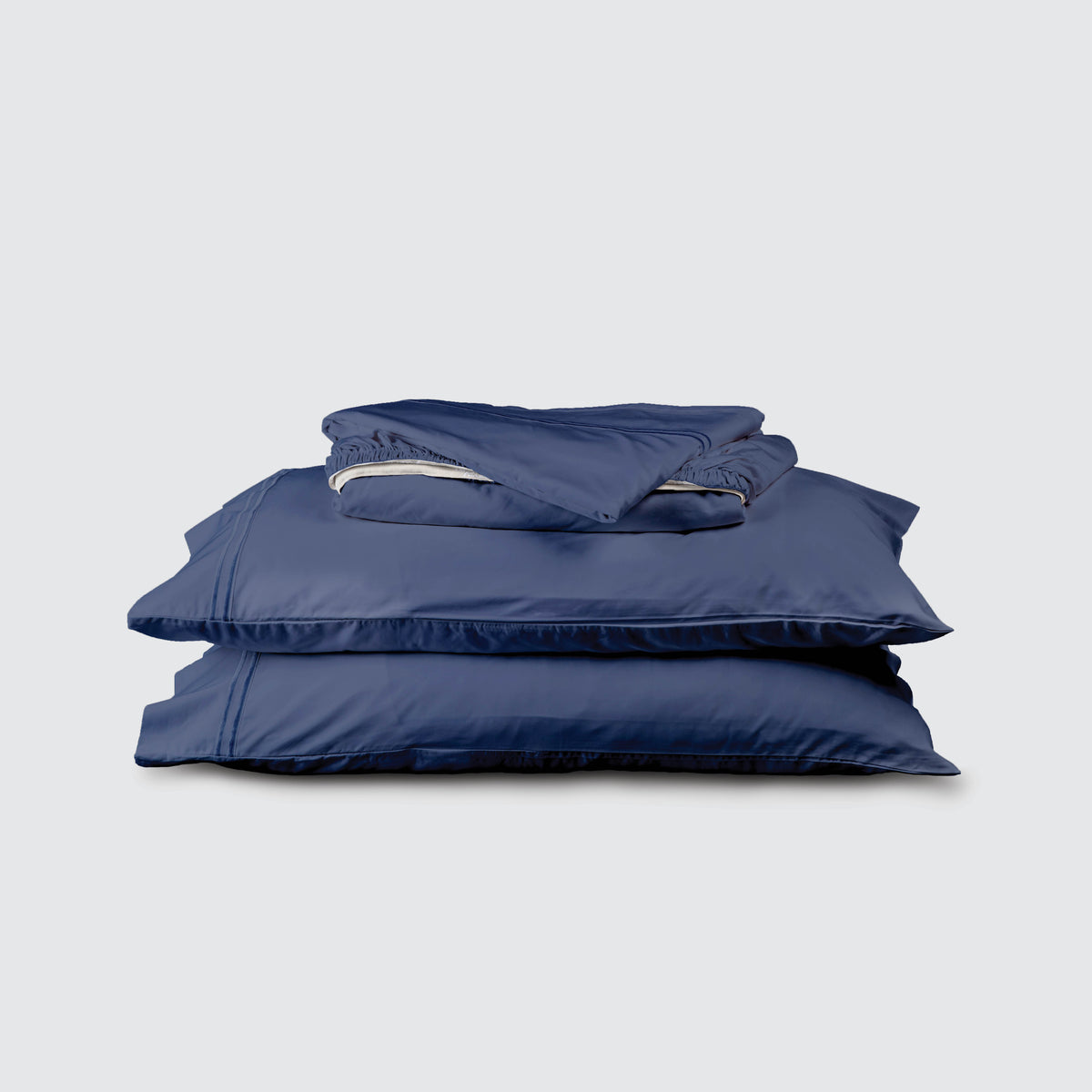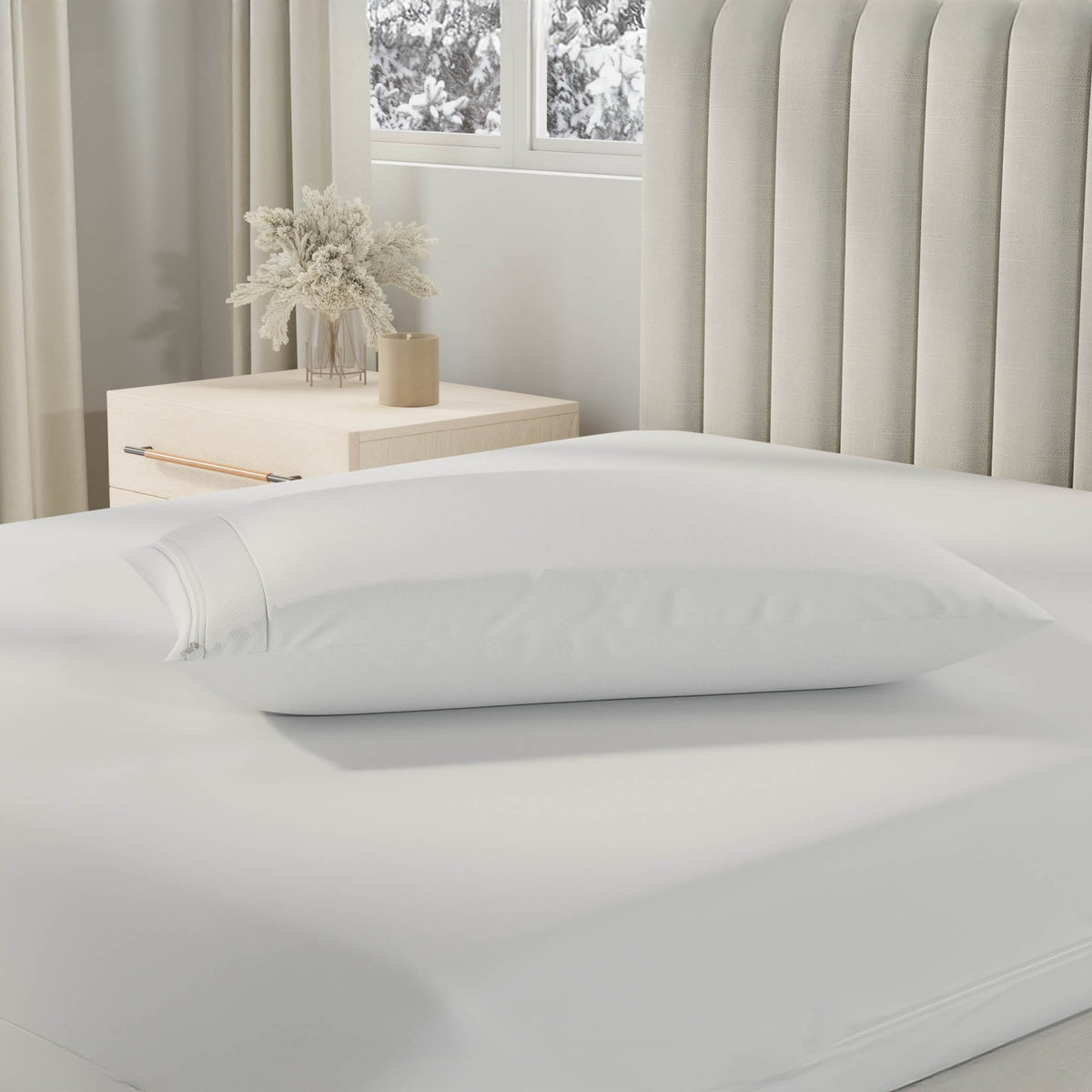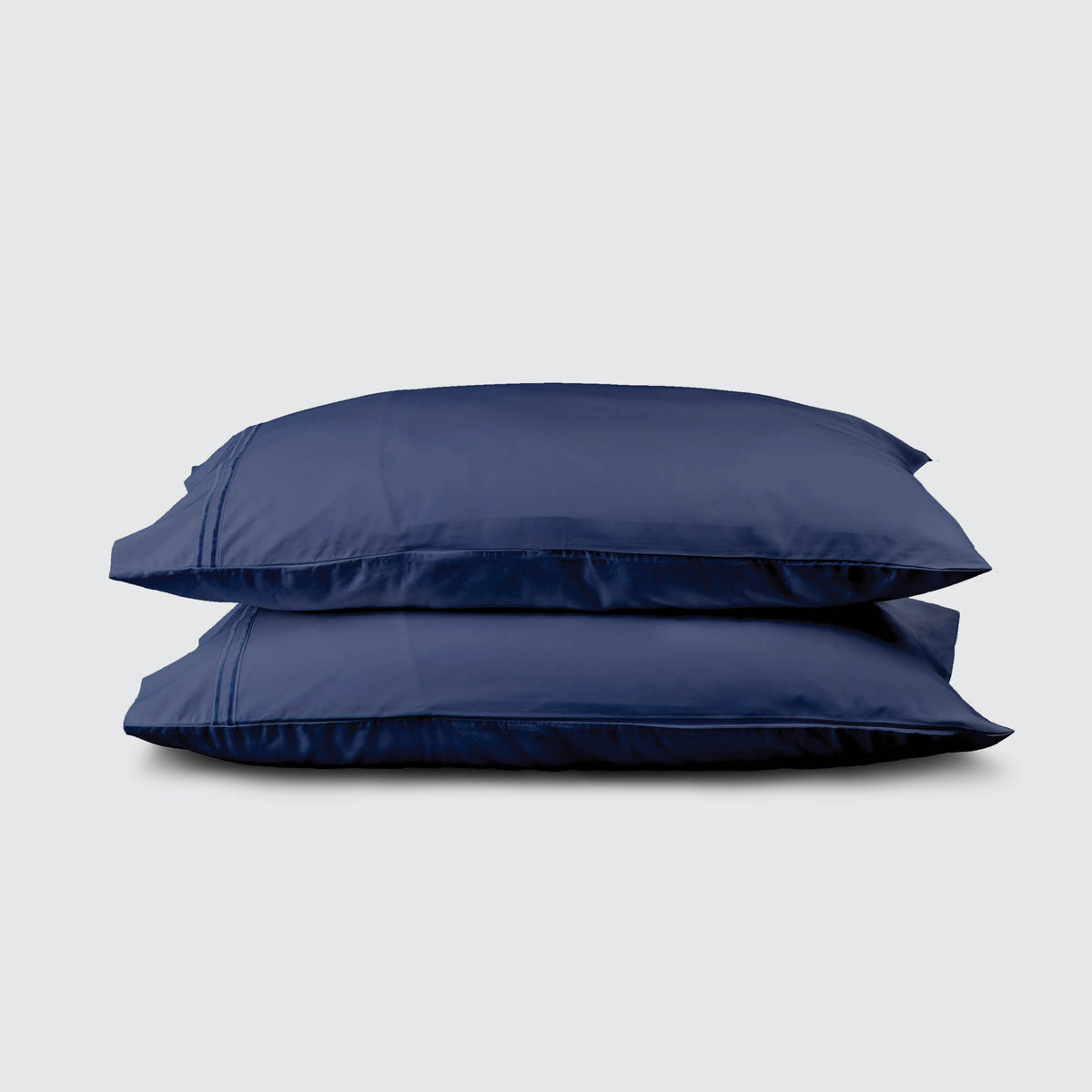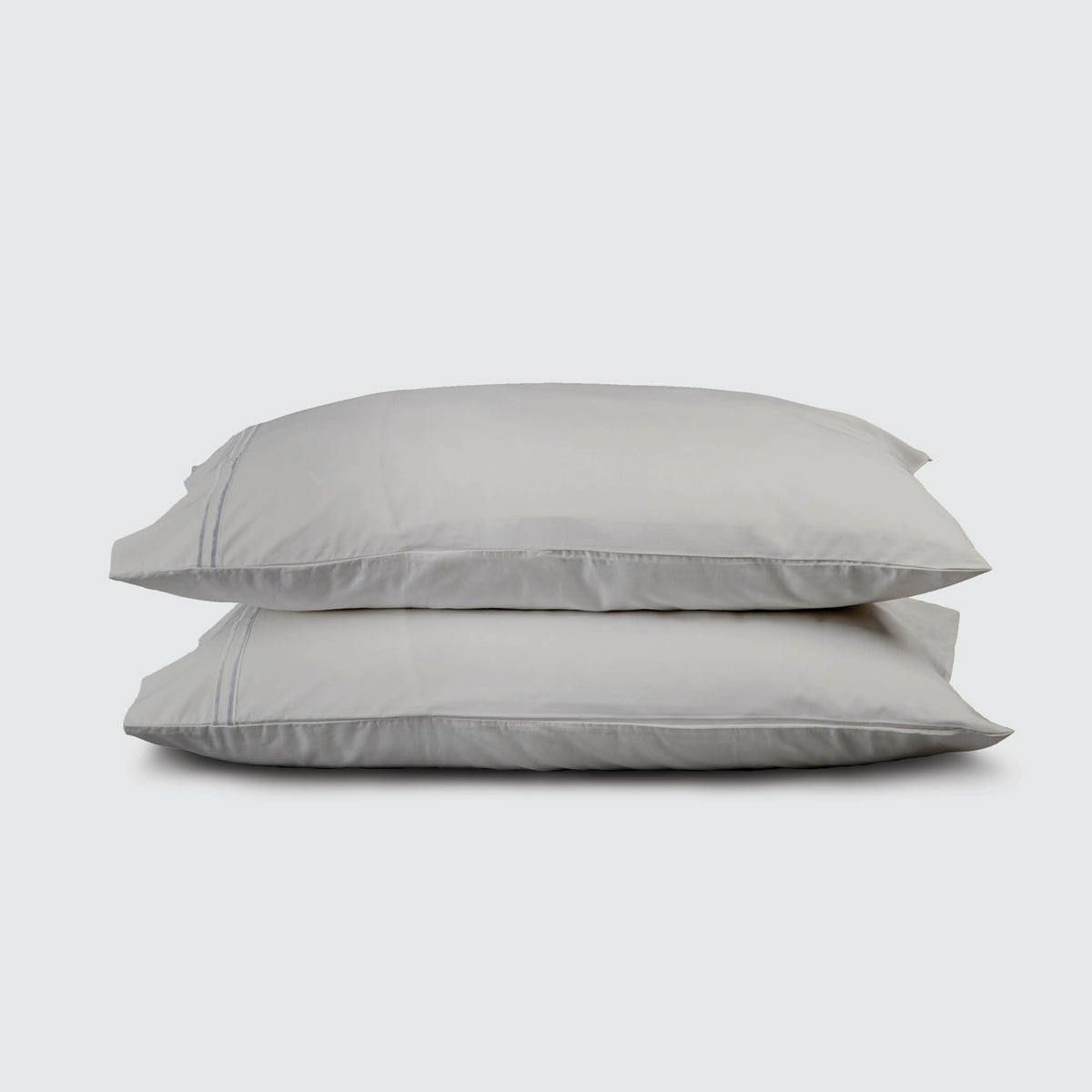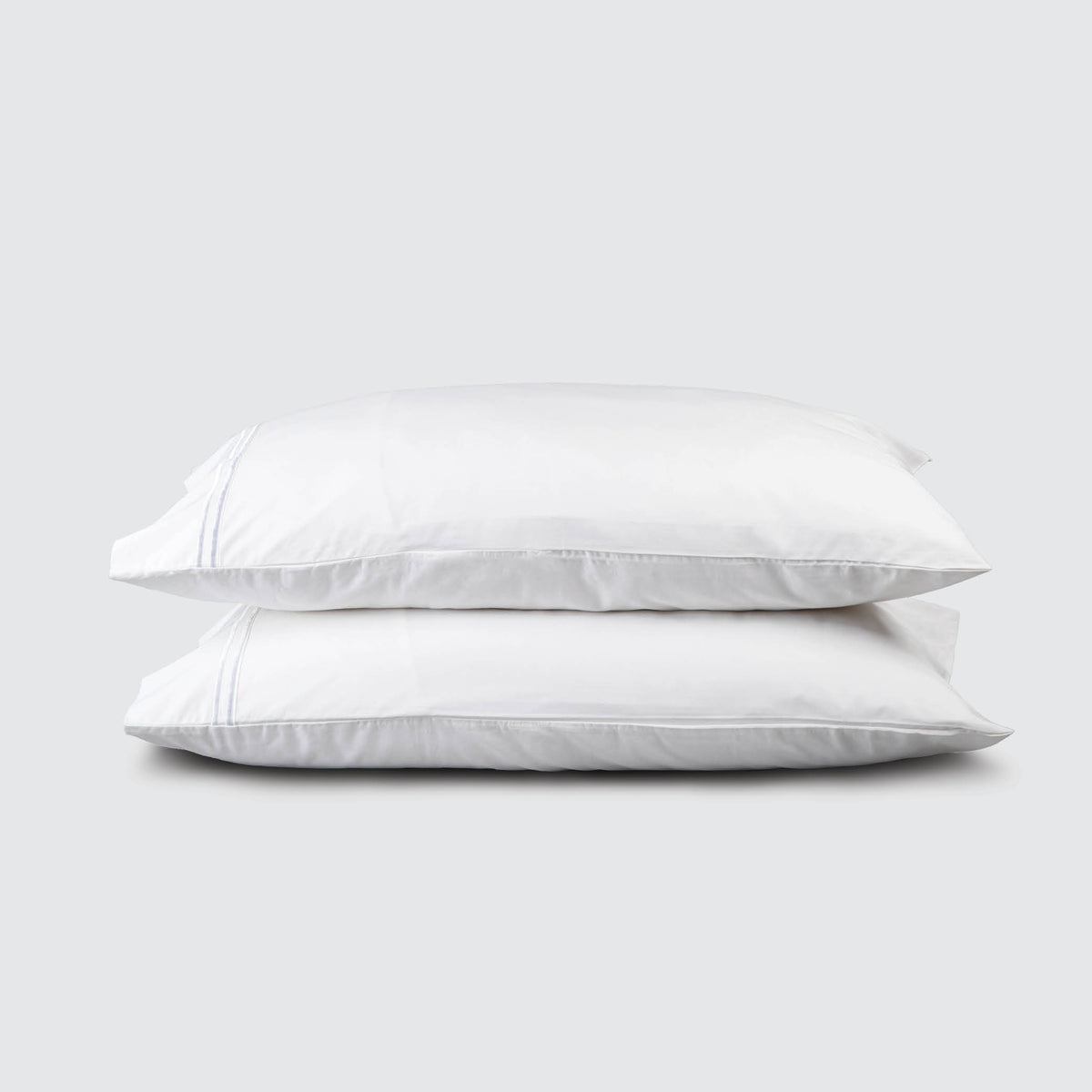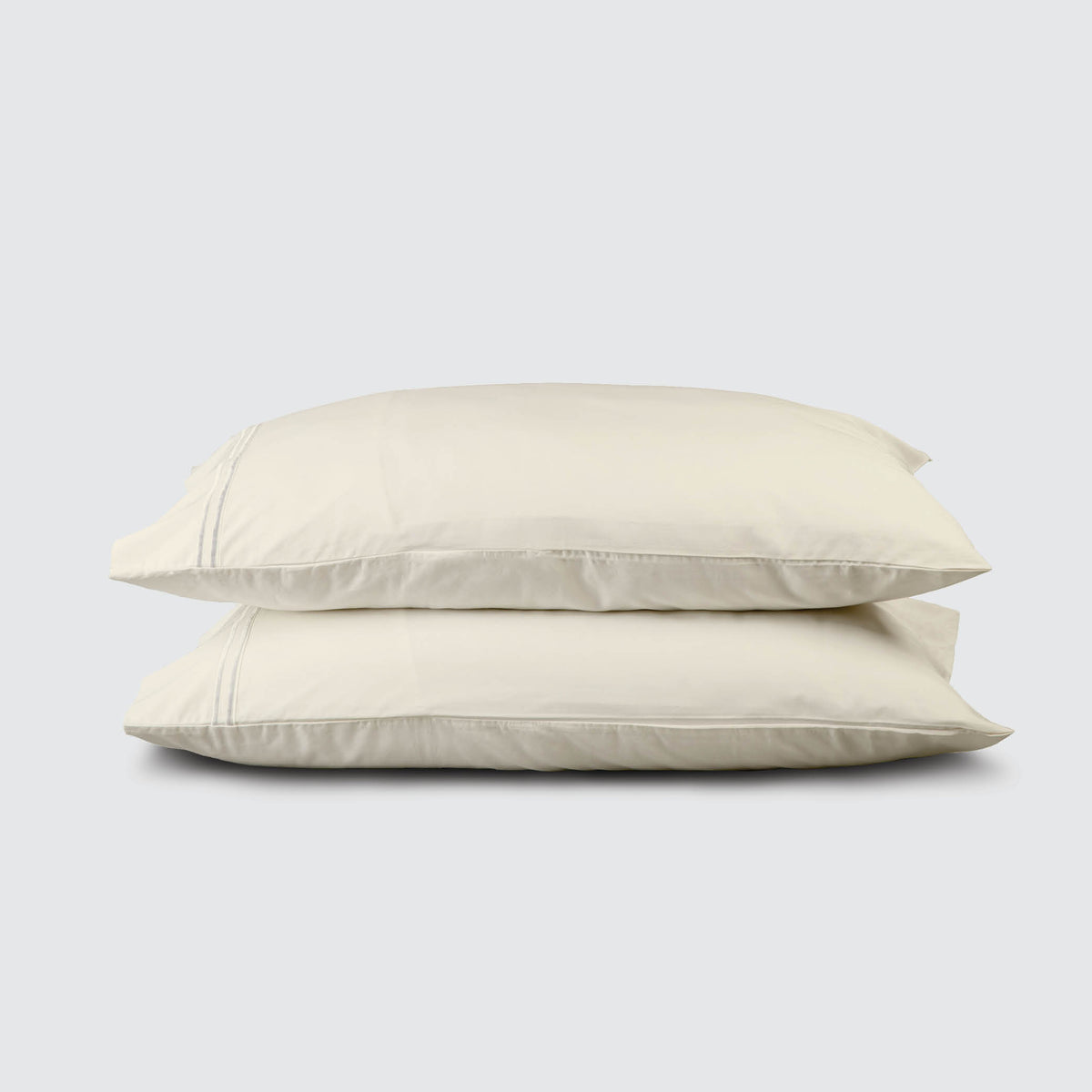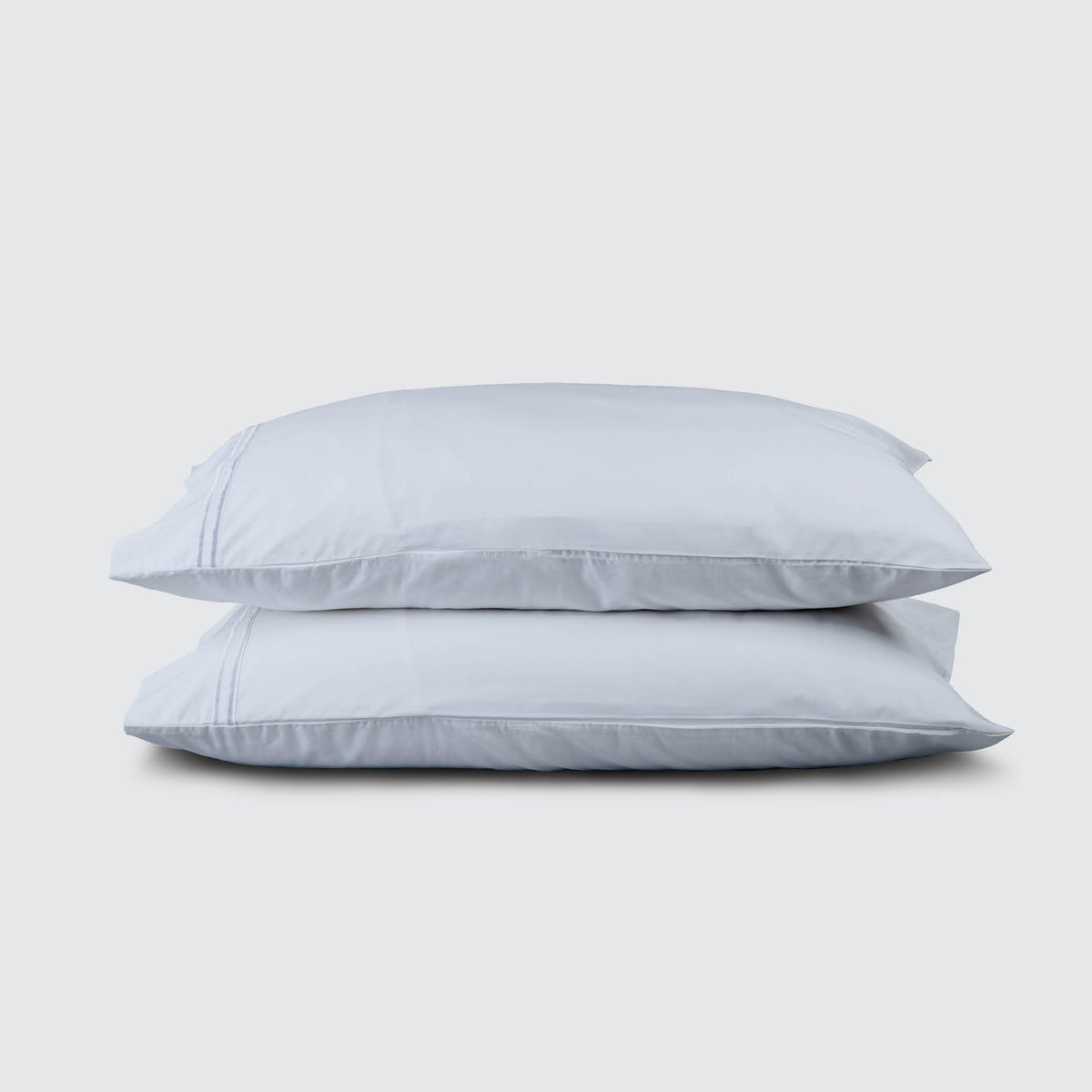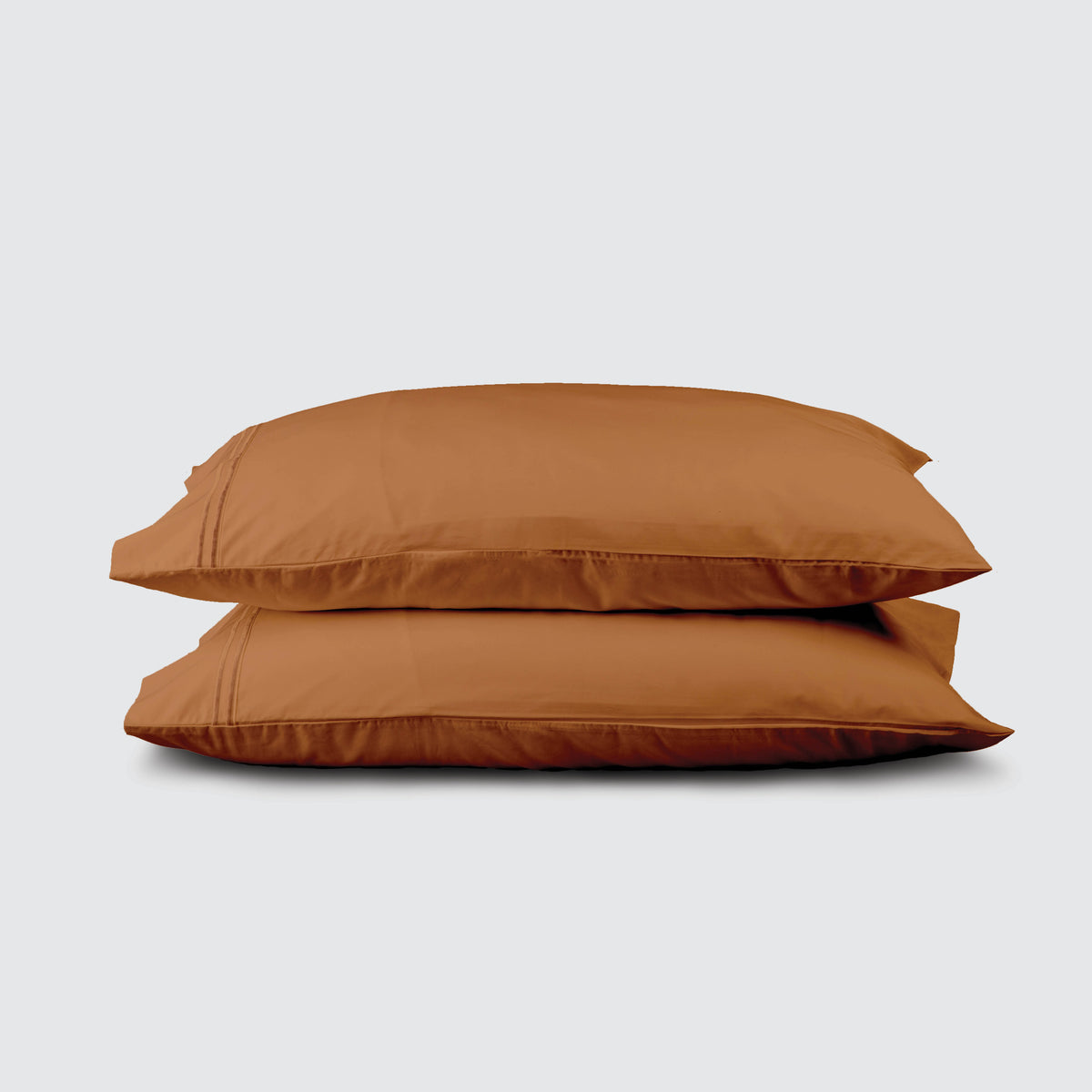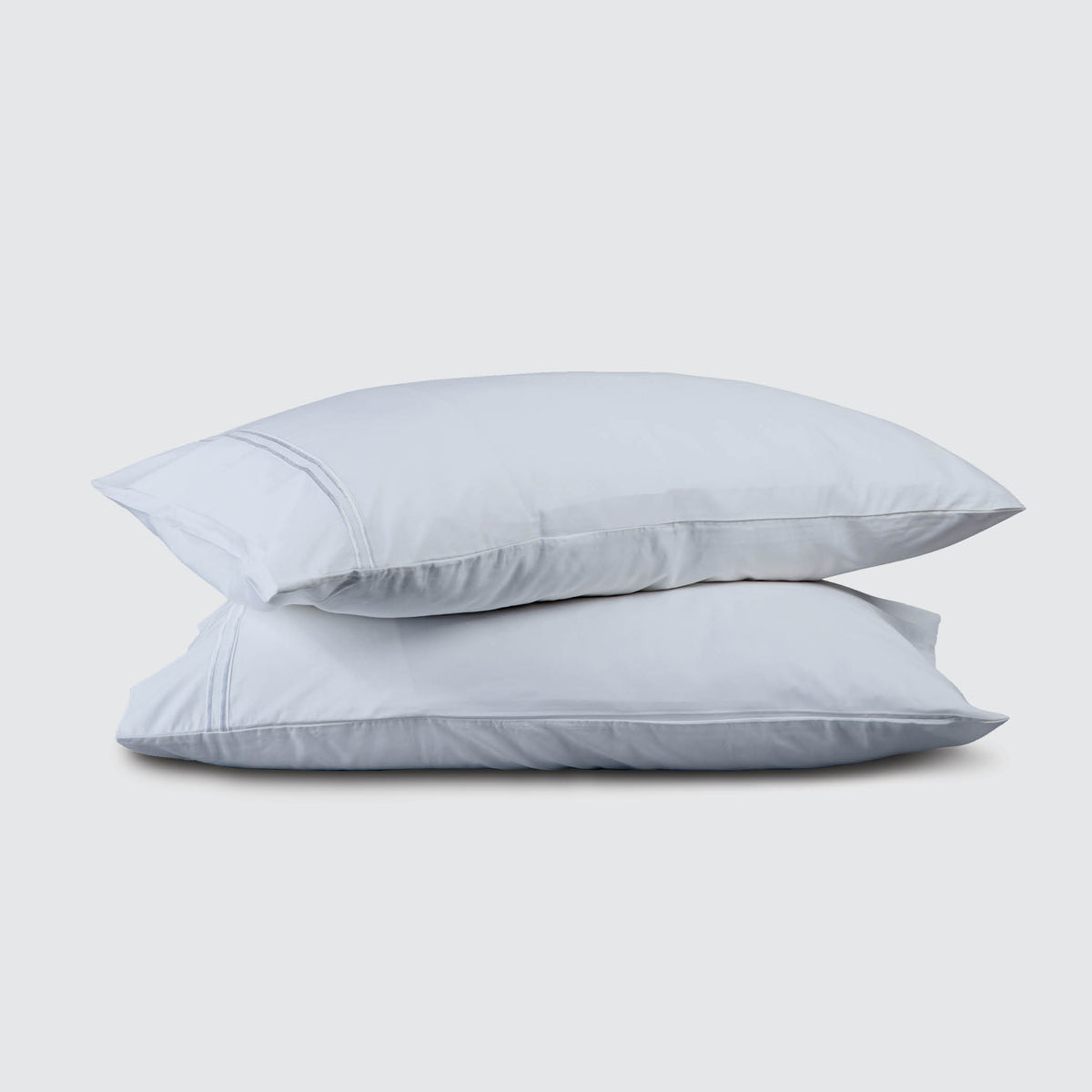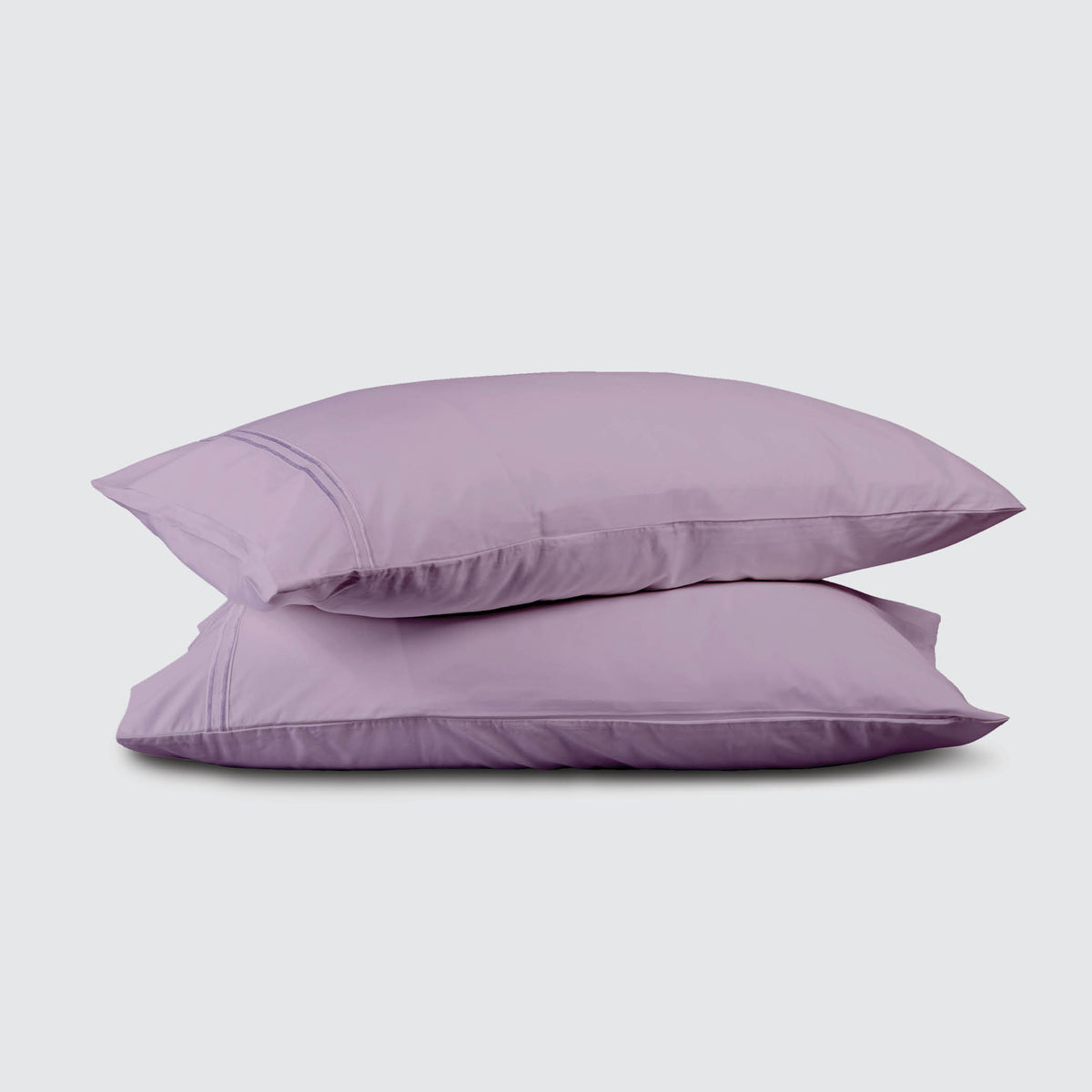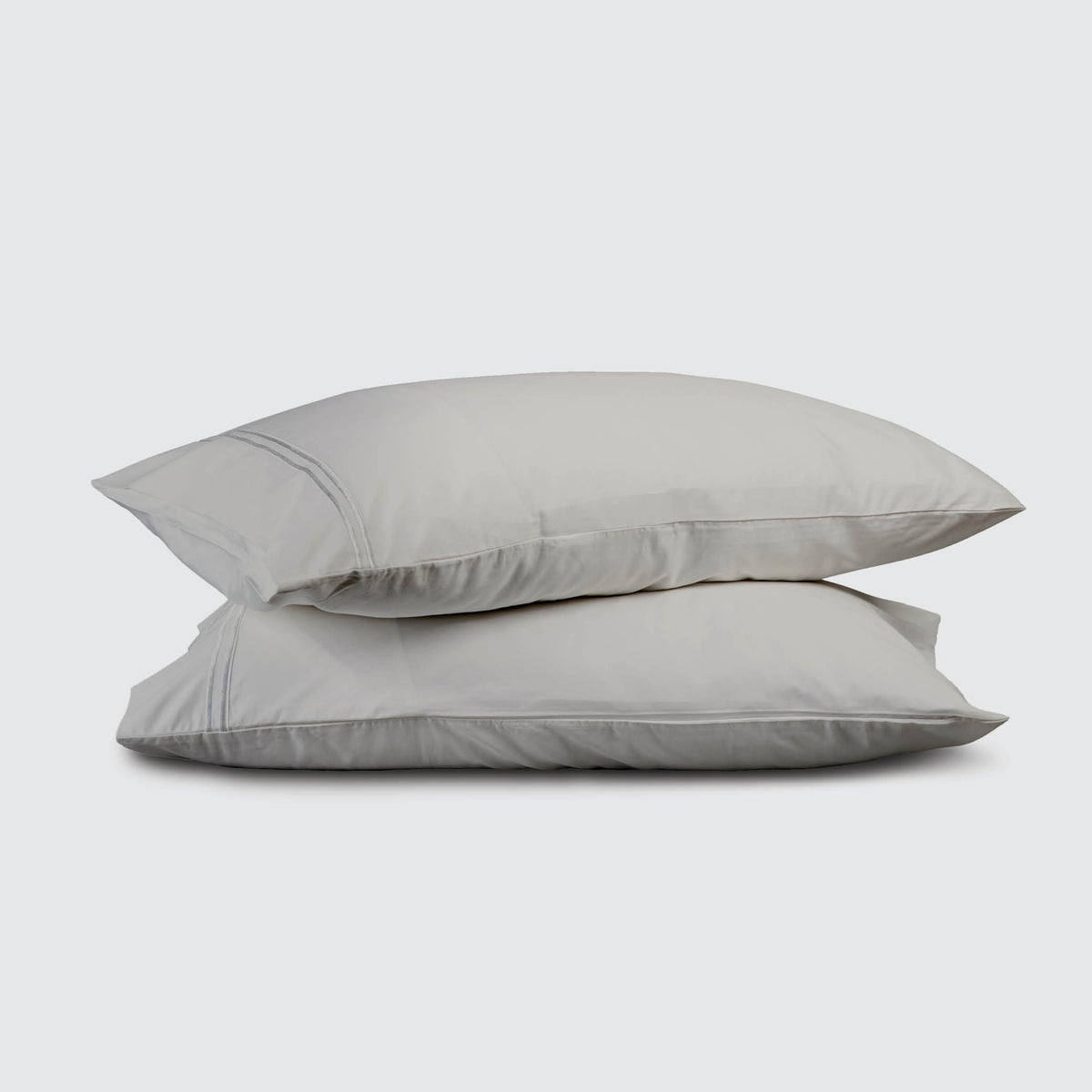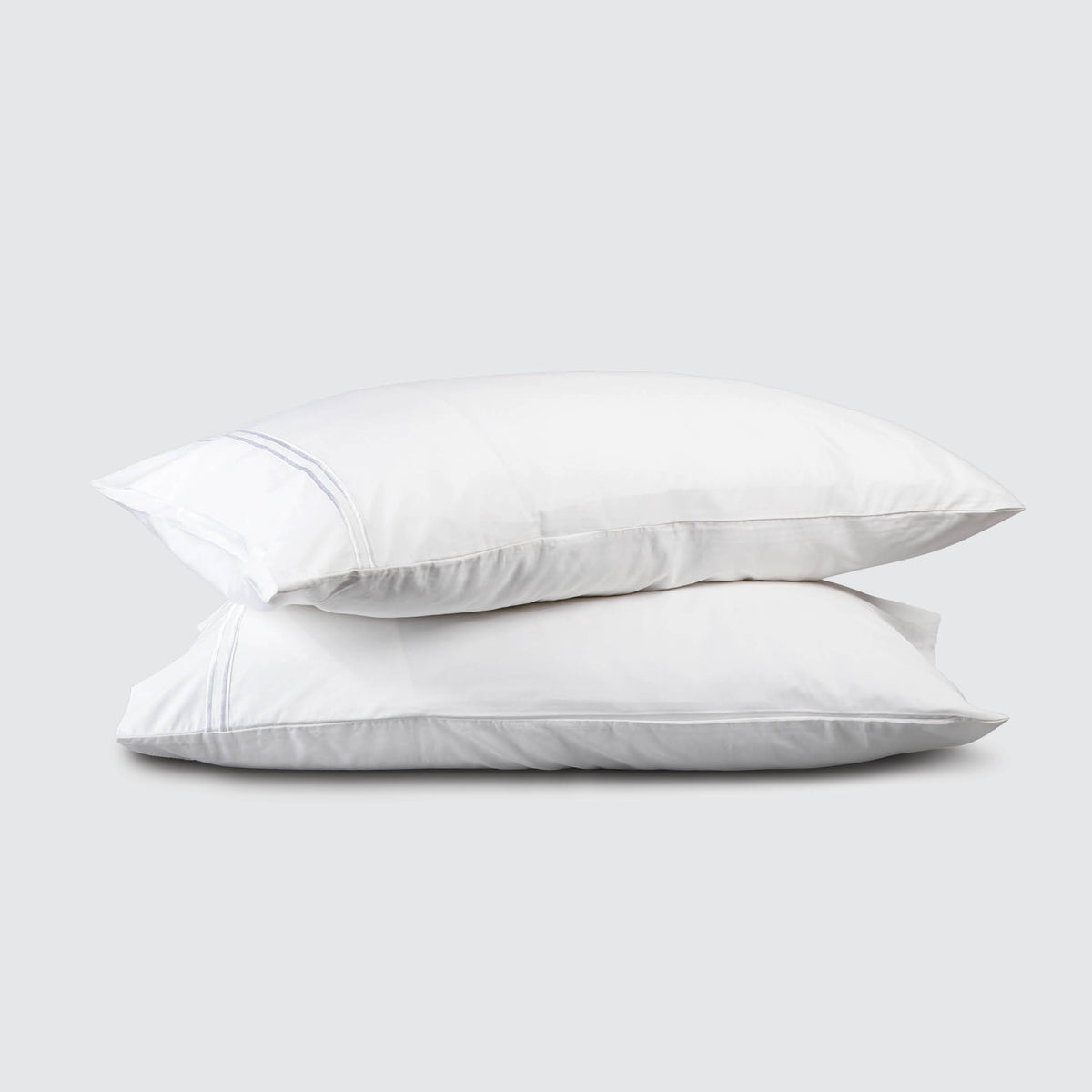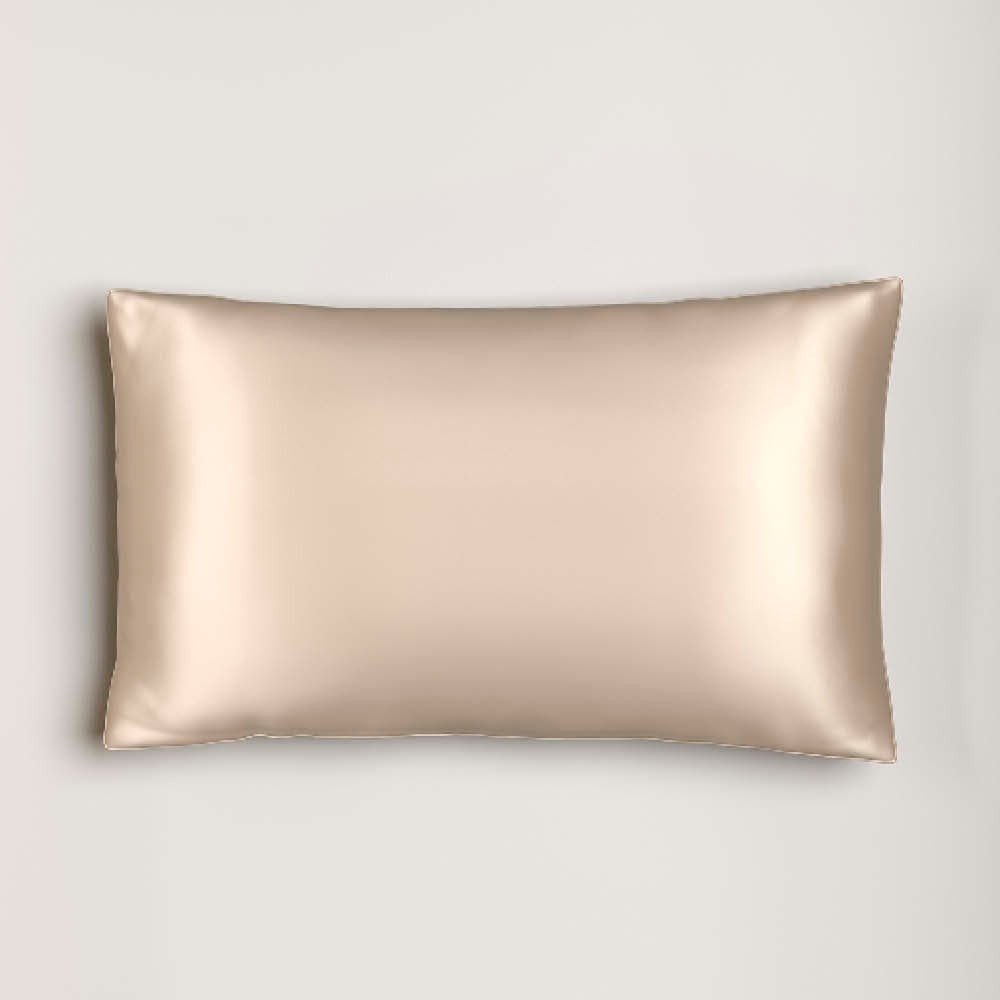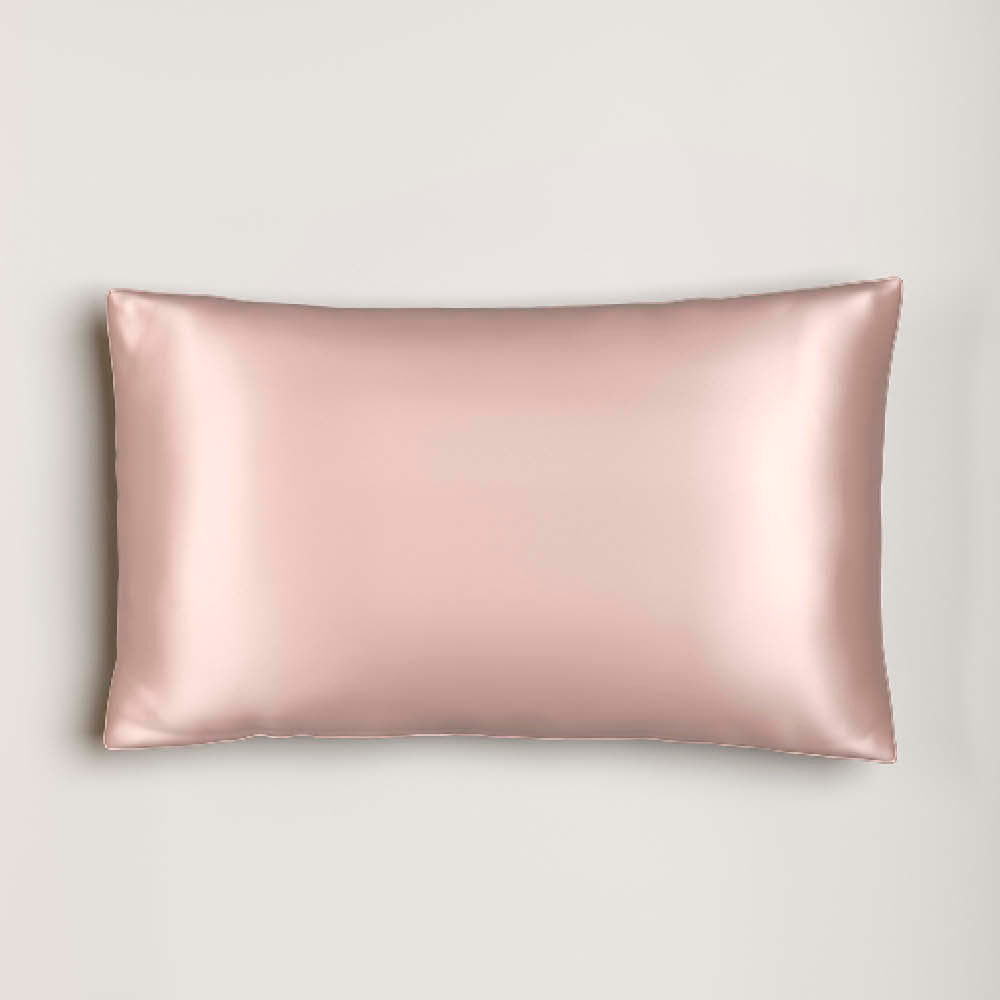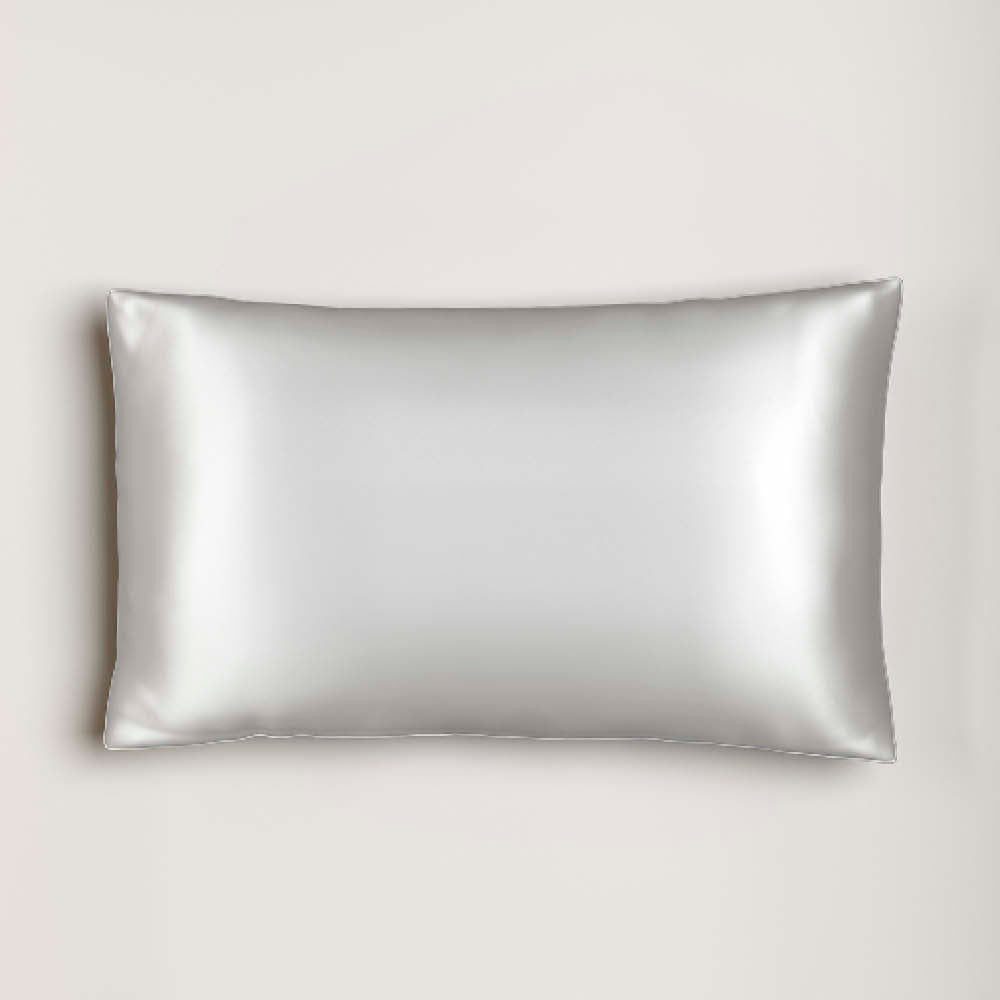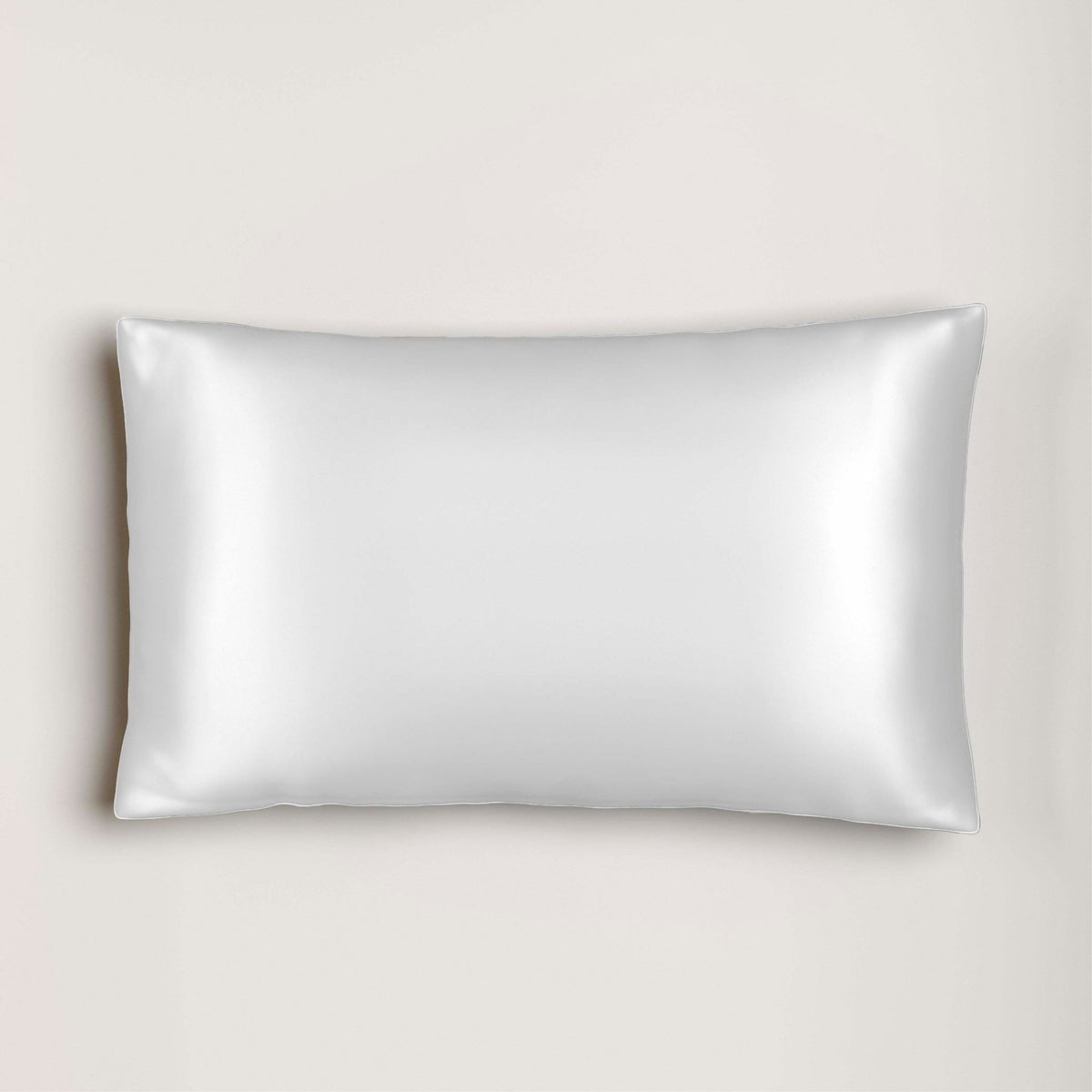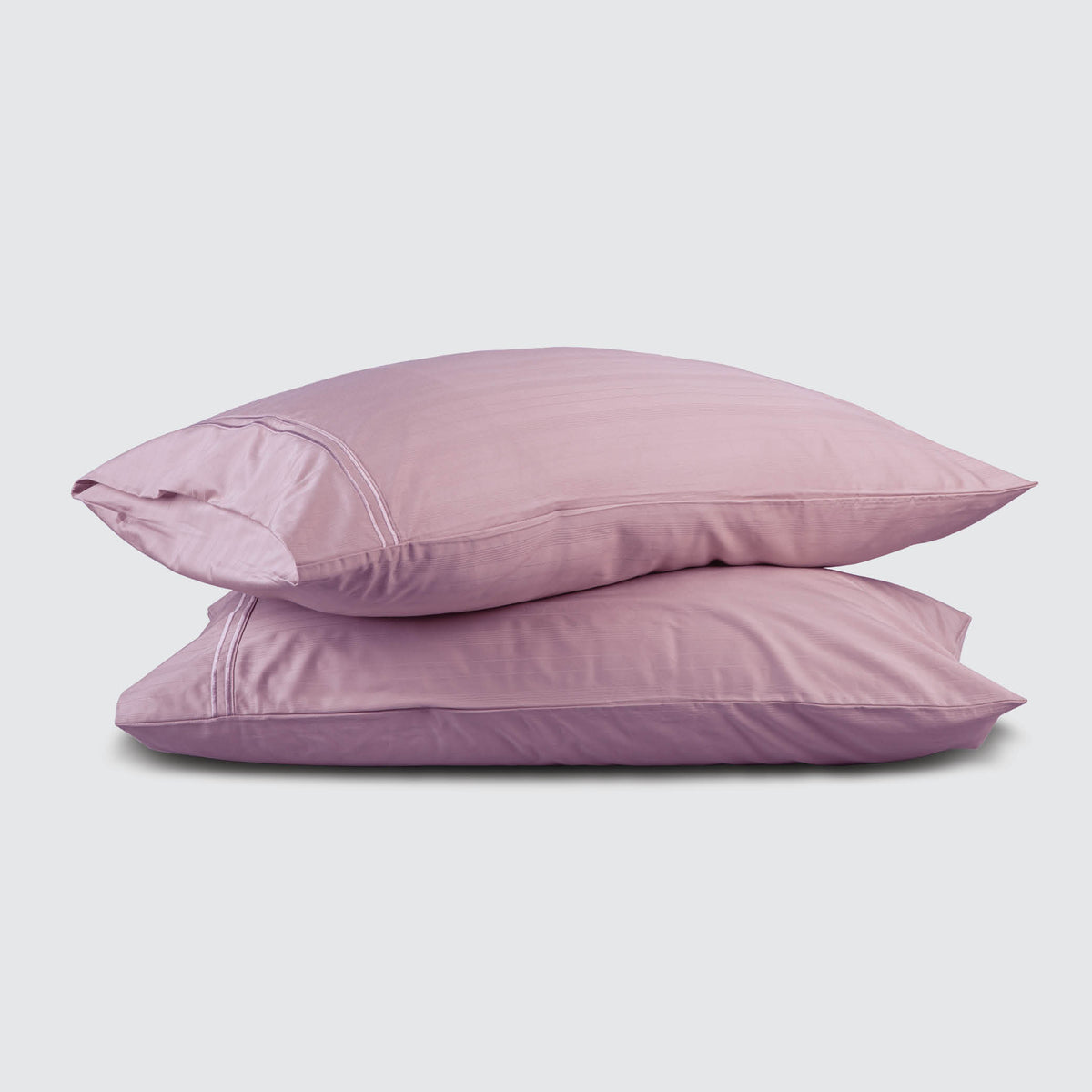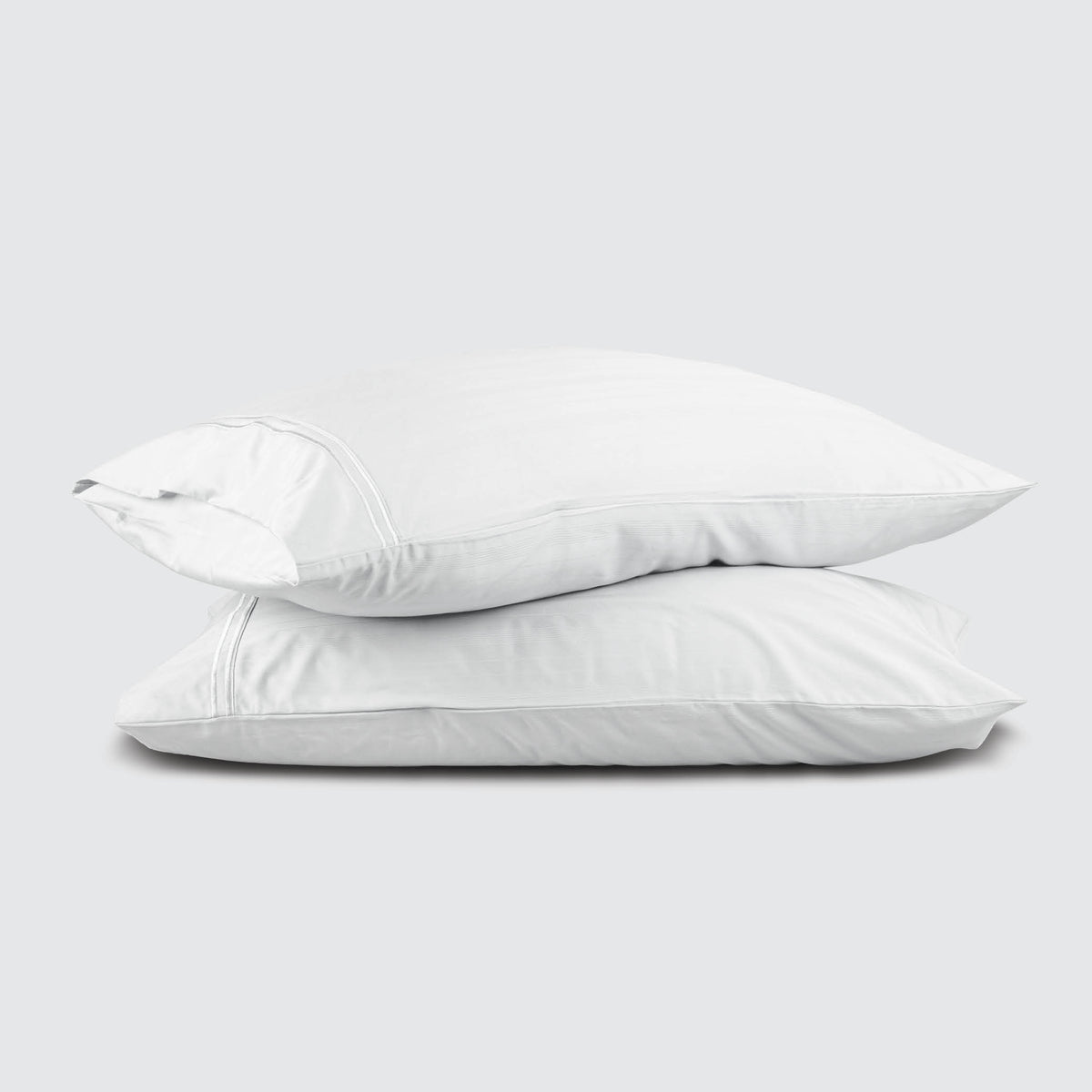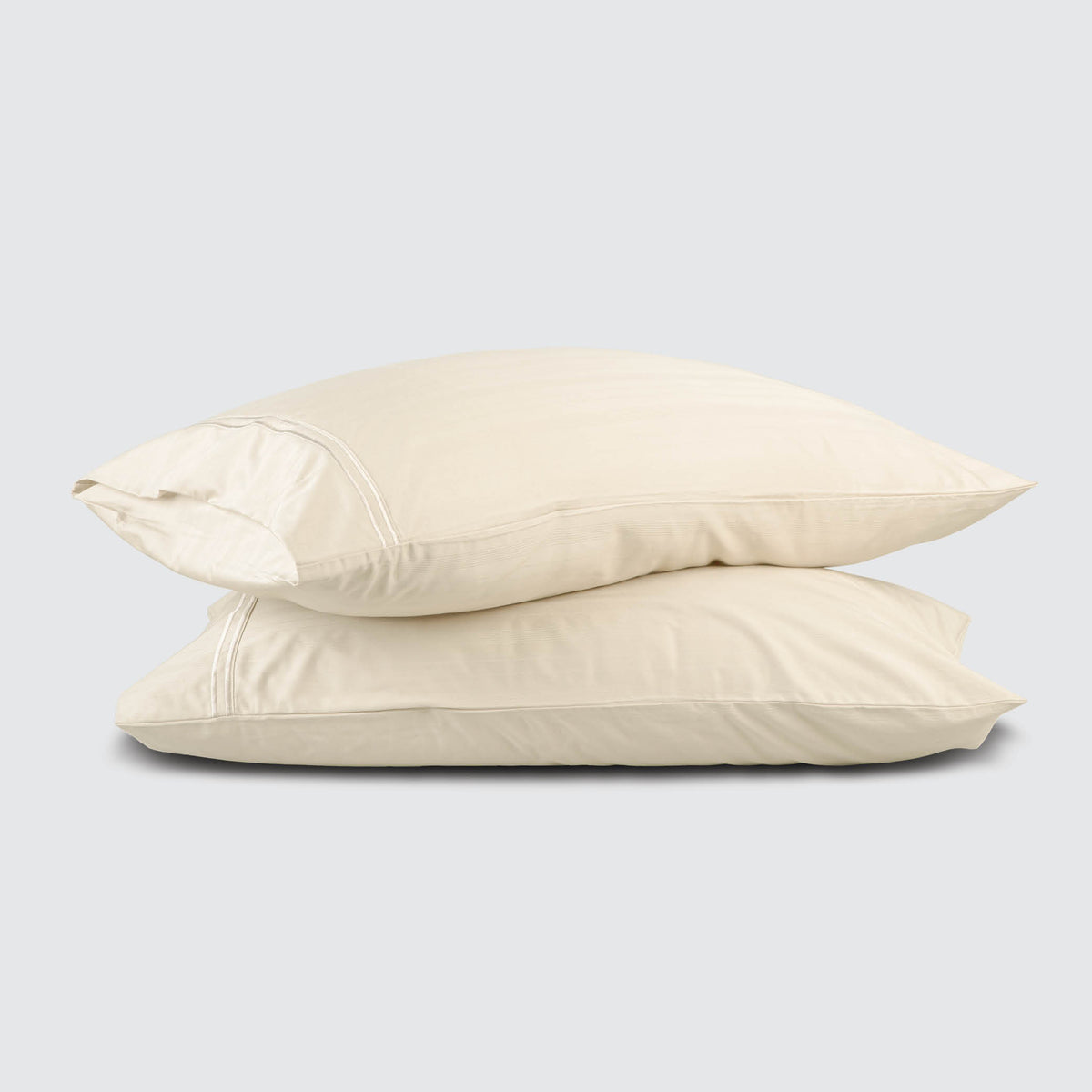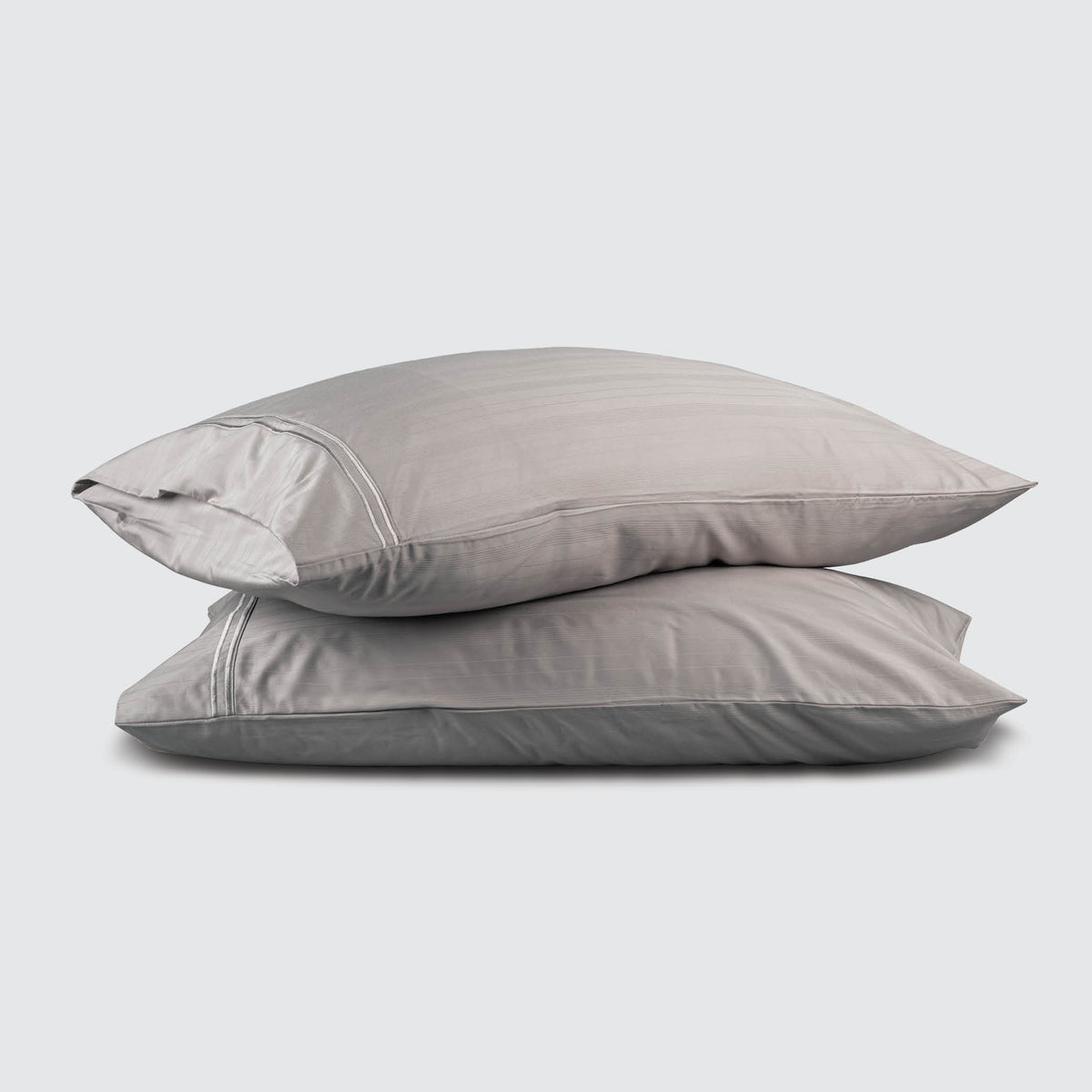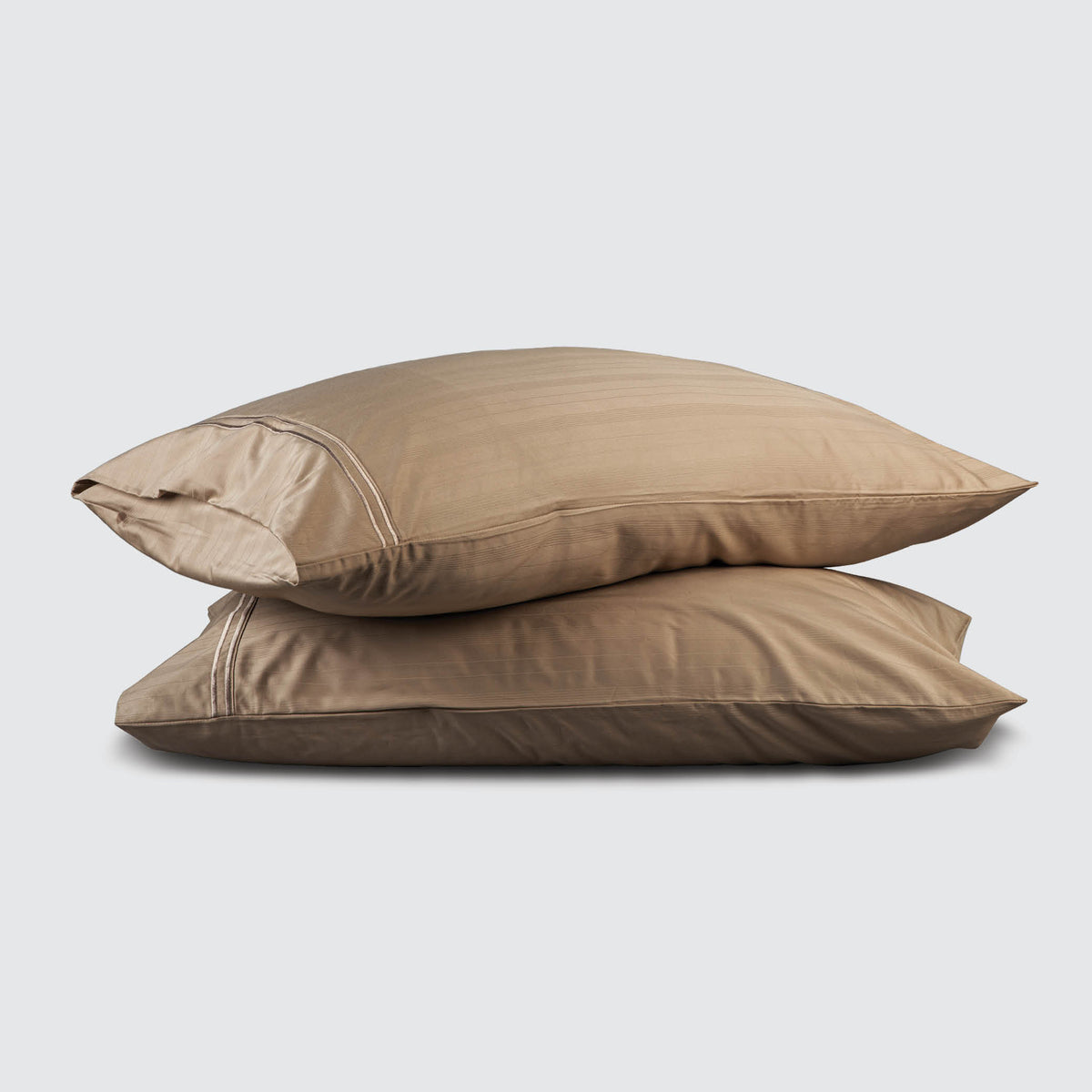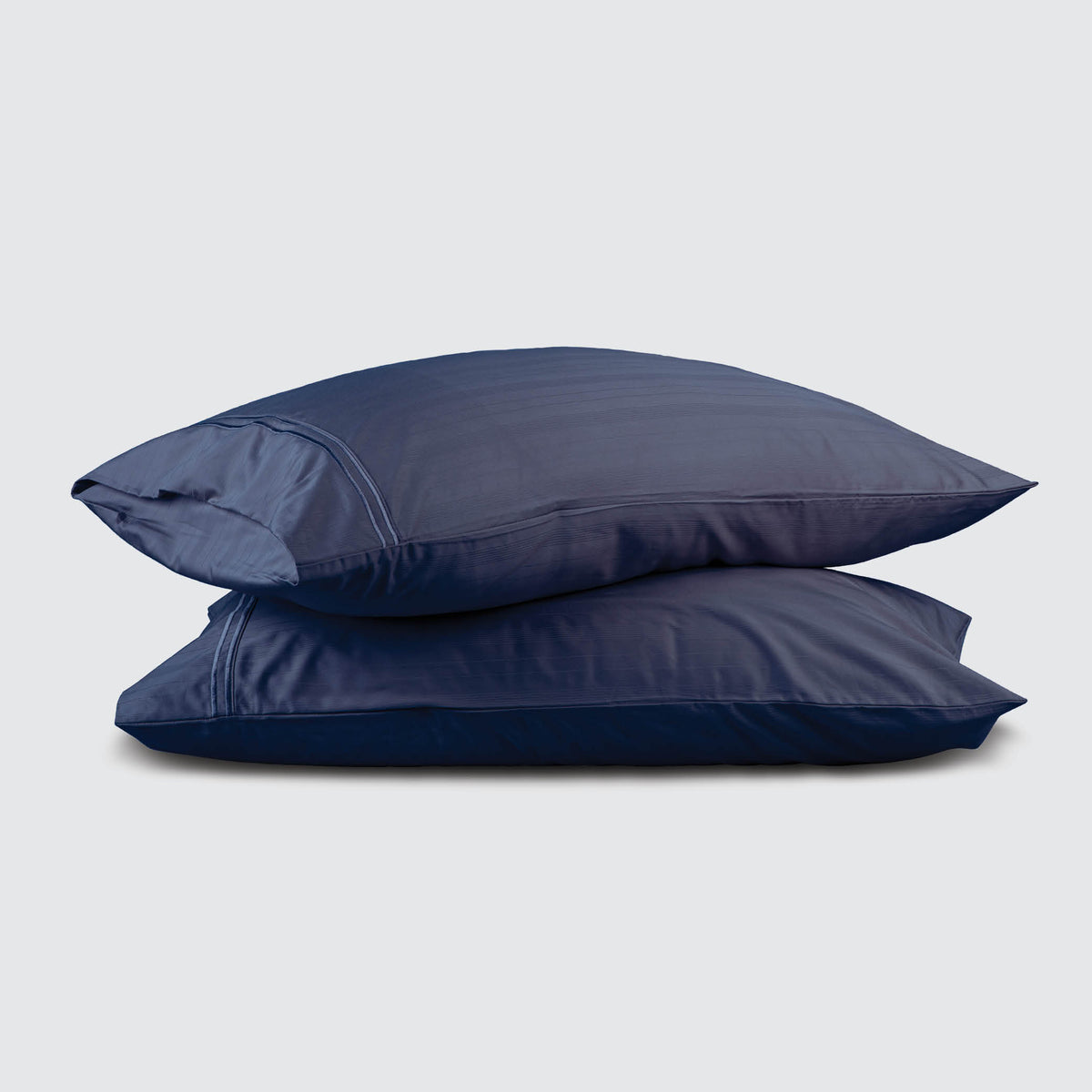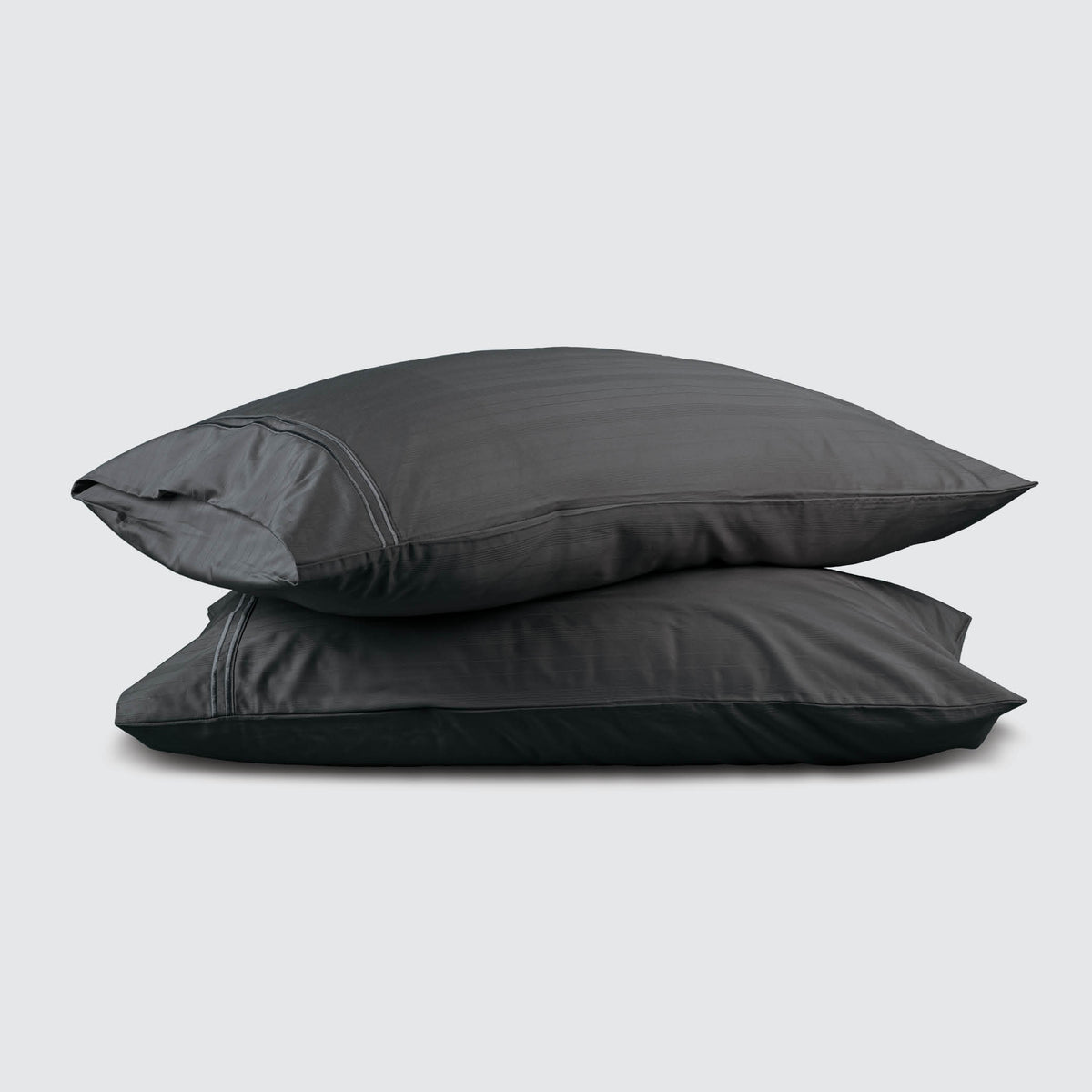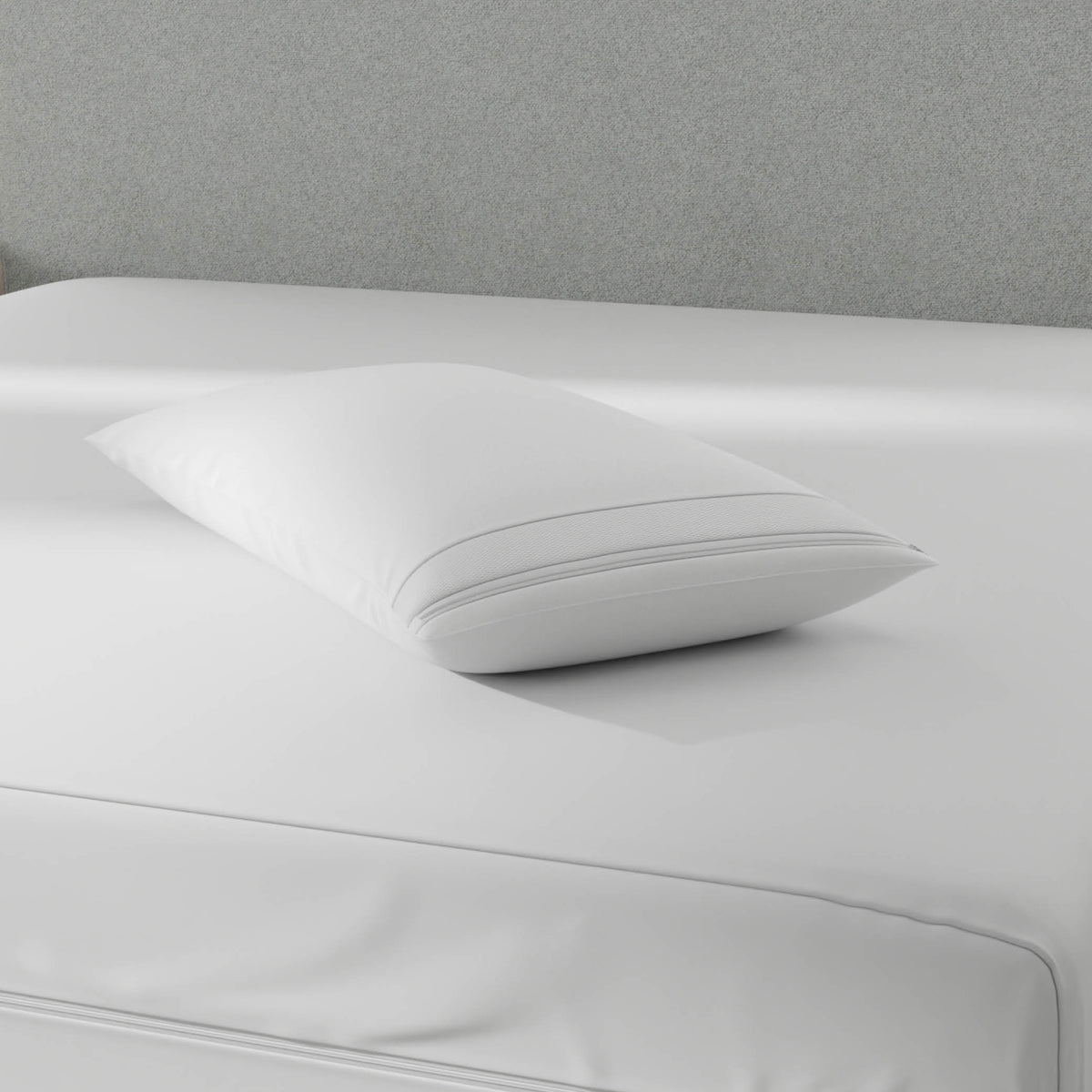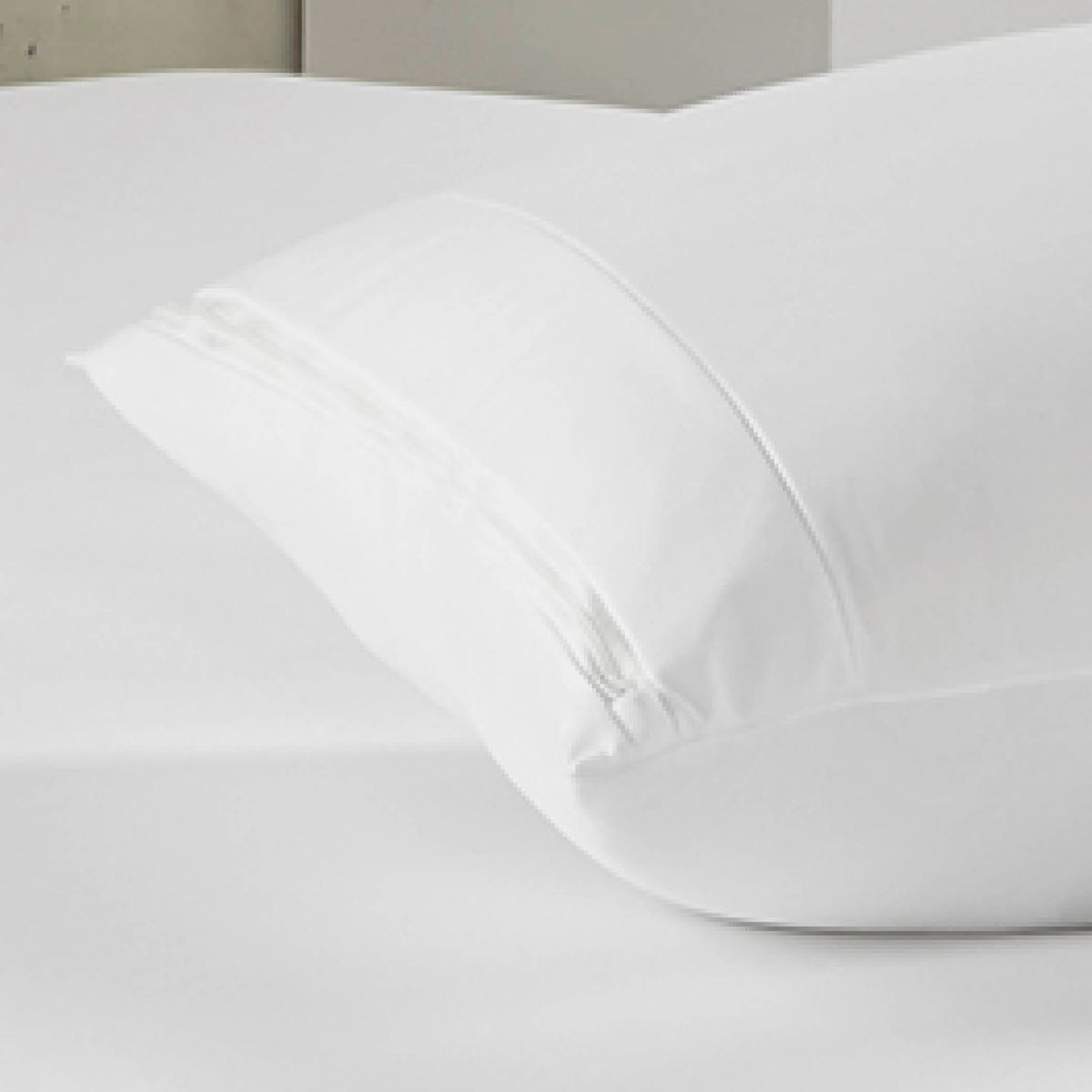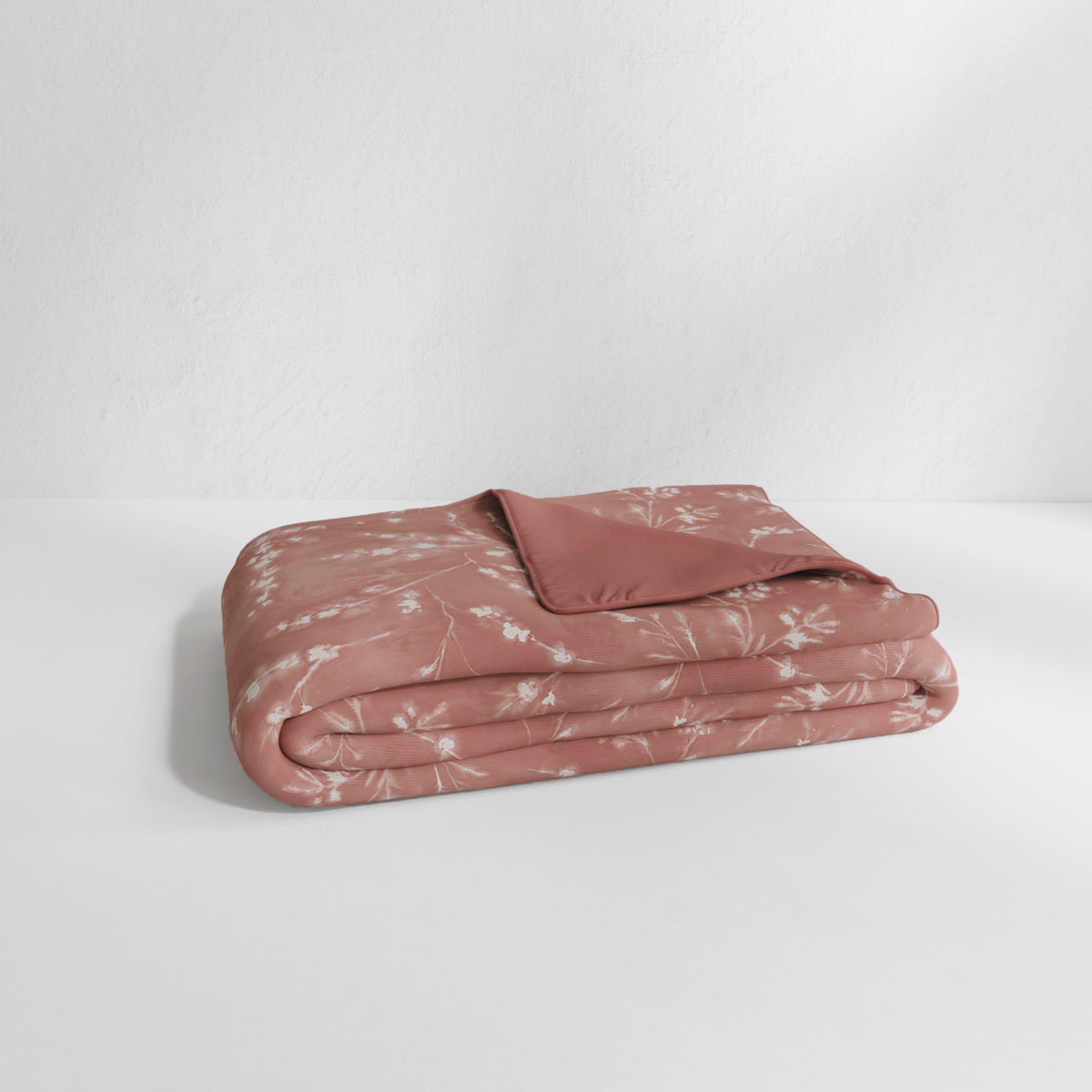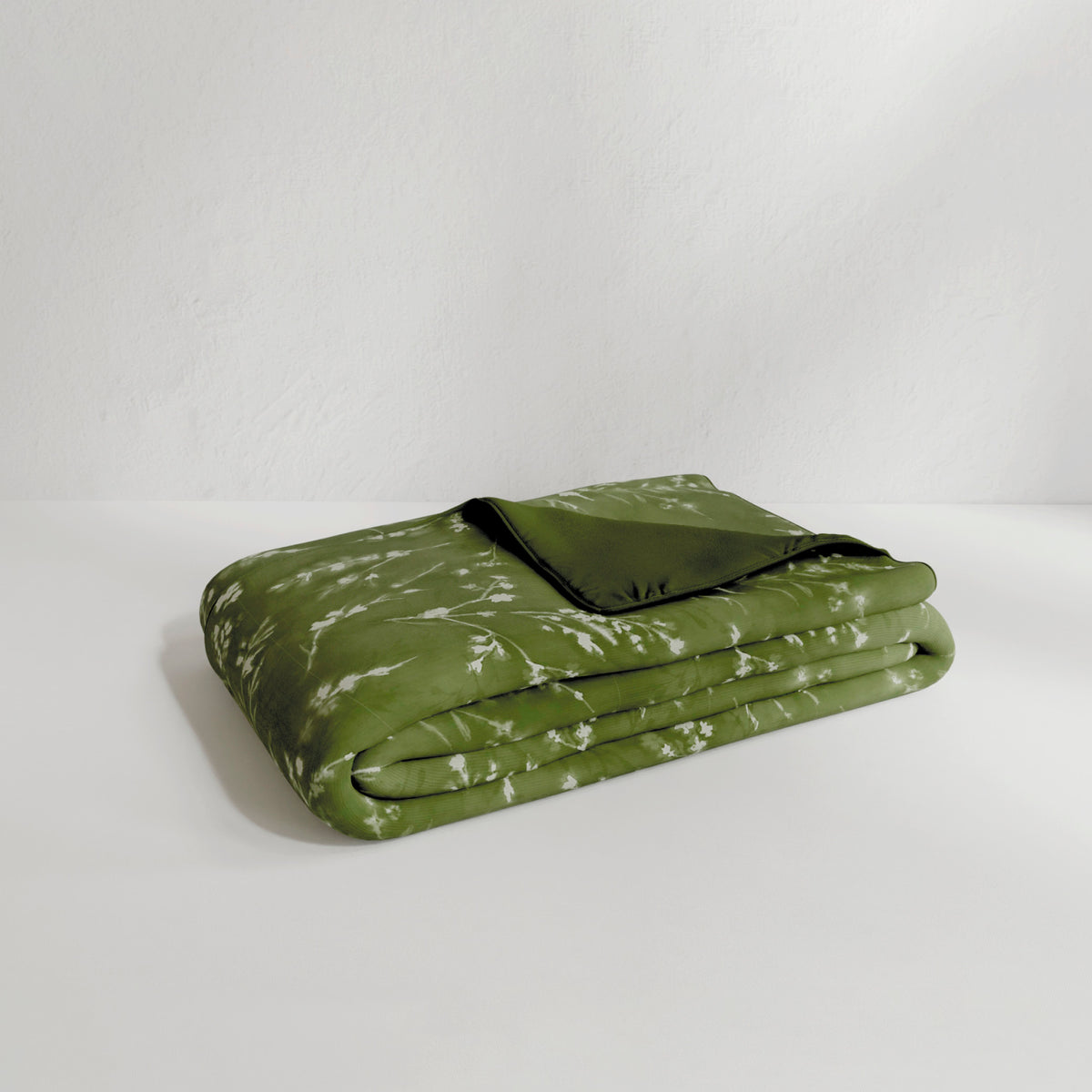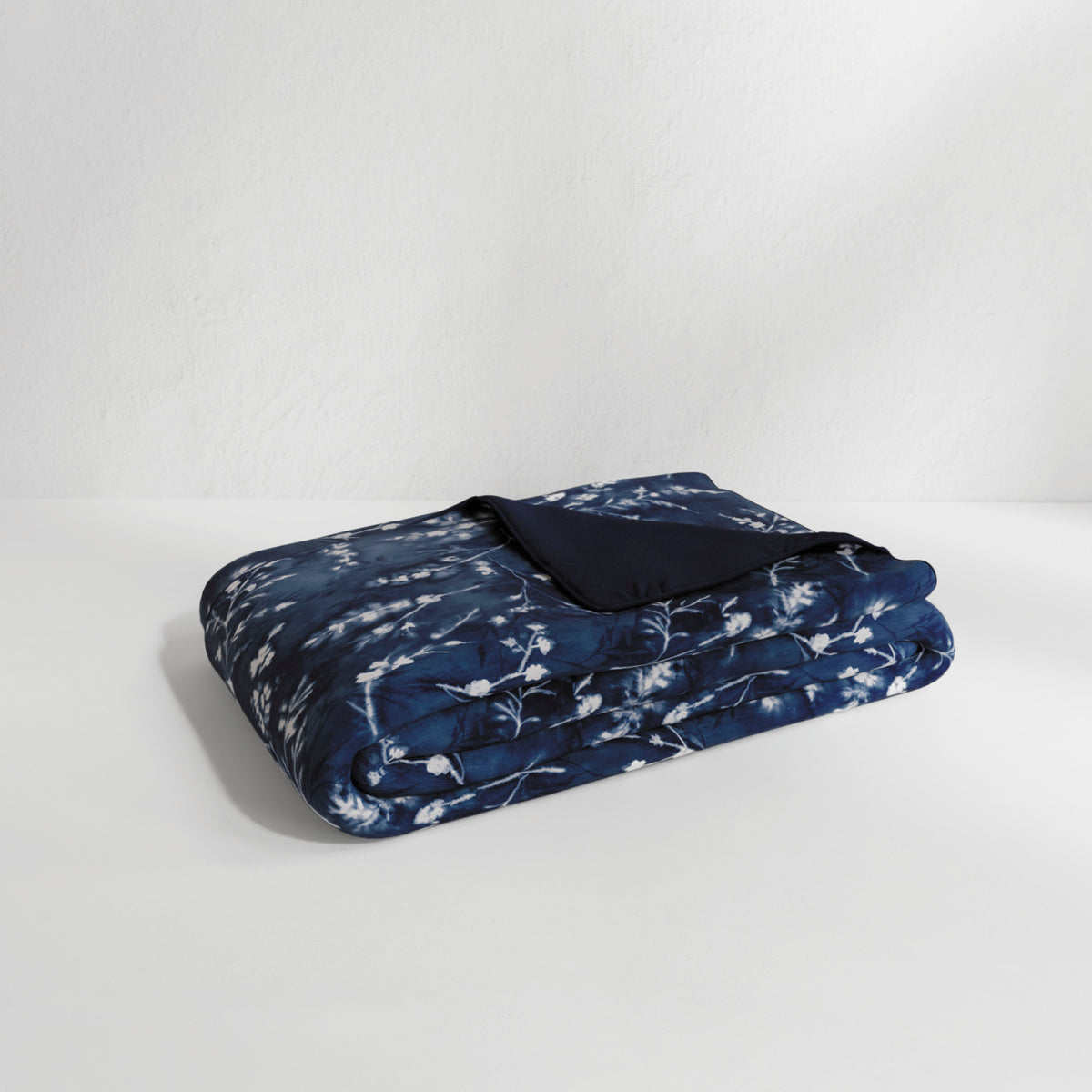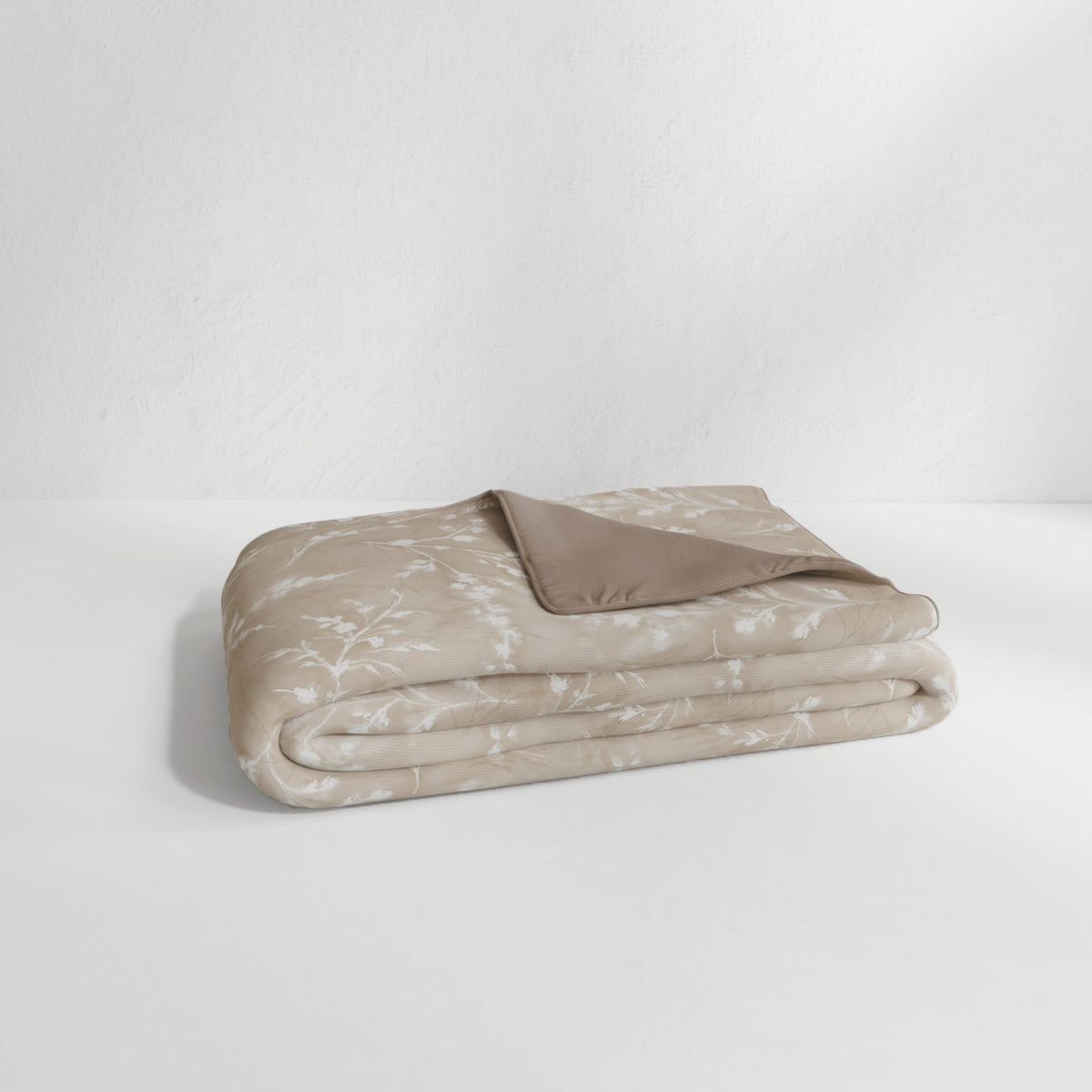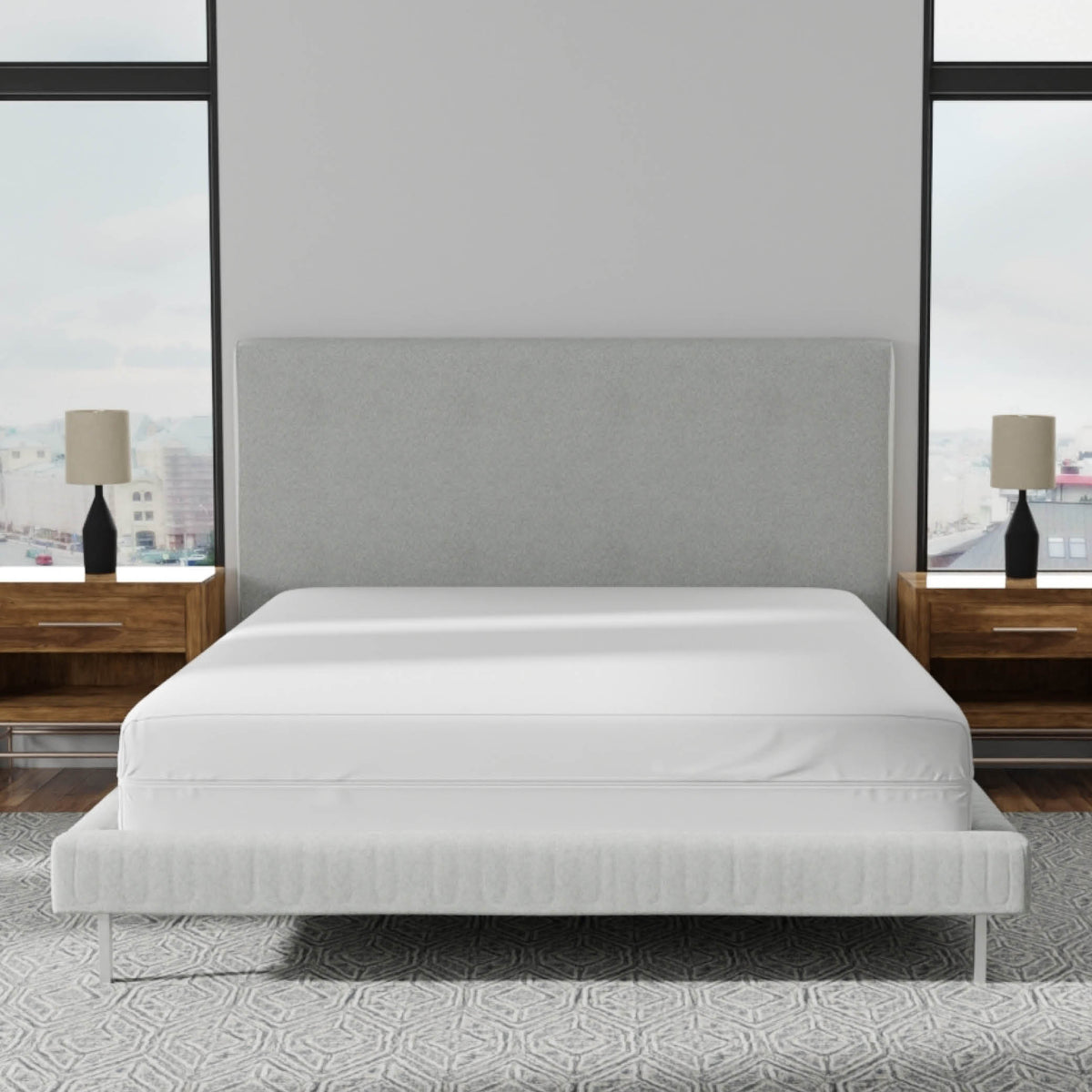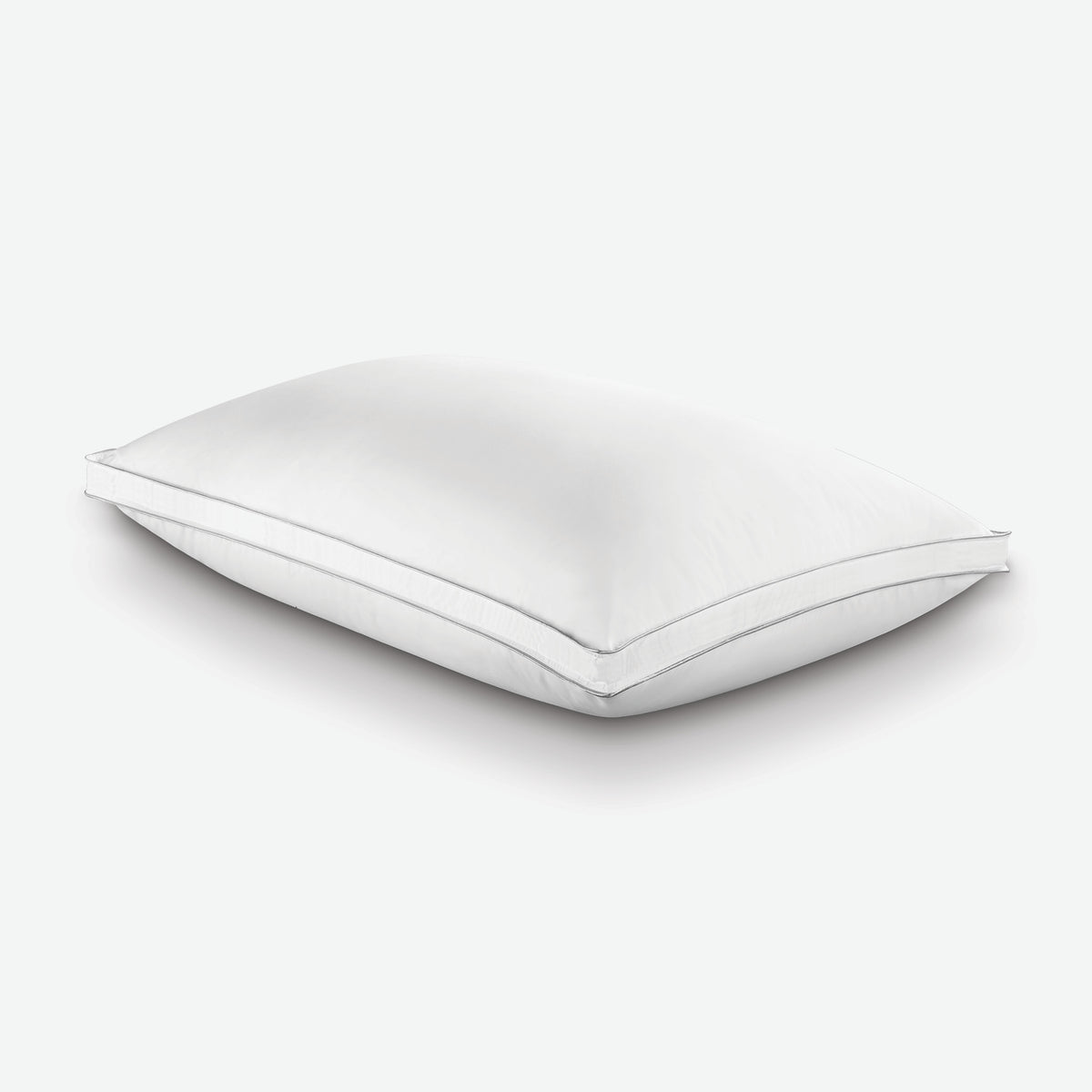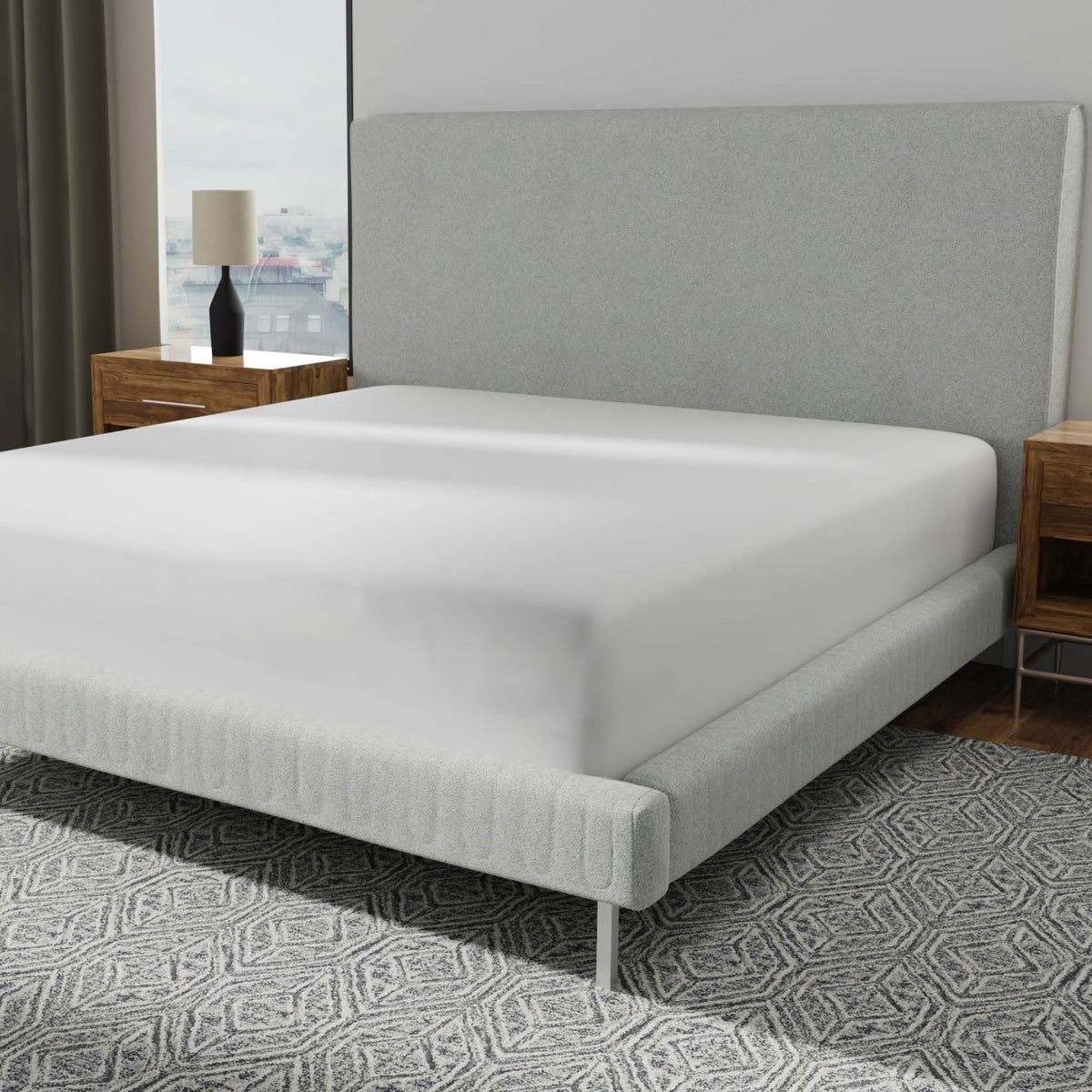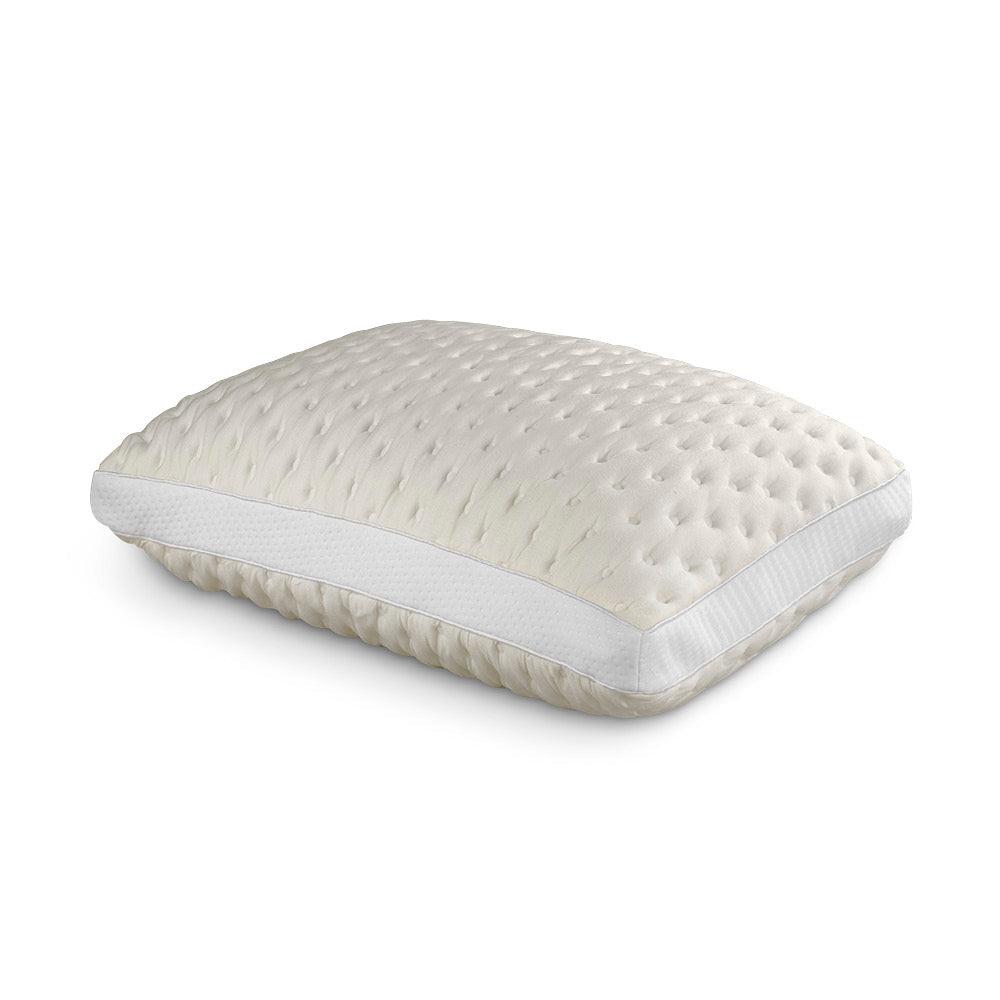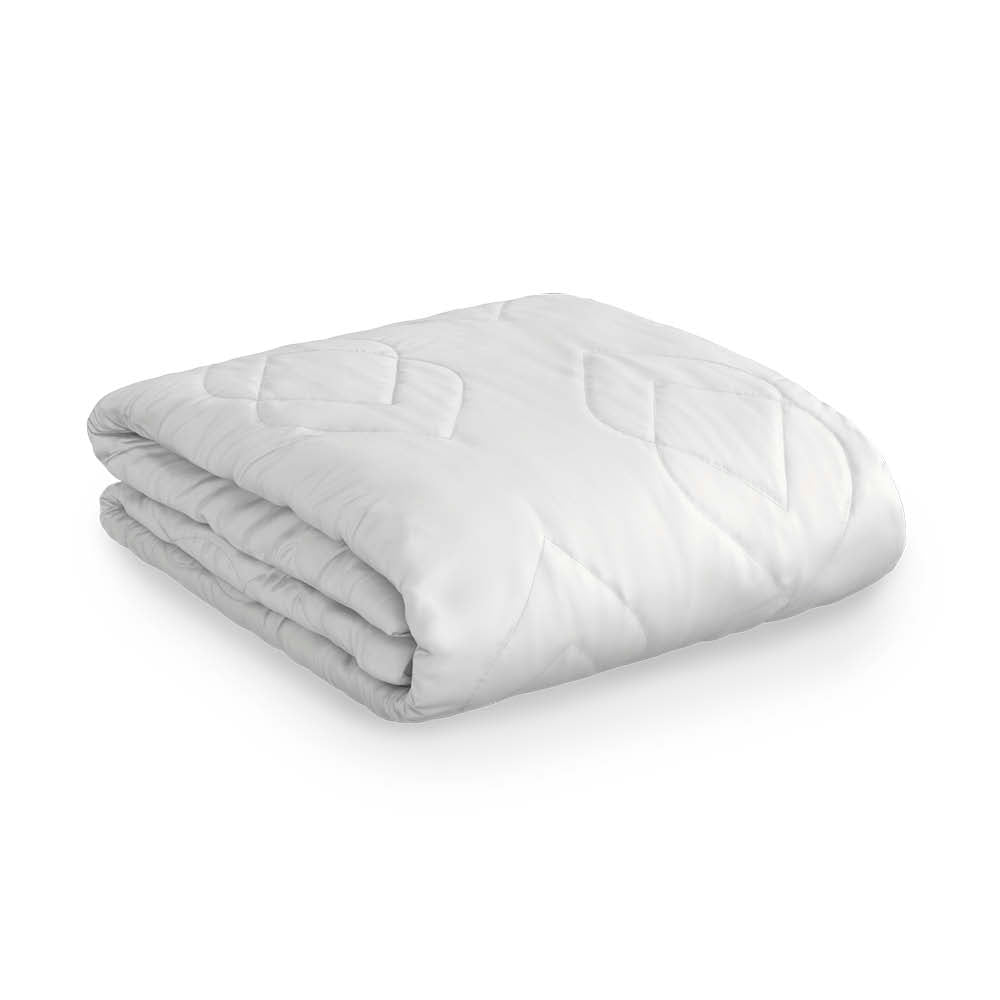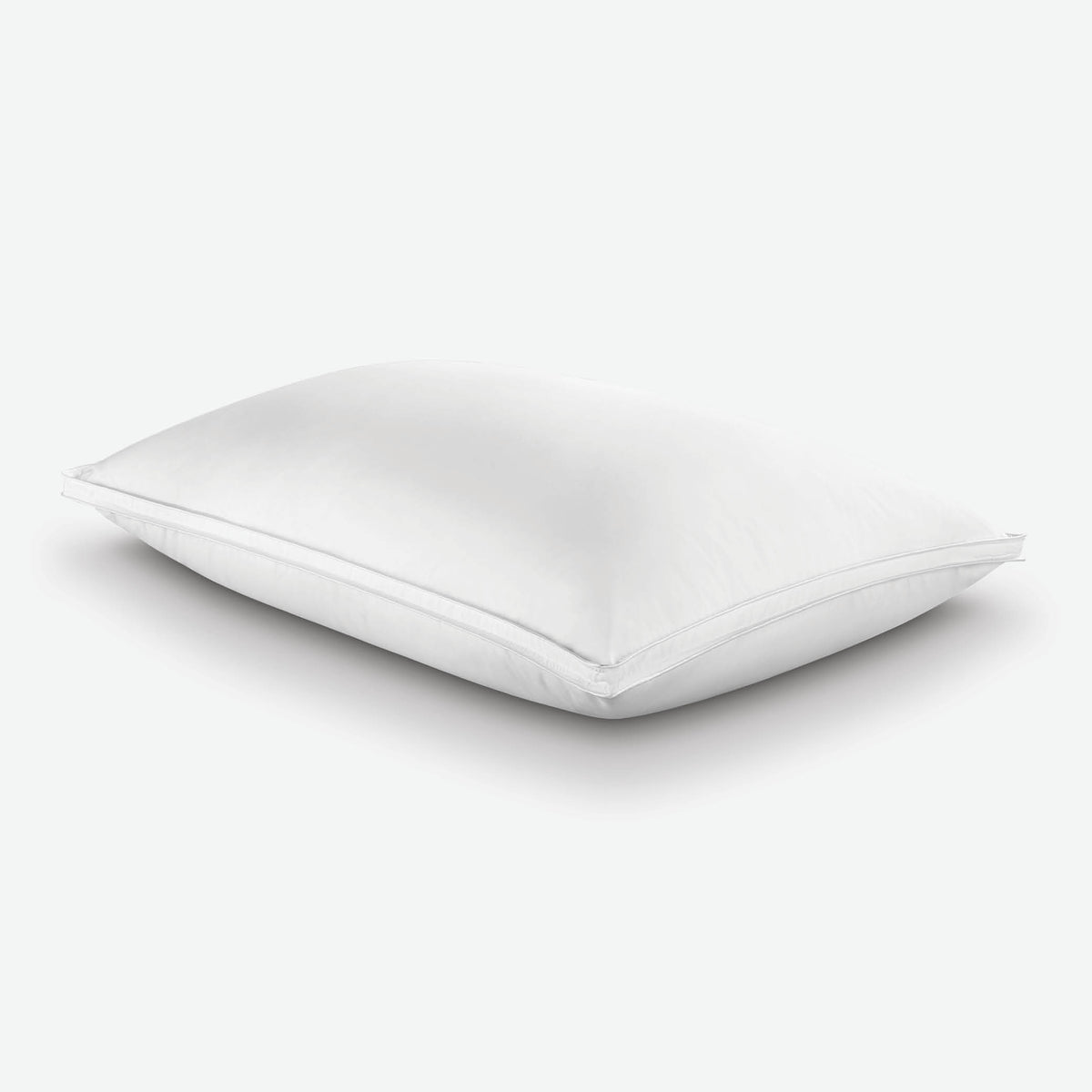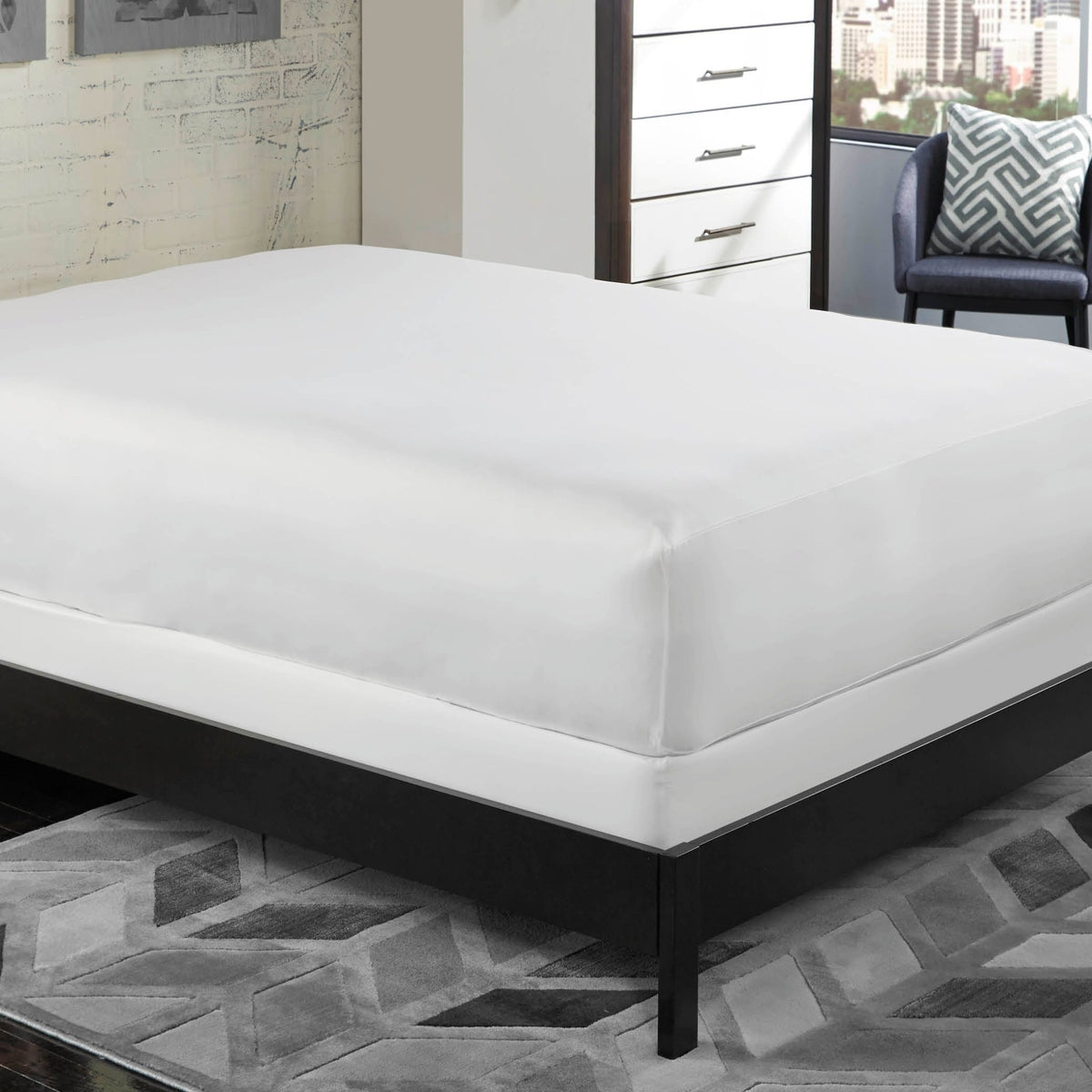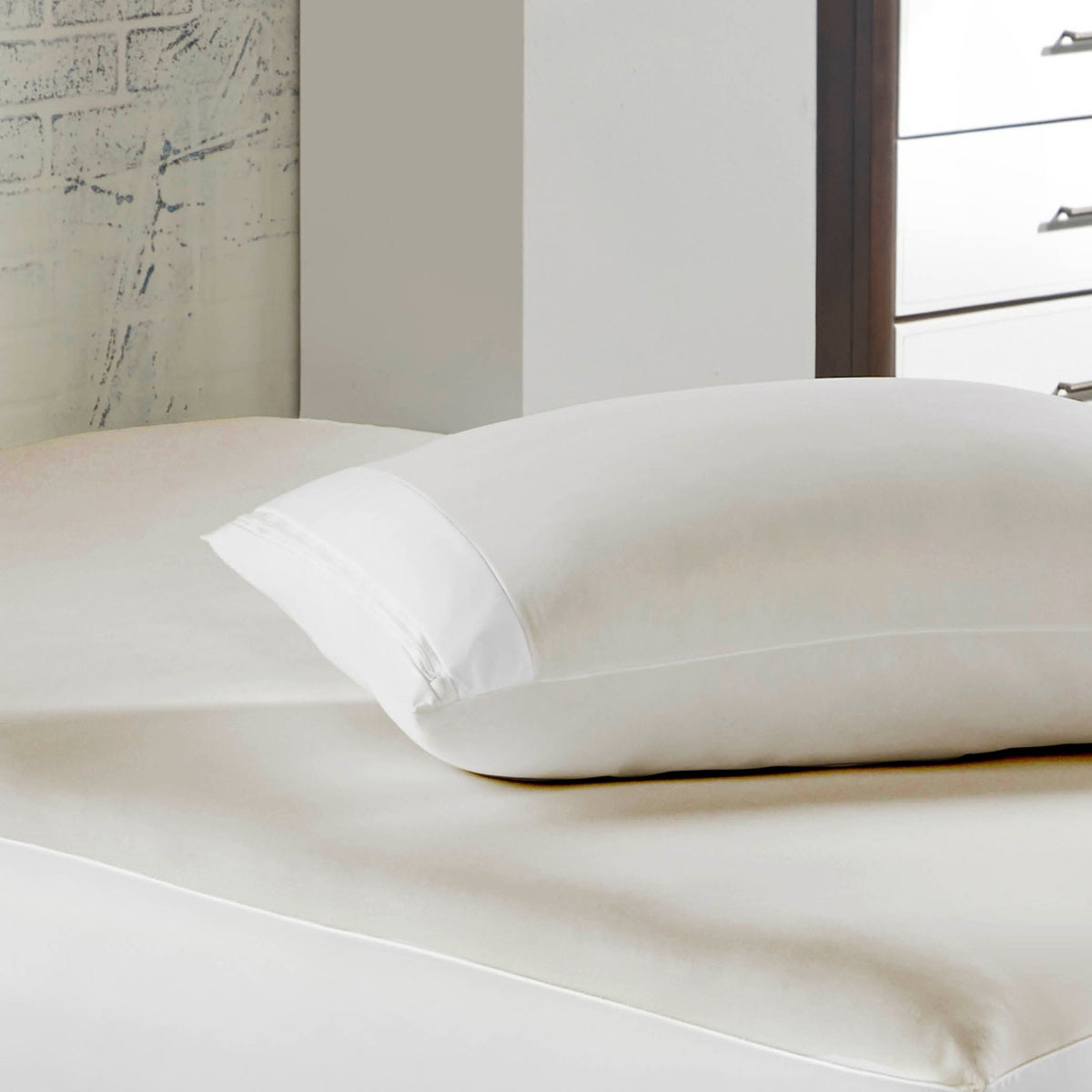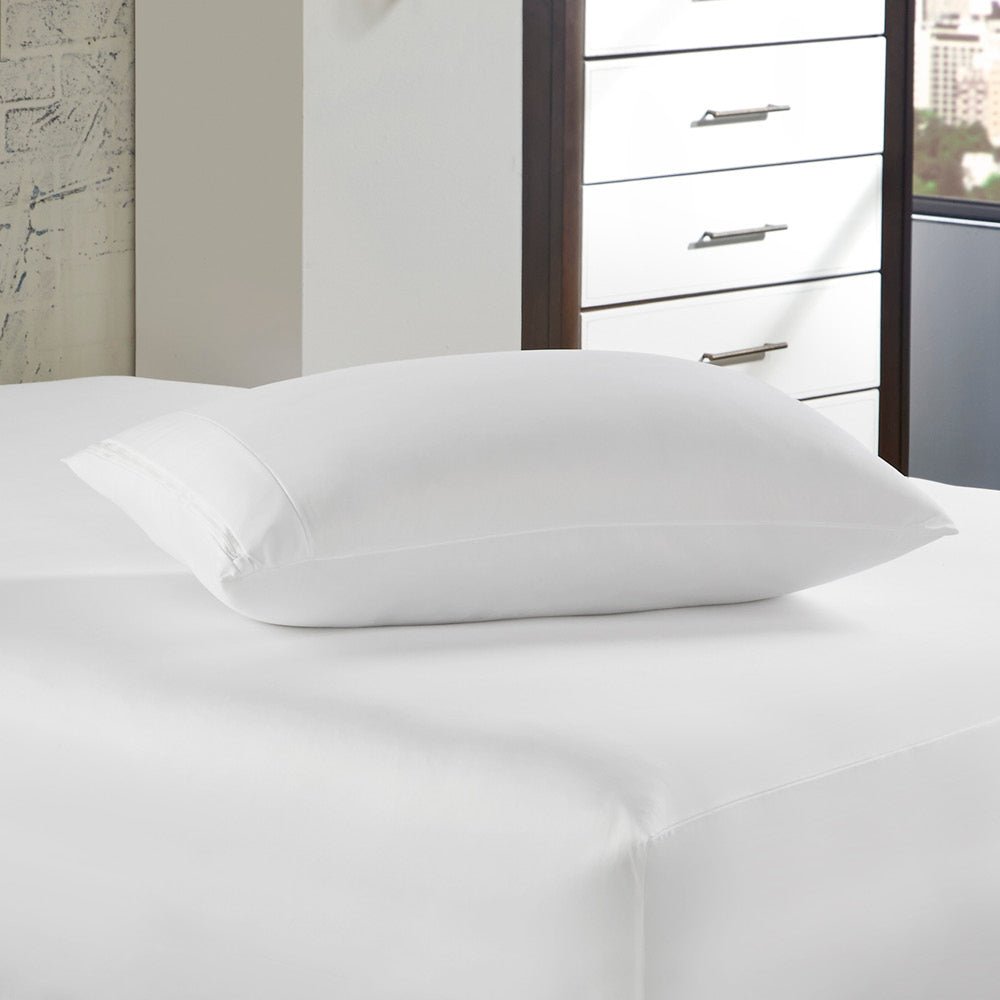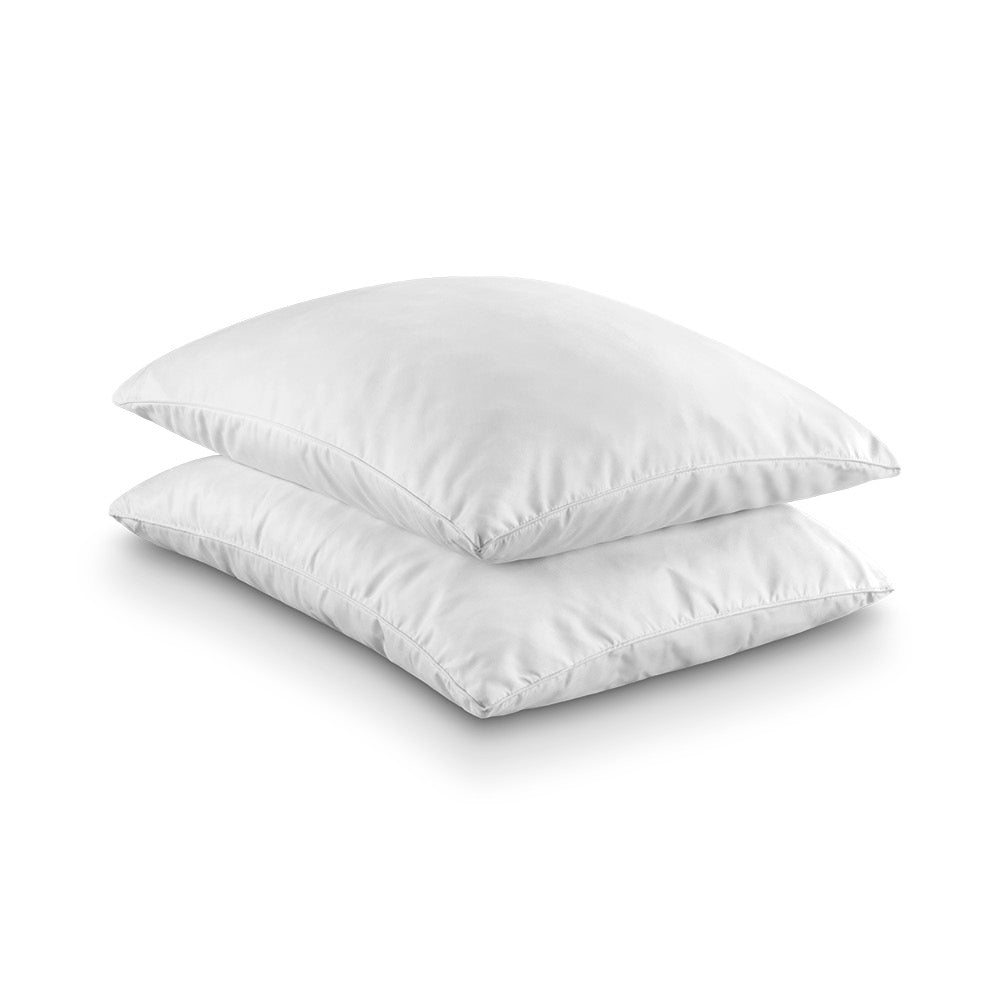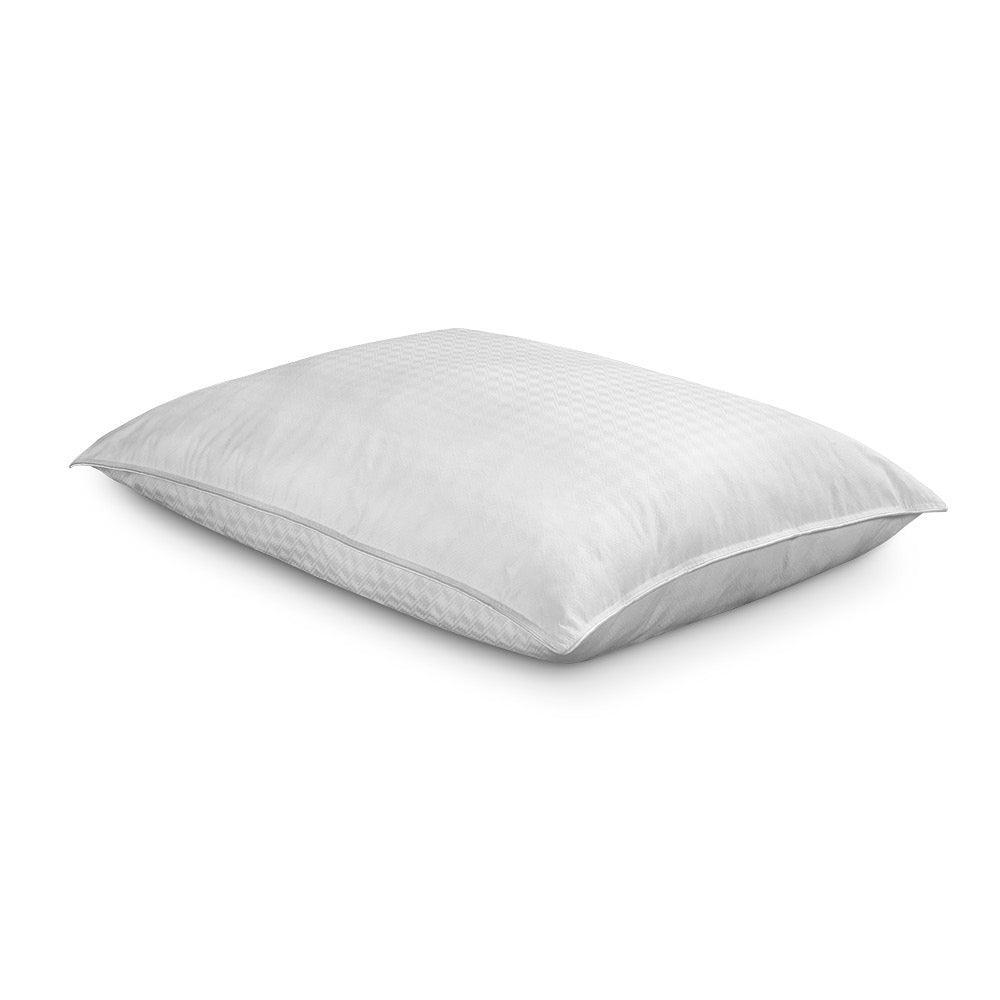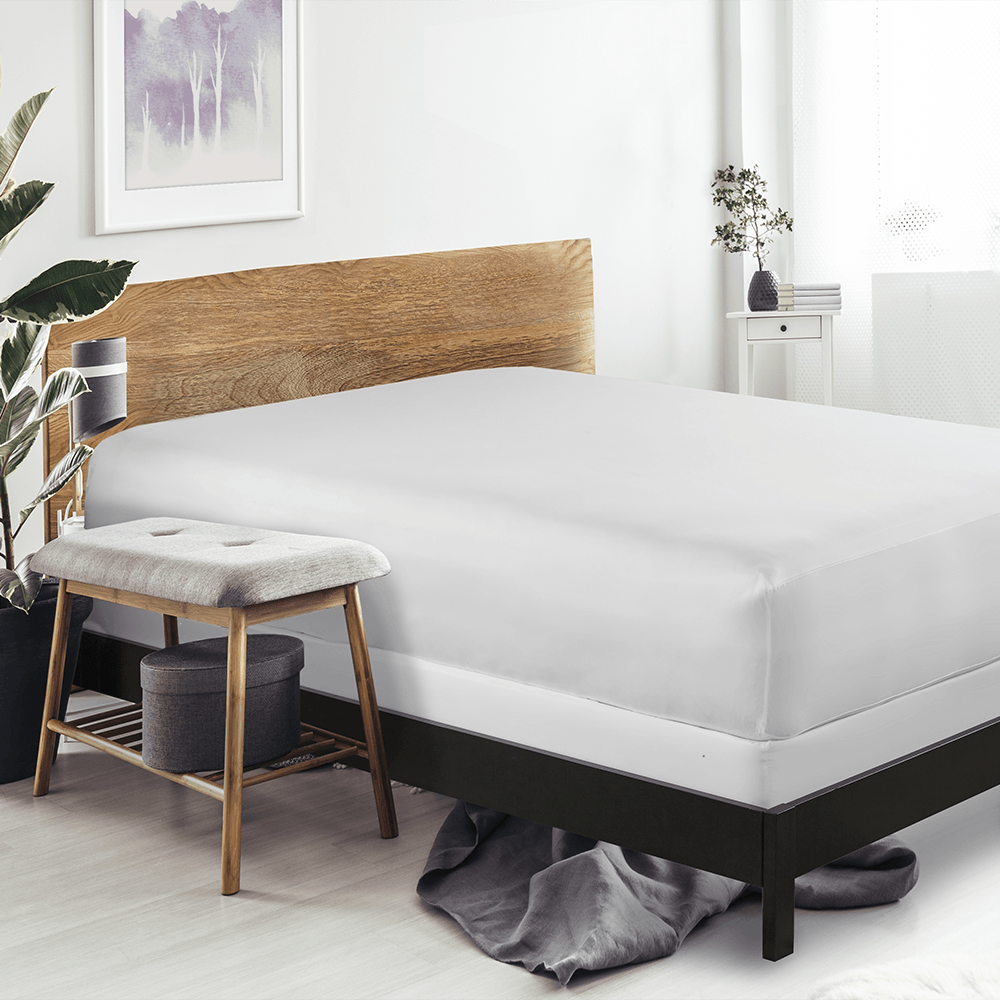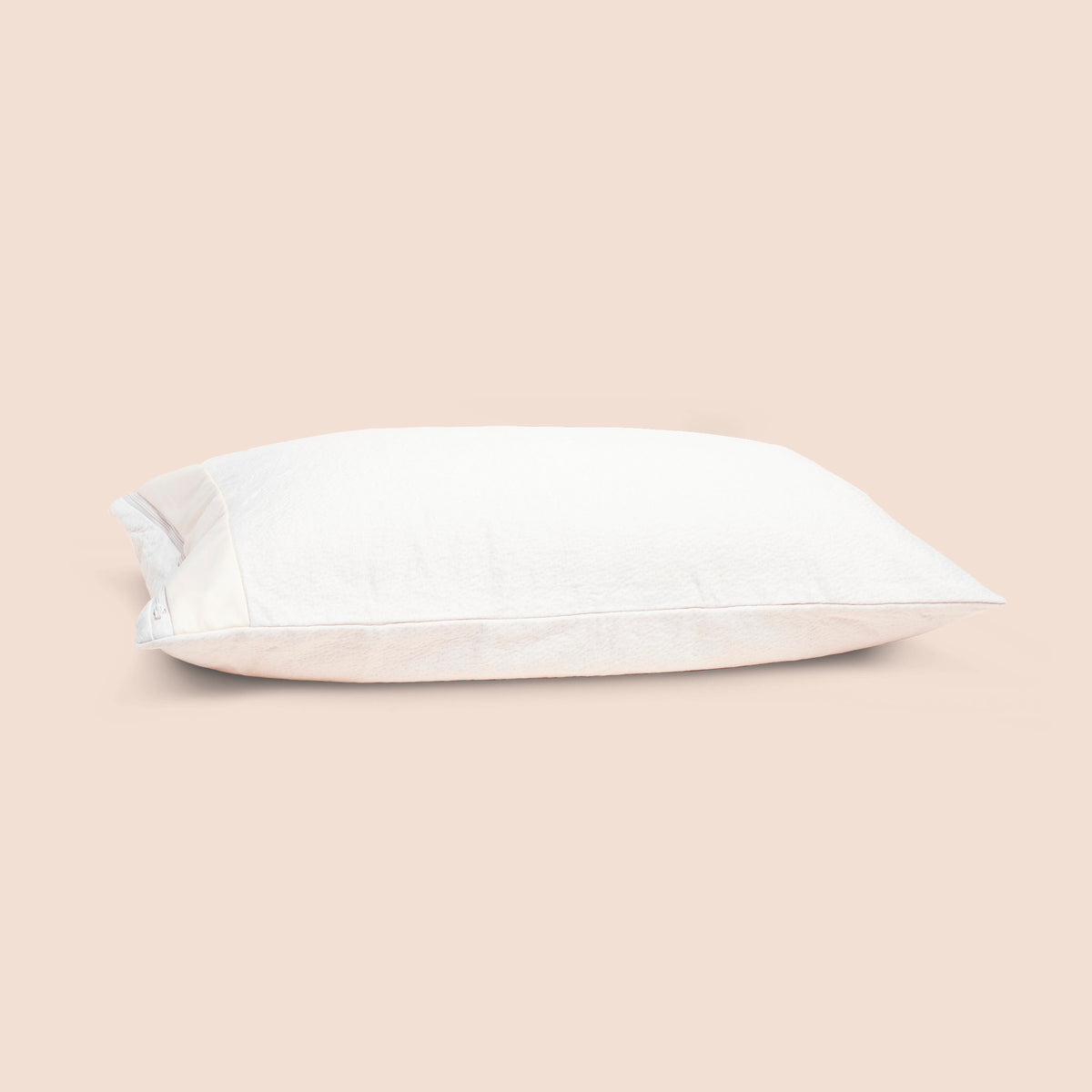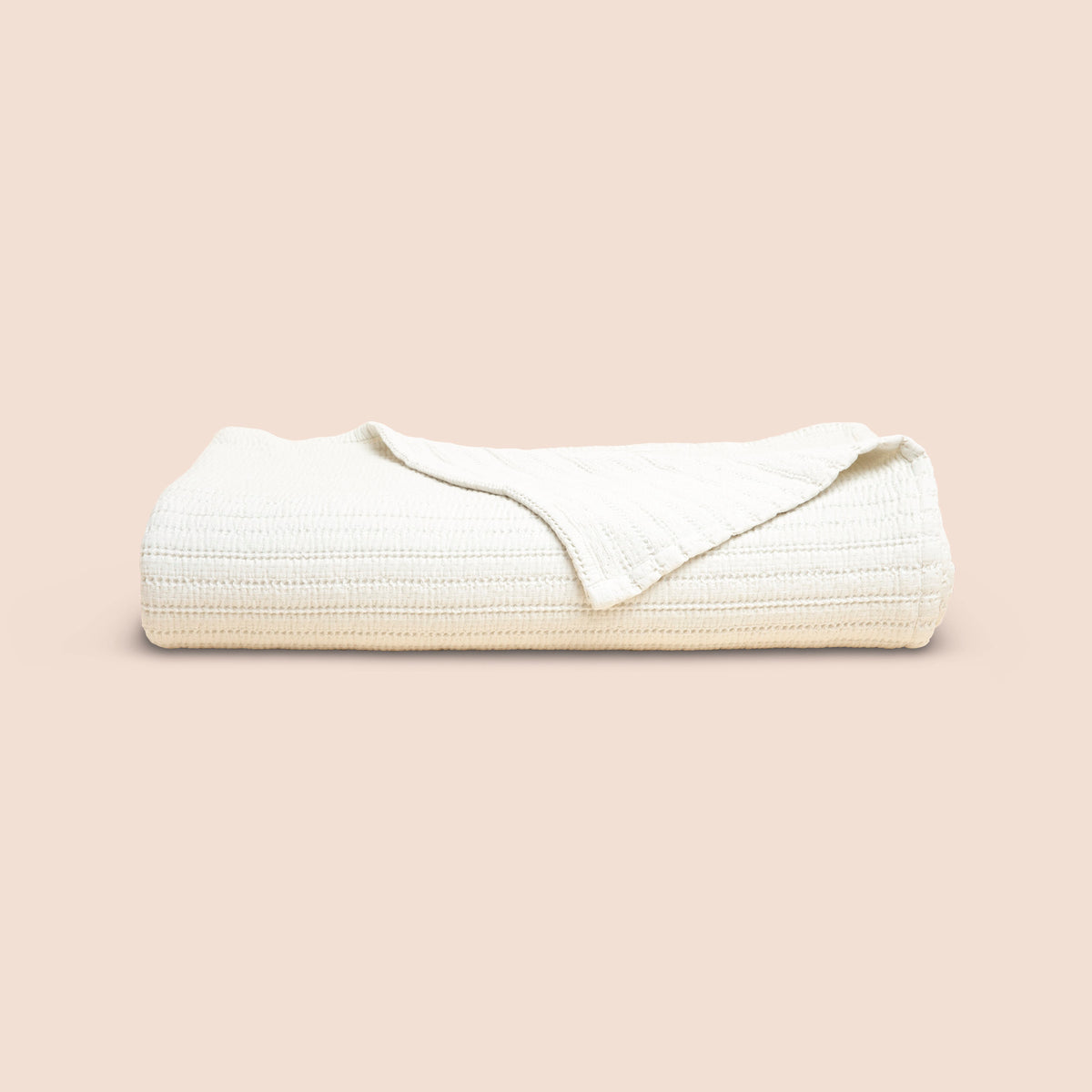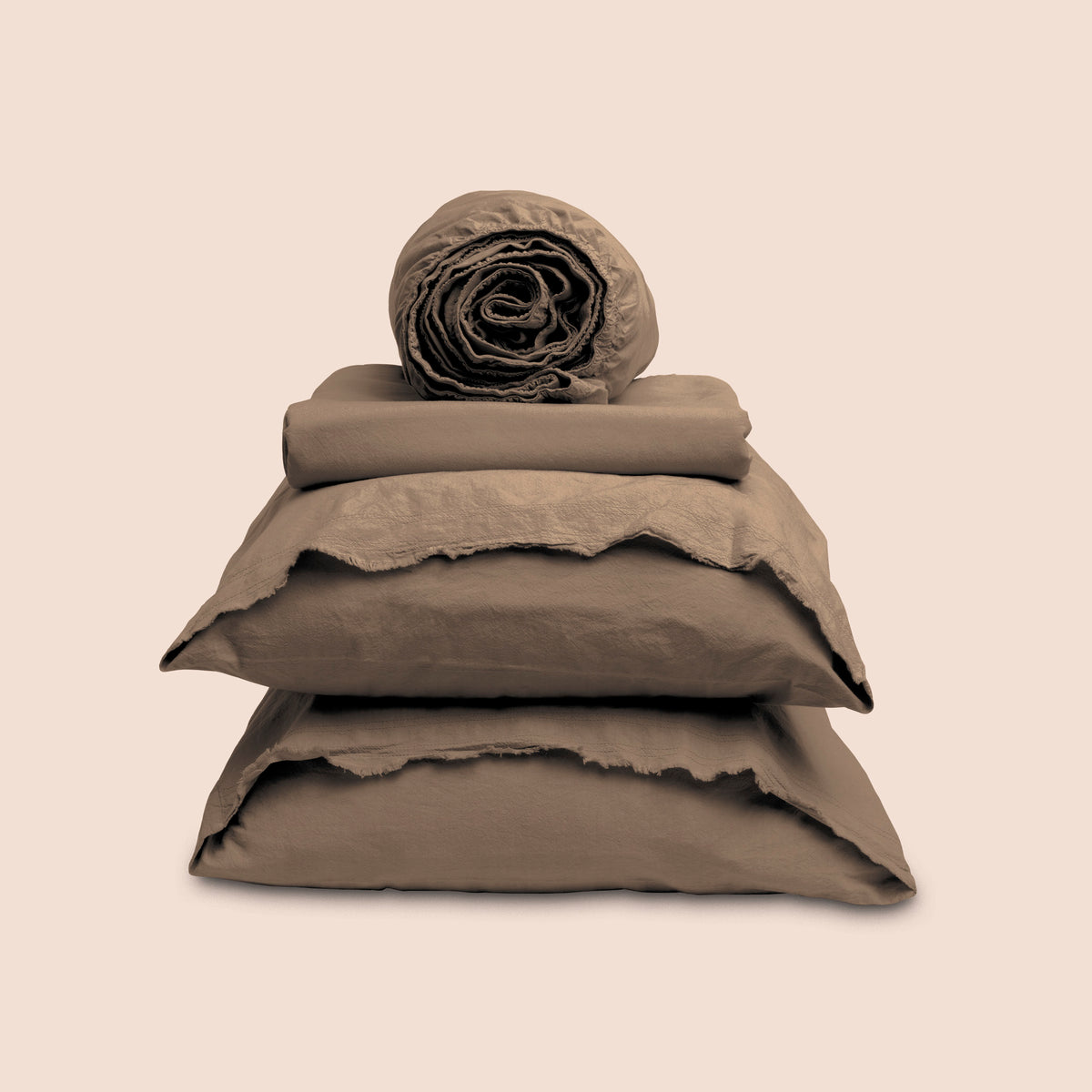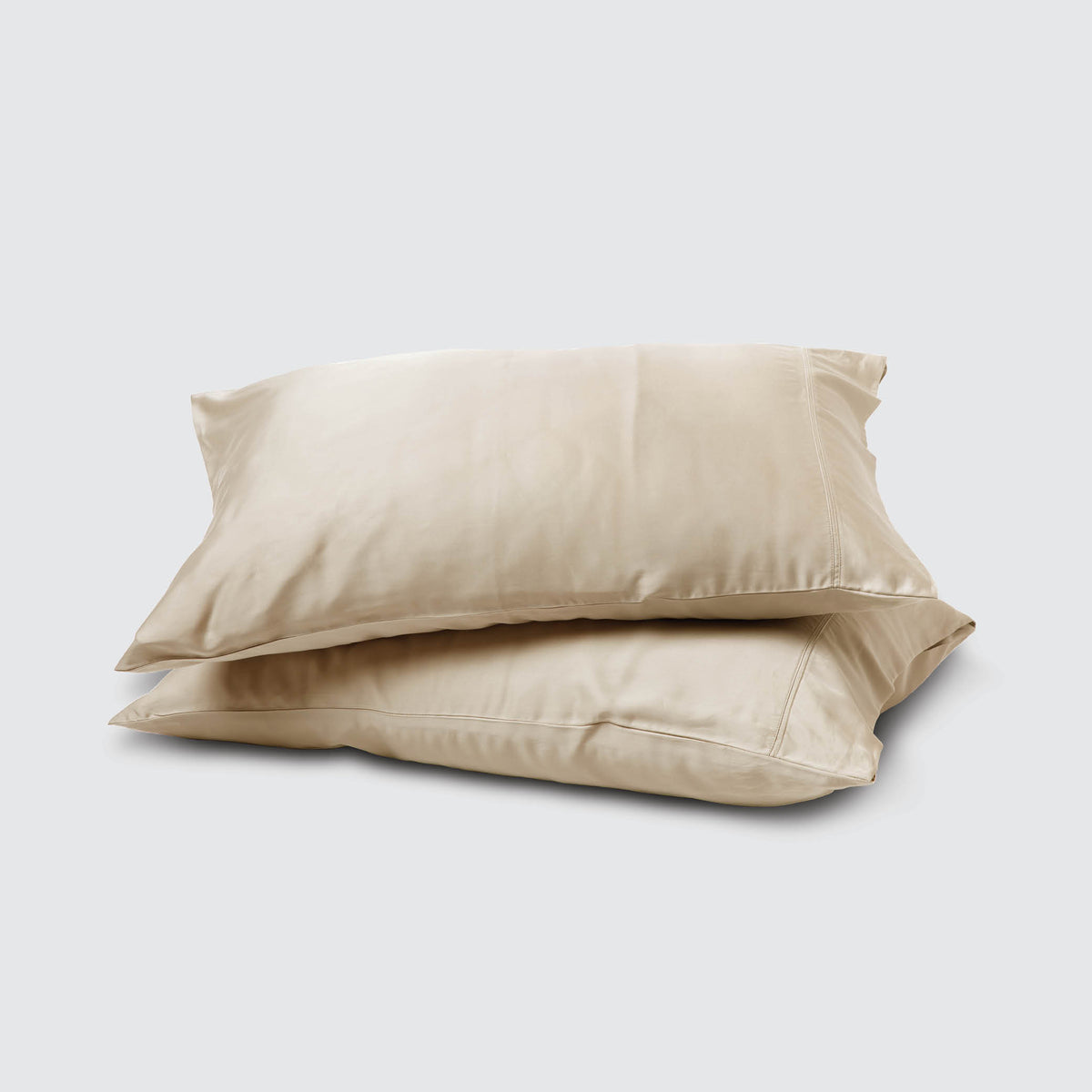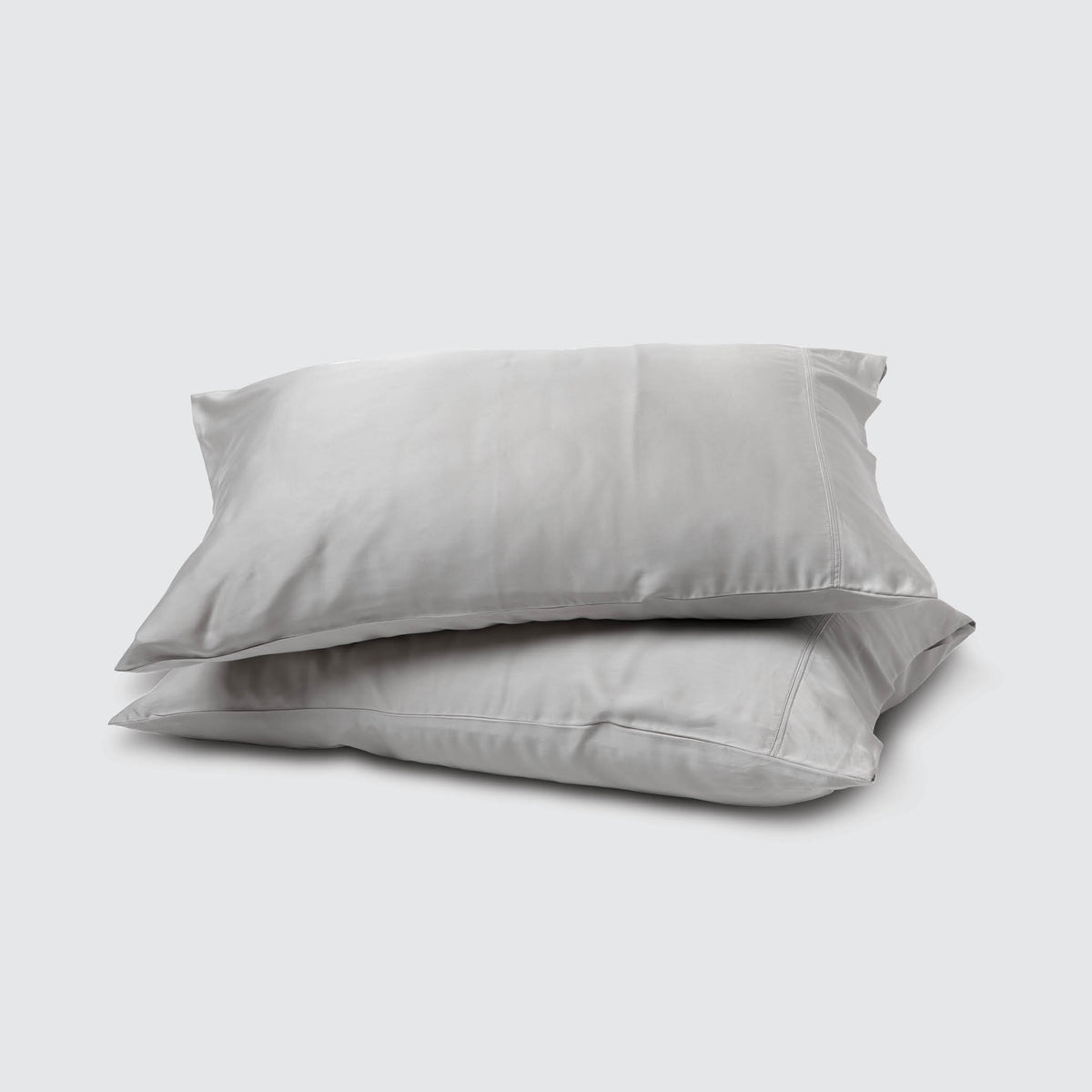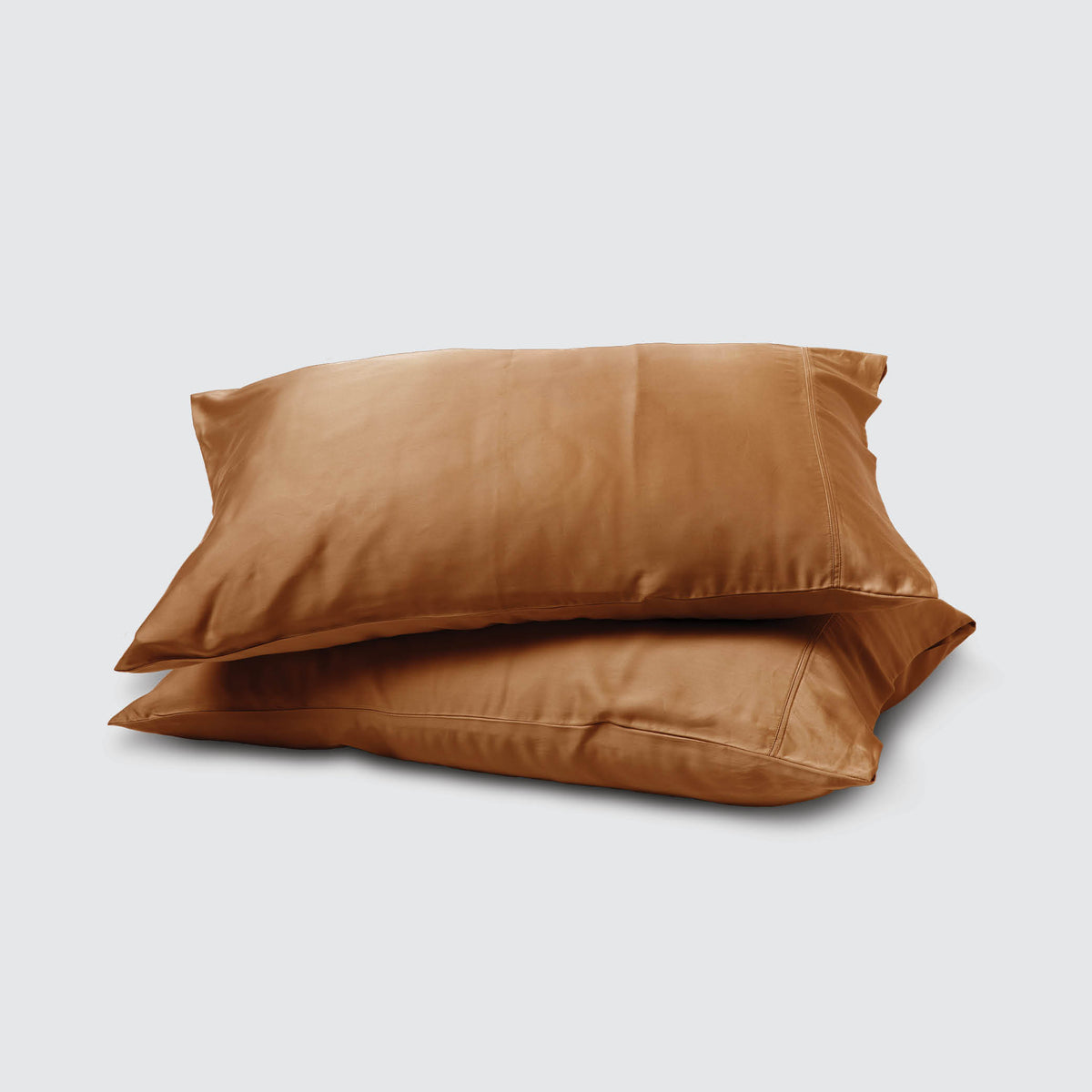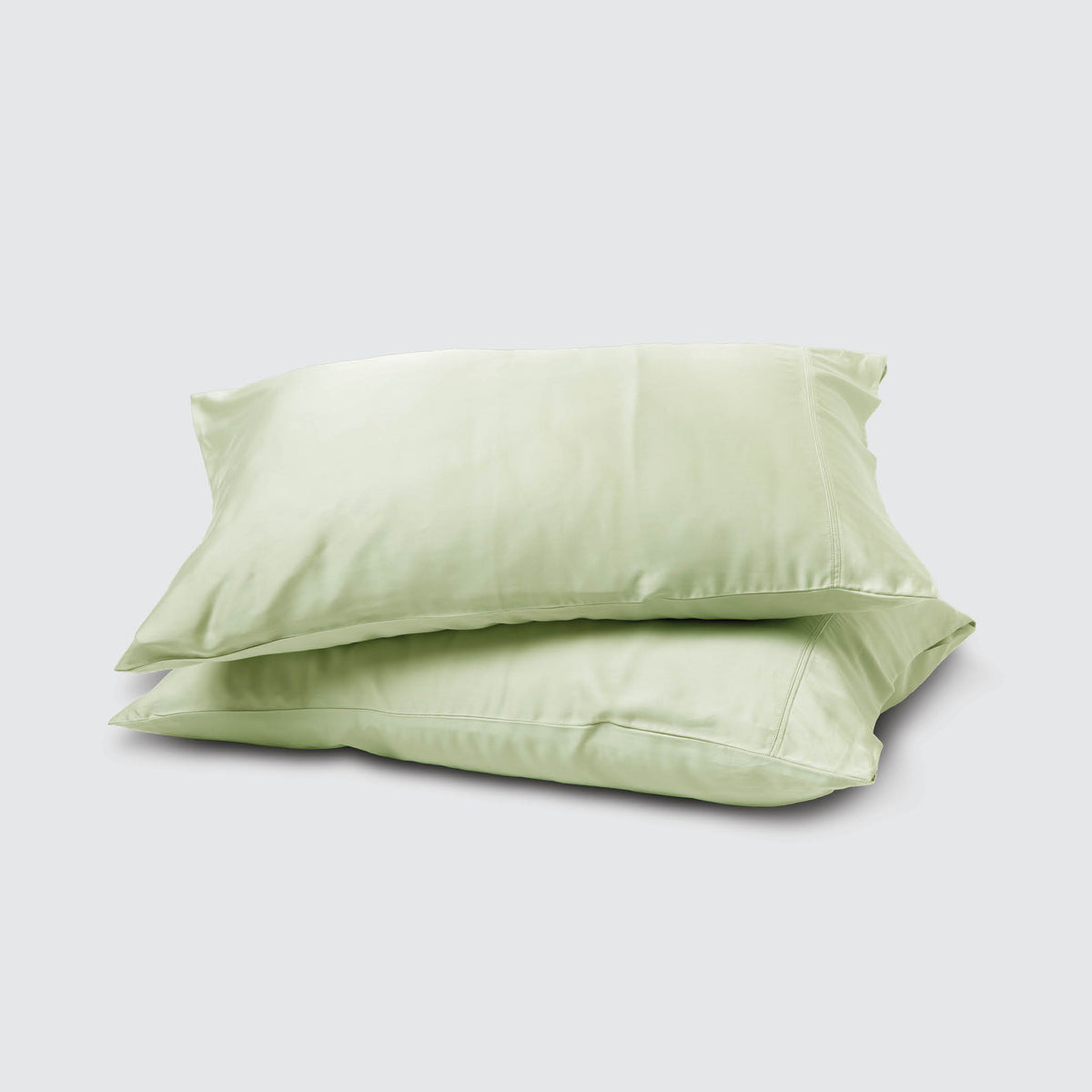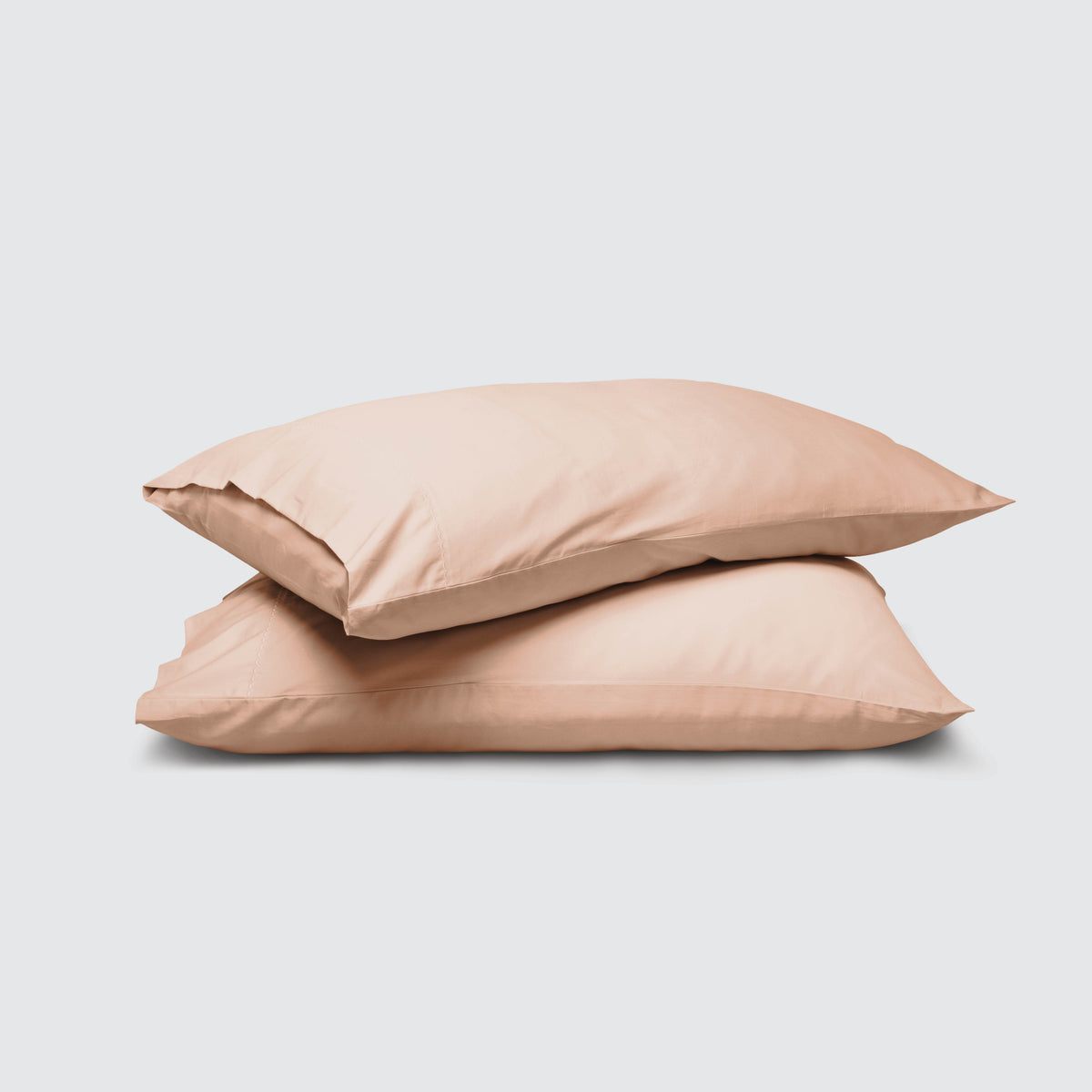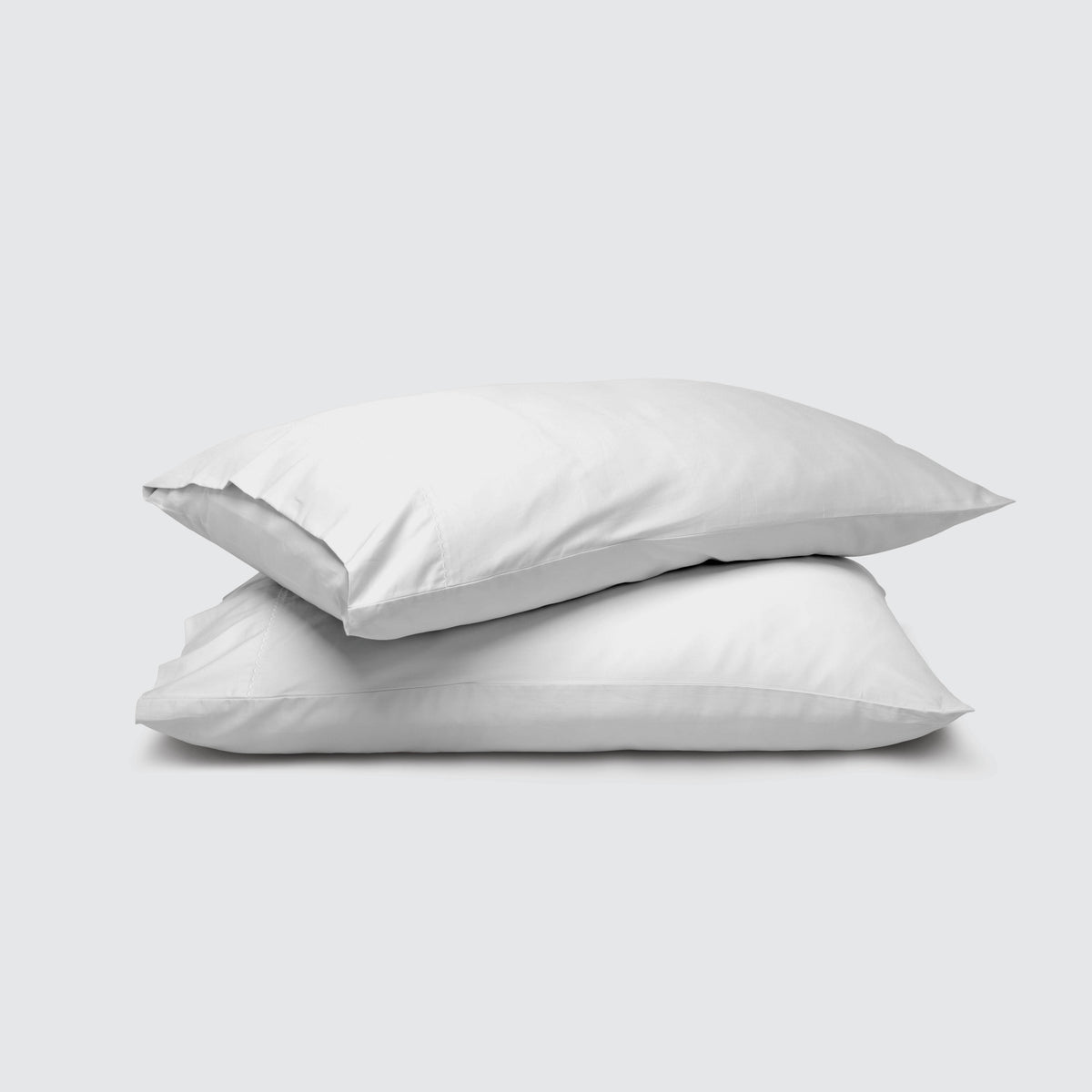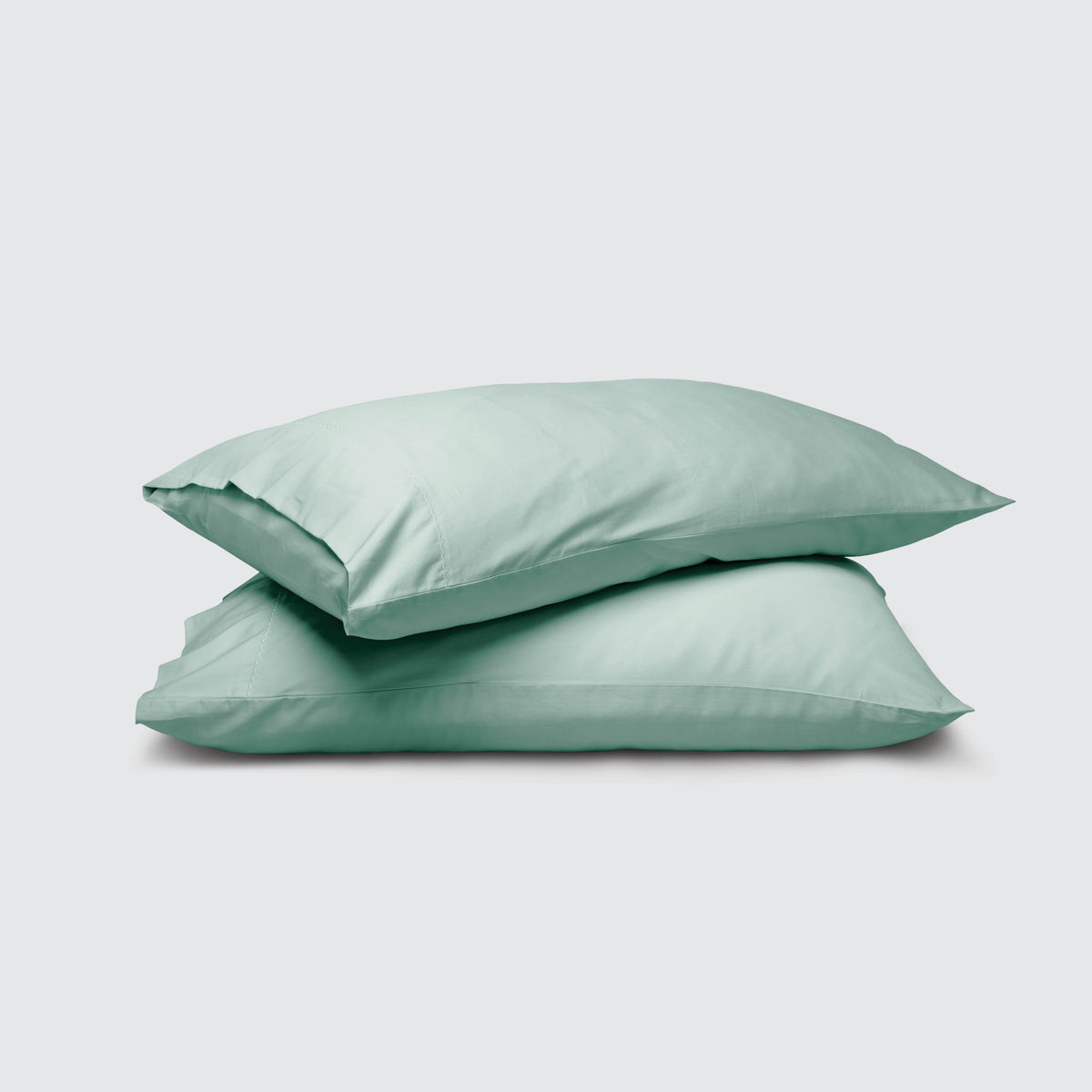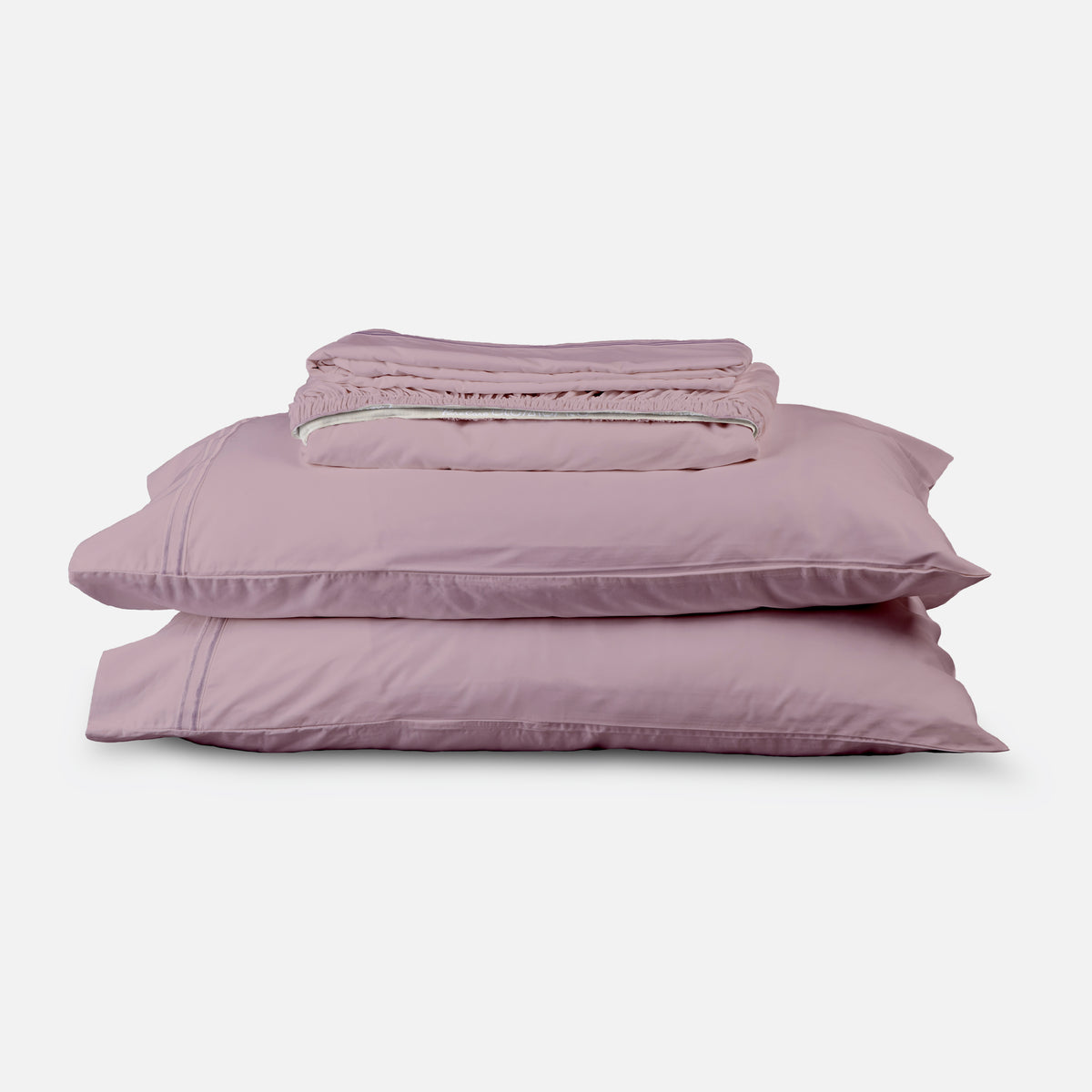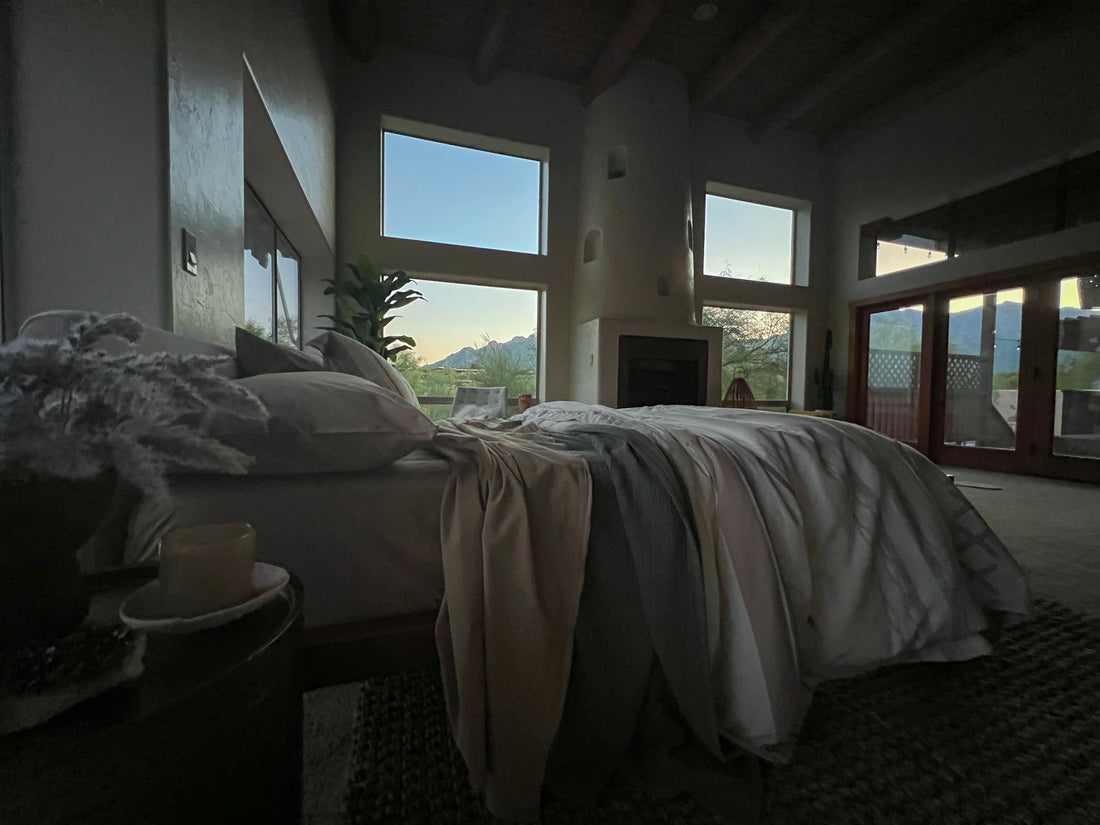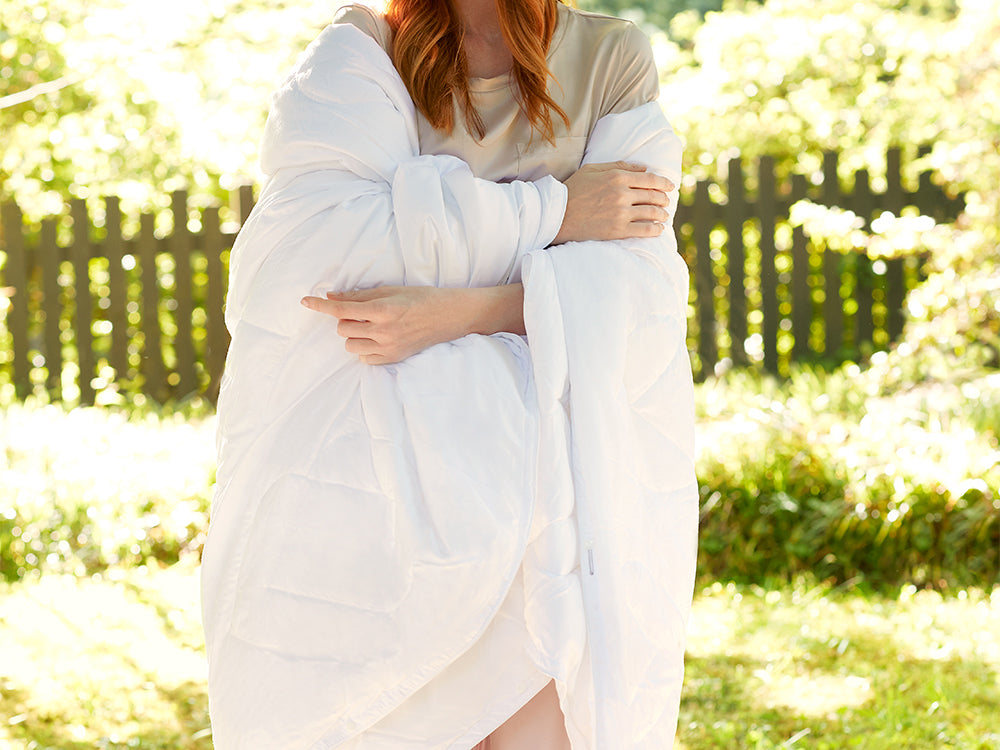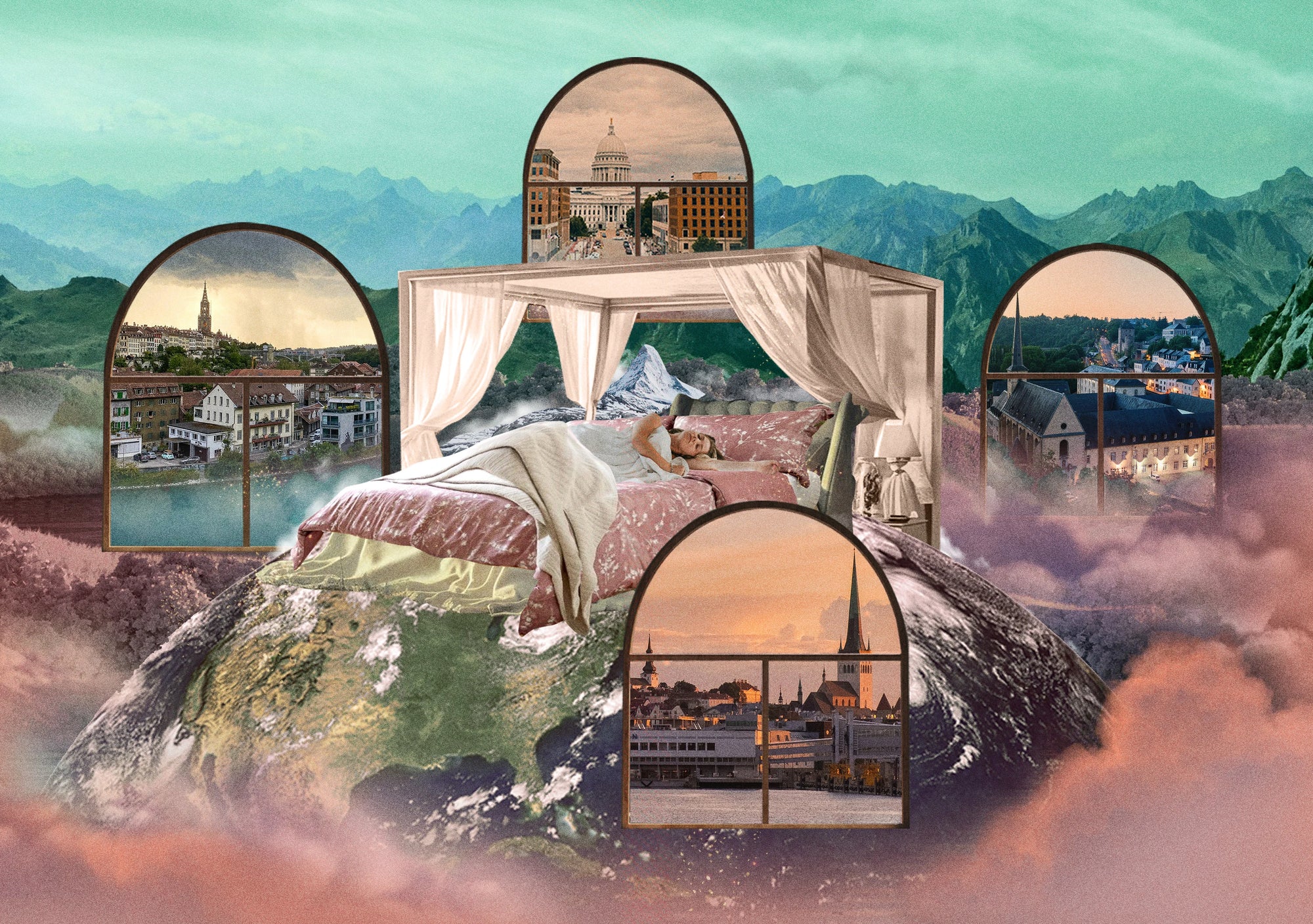From a light perspective, bedrooms can be particularly confusing. We hang out in them. We want them to be fresh and inviting yet relaxing and dim simultaneously. Trying to do it all is often a recipe for decorating disaster, but there are some easy rules when it comes to lighting design for optimal sleep routines.
When it comes to bedtime, what's the best bedroom light? And how can you illuminate and paint your bedroom to get there? We're answering common questions about your nighttime lighting questions.
What's the Best Ambient Light for Sleep?
The recommended light for sleep is as dark as possible, with a maximum of 1 lux, a unit of illuminance equivalent to a moonlit sky.
Before bedtime, the recommended light in your bedroom should be under 10 lux (around the lighting level of an illuminated path in the park at night).
These are not regular lux measurements, typically measuring the amount of light that bounces off a surface. Instead, they're measured in Melanopic EDI (equivalent daylight illuminance). What does that mean? Well, it's how our retinas perceive light in such a way that it can alter our sleep/wake cycles. So blue light, which we're particularly sensitive to, is weighted heavily on this scale.
The ideal sleep darkness at 1 lux measured in Melanopic EDI also looks like:
- A room lit by a single candle
- A dark, overcast twilight evening after the sun has set
- The darkest, overcast day just after sunrise, especially in a polar region
- The controlled lighting room in a museum gallery meant to preserve sensitive art
- A room lit by a single smartphone
Why the Light in Our Bedrooms is So Important
Light is a crucial mechanism in sleep.
Our retinas send messages to our brains, sensing the ambient light in our environments and keeping our day/night circadian rhythms aligned. Even many blind people use light signals from the environment to adjust their circadian rhythms.
Light sends the signal that causes a chain reaction that culminates in sleep. The whole process is the brain's version of a "bedtime routine":
-
Light Detection: The retinas in our eyes detect changes in ambient light as day turns to sunset and then nighttime. Photoreceptor cells in our retinas are sensitive to these changes, especially to blue light wavelengths.
-
Signal to the Brain: The cells in our retinas send signals directly to the suprachiasmatic nucleus (SCN) in the hypothalamus, the brain's "master clock."
-
Melatonin Production: In response, the SCN gives the okay to the pineal gland to start producing melatonin, the hormone that promotes sleepiness.
-
Body Temperature Regulation: Alongside melatonin production, the body begins to lower its core temperature, a process that is also regulated by the circadian rhythm and signals from the SCN.
-
Decrease in Cortisol: Cortisol, often called the "stress hormone," has a circadian rhythm that is opposite to melatonin. As melatonin levels rise, cortisol levels fall, which helps us wind down.
-
Activation of the Parasympathetic Nervous System: The decrease in light and subsequent physiological changes trigger the parasympathetic nervous system, which supports relaxation and further prepares our bodies for snooze time.
-
GABA Release: As the body prepares for sleep, the brain releases GABA, an amino acid that reduces neural activity, slowing down our brain's activities.
-
Sleep-Wake Cycle Transition: The combined effects of increased melatonin, decreased body temperature, lowered cortisol levels, activation of the parasympathetic nervous system, and increased GABA activity facilitate the transition from wakefulness to sleep. It's lights-out for us.
Why learn this chain reaction? It involves so many sleep-helper hormones and amino acids that you can trigger by altering the light in your bedroom. Take the first step, and your body will help you accomplish the rest.
Painting Your Way to a Relaxing Bedroom
An inviting haven for rest might include darker colors. Because white and bright colors reflect light, airy bedroom light reflects off walls and furniture, creating energy and a sense of activity. Darker colors absorb light, keeping things still and calm.
Since light patterns are a huge part of how our brains prepare for sleep, releasing melatonin and lowering cortisol when darkness falls, painting the bedroom a deep, dark color can be one way to train our bodies to fall asleep better.
There are caveats for those in studio apartments, or who use their bedroom for multiple, including daytime or work, tasks:
- With the lights out, paint color doesn't matter so much. Choose what you love and feels like an oasis to you.
- Dark colors may bring down the energy you need in a space for daytime tasks.
- Dark colors can be bold, and while sleepers can take decorating risks in private spaces, these owners may be more drawn to light colors for a Zoom-friendly work environment.
What colors are best? If you want to go light, consider neutral whites, rather than pops of bright color, or calming cool-spectrum colors like greens, blues, and lavenders.
Other Tips for Optimizing the Light in Your Bedroom for Nighttime Sleep
There are plenty of tips that can help you master your sleep routine, including these darkness hacks:
Use red lighting before bedtime
While warm light is best, red light is even better. It impacts our sleep-wake cycles the least.
Block light with blackout curtains
Heavy-duty blackout shades block light sources from the environment. If you live on a busy street or work shits and sleep during the day, they can be a lifesaver.
Eliminate artificial light, especially blue light from electronic devices
Even if your bedroom is dark, the smartphone in your hand likely isn't. And that light's particularly damaging to our circadian rhythms, so turn off monitors and lay down your phone.
Turn on your night light
If you or a partner regularly navigate the path to the bathroom or a child's room and hesitate about sleeping in absolute darkness, try a small light designed for nighttime. Bonus points it you can outfit it with warm-spectrum light.
Use an eye mask
Block ambient light from urban environments with an eye mask. With less light reaching your eyes, fewer false daytime signals reach your brain.
The Best Lighting in Your Bedroom Environment? Keep it Dark
Sleep quality relies heavily on exposure to light, as natural light dims in the evening and sets off the cascade of events that end with us falling asleep.
It stands to reason that we'll conk out easier when we go with the flow of the natural light cycle. For better sleep, that means a dark bedroom. Keeping your bedroom dark means you block light at night and see your soothing bedroom space as a respite from the daytime hustle and bustle. You can also consider transforming your bedroom into a cooling oasis that builds on a healthy sleep environment, keeping your body relaxed and comfortable all night.
Accomplish that with lighting and color for the best combination of lighting design and fabulous bedding, and ultimately, you'll see less of your bedroom as you doze off faster, stay asleep longer, and get a healthy night's sleep.

